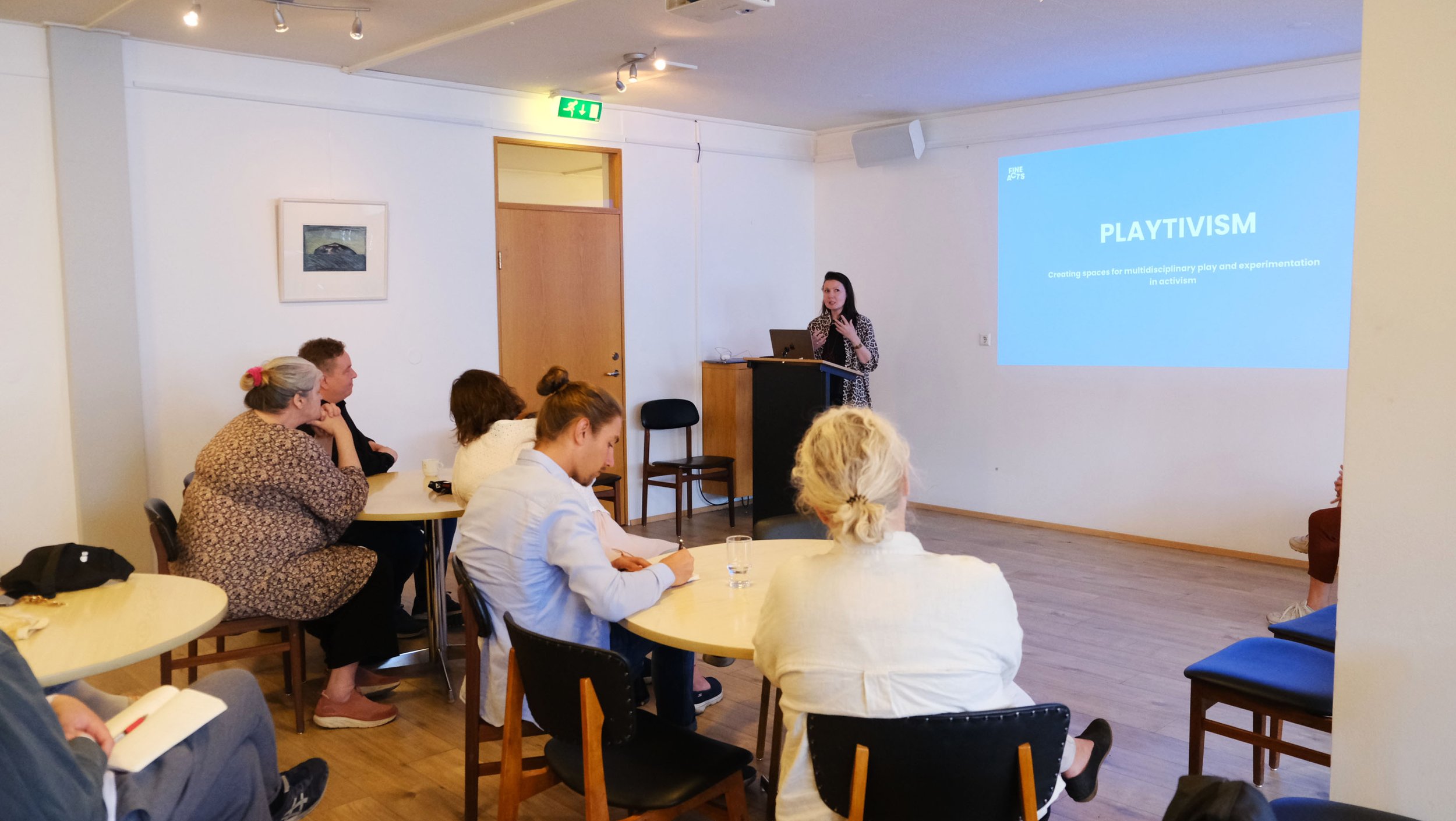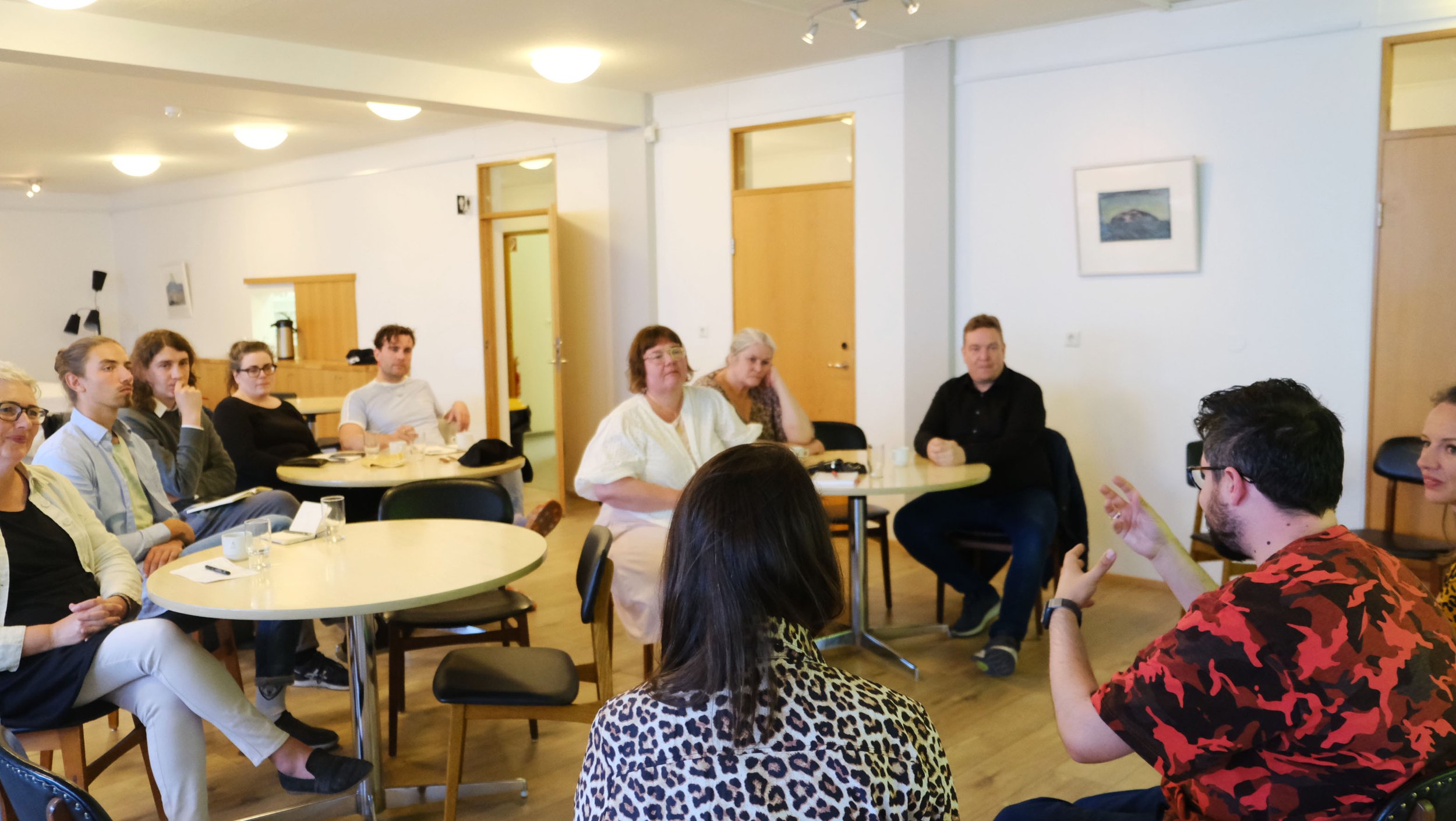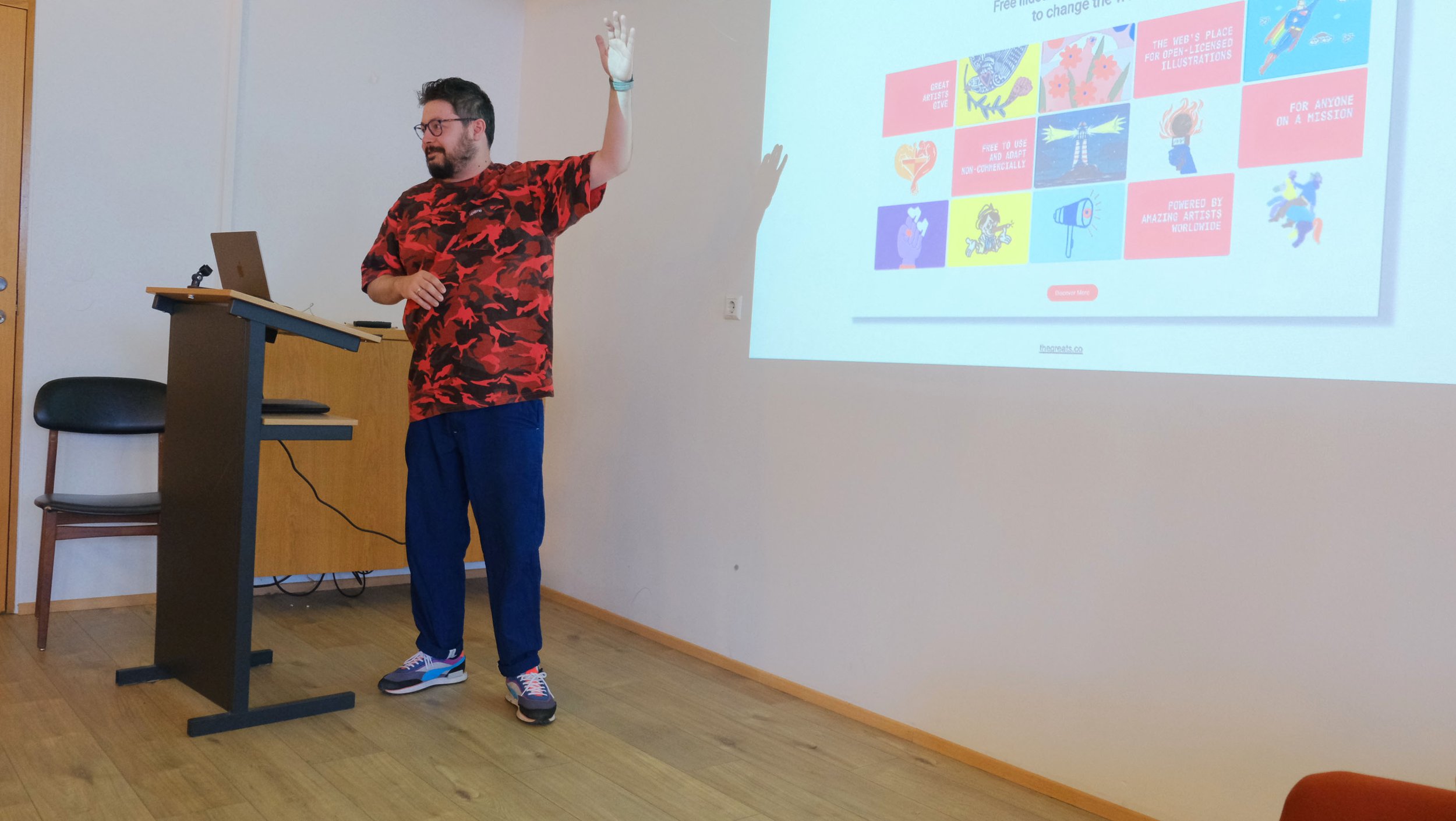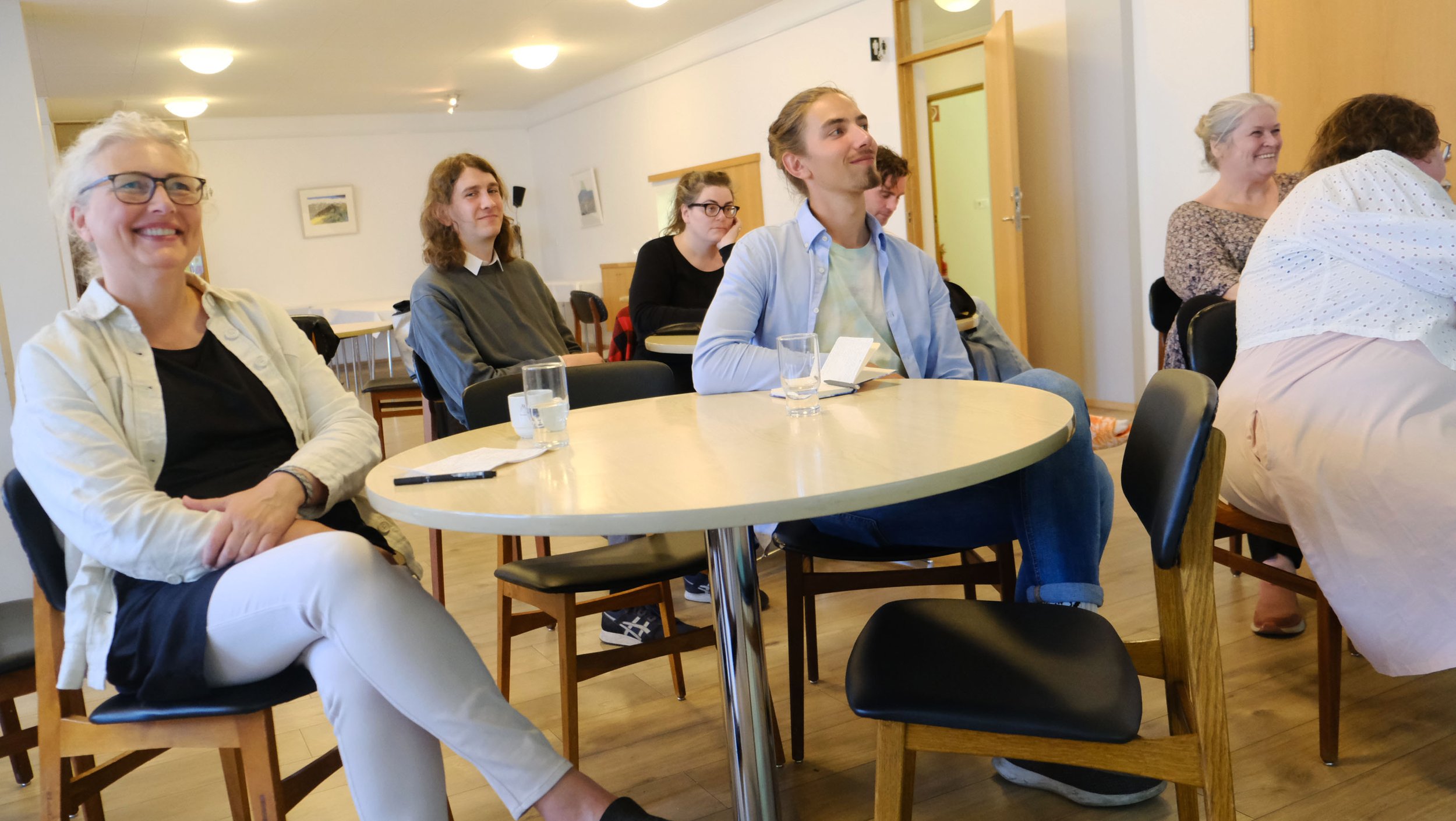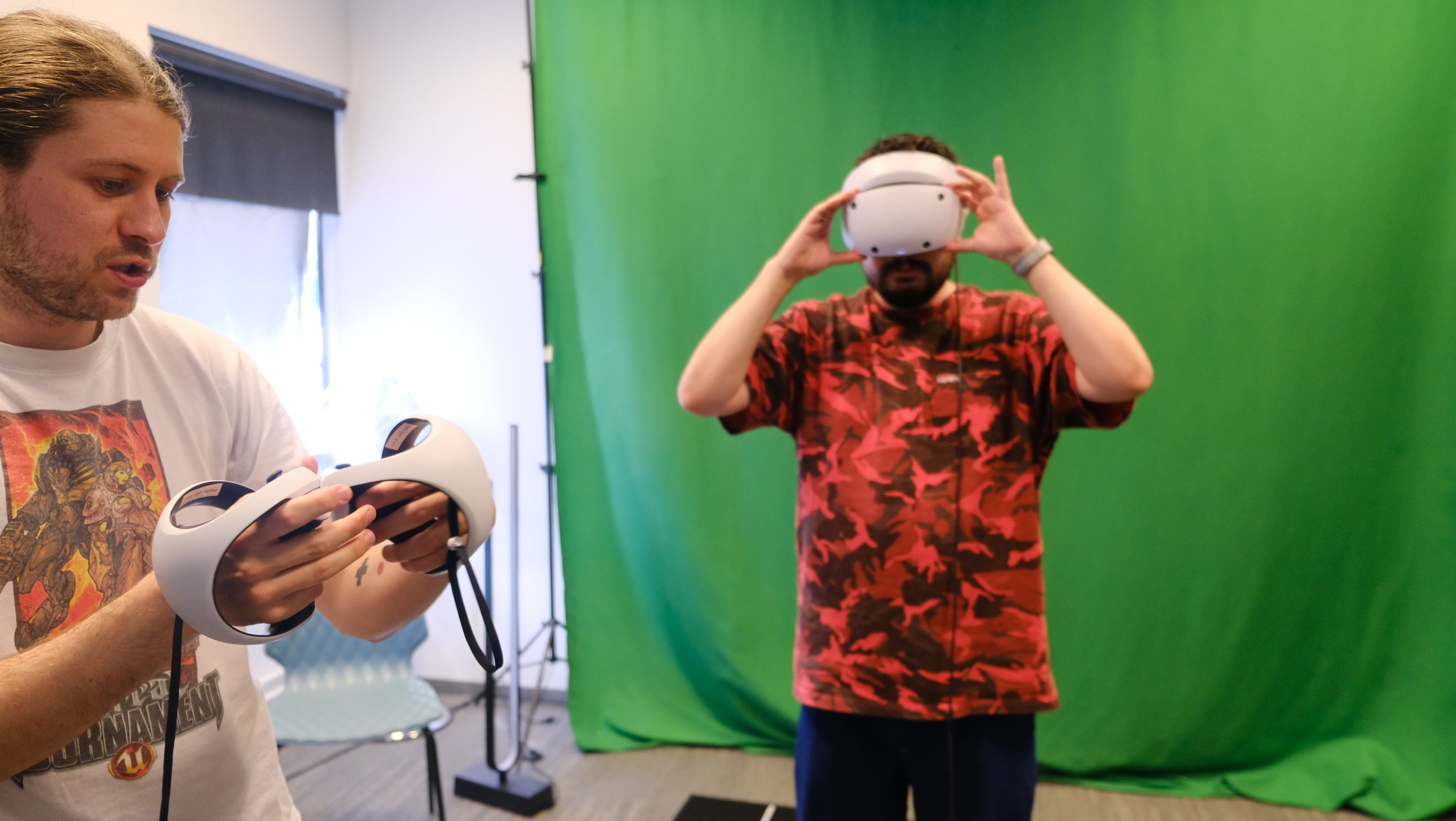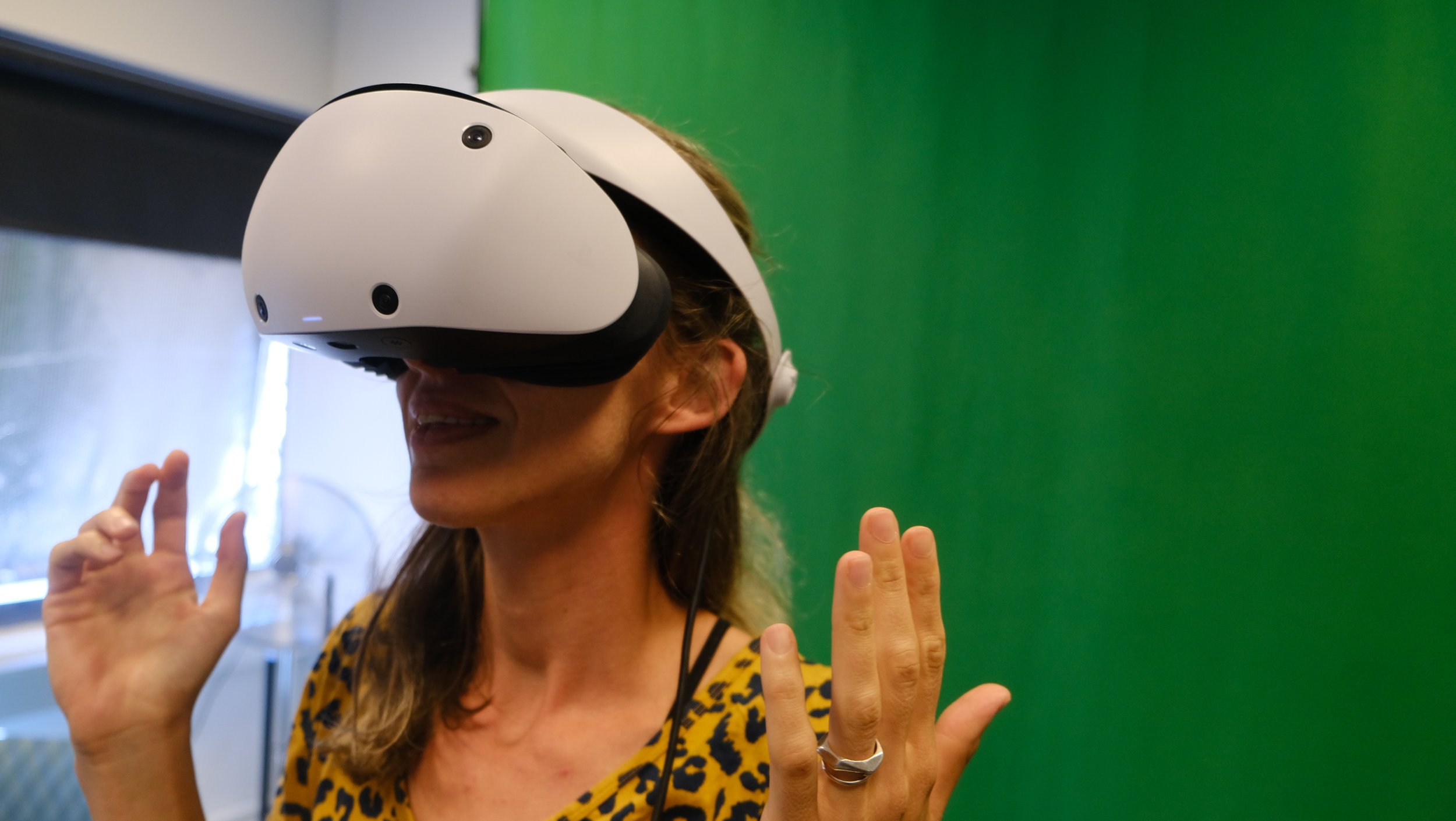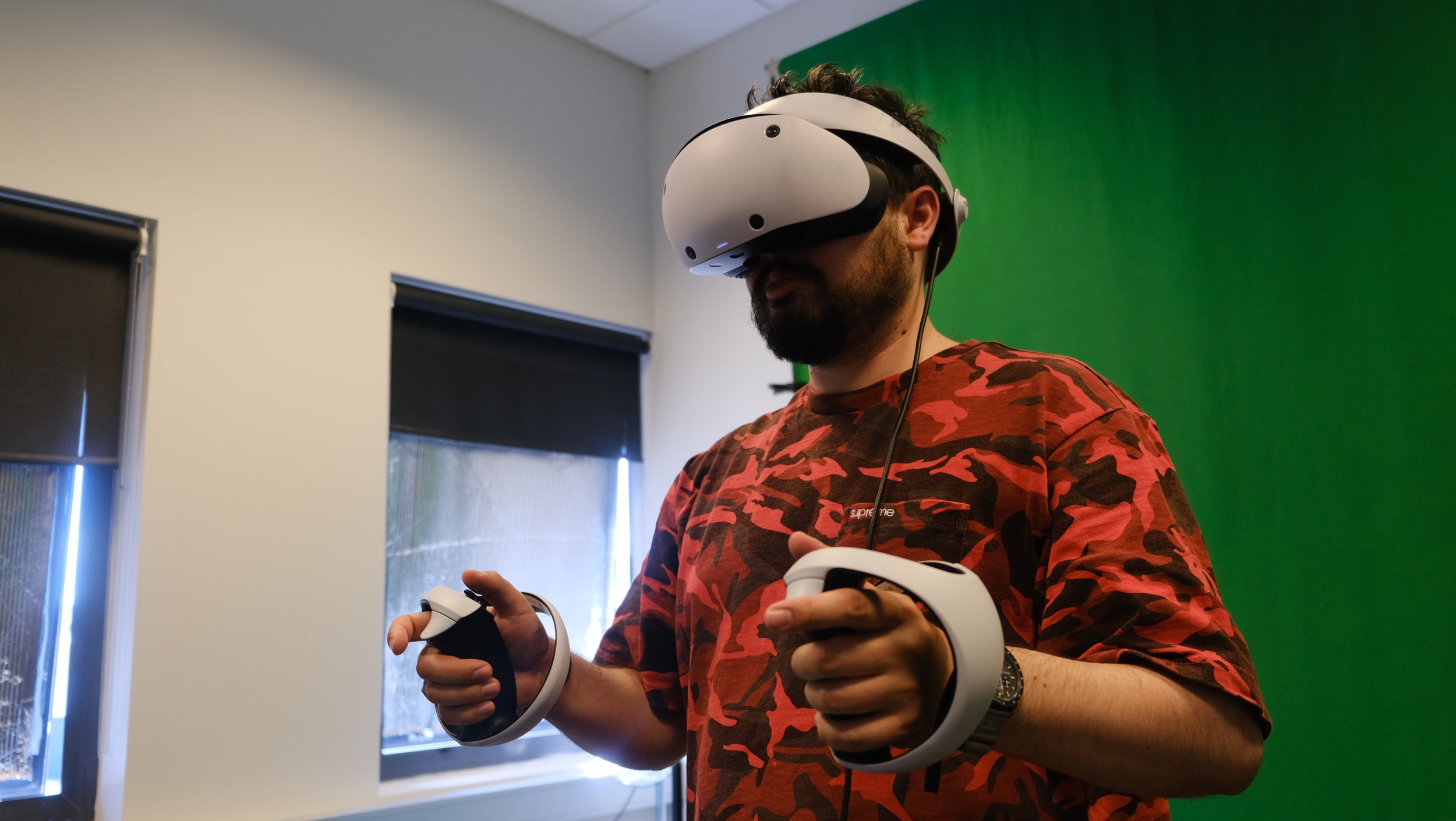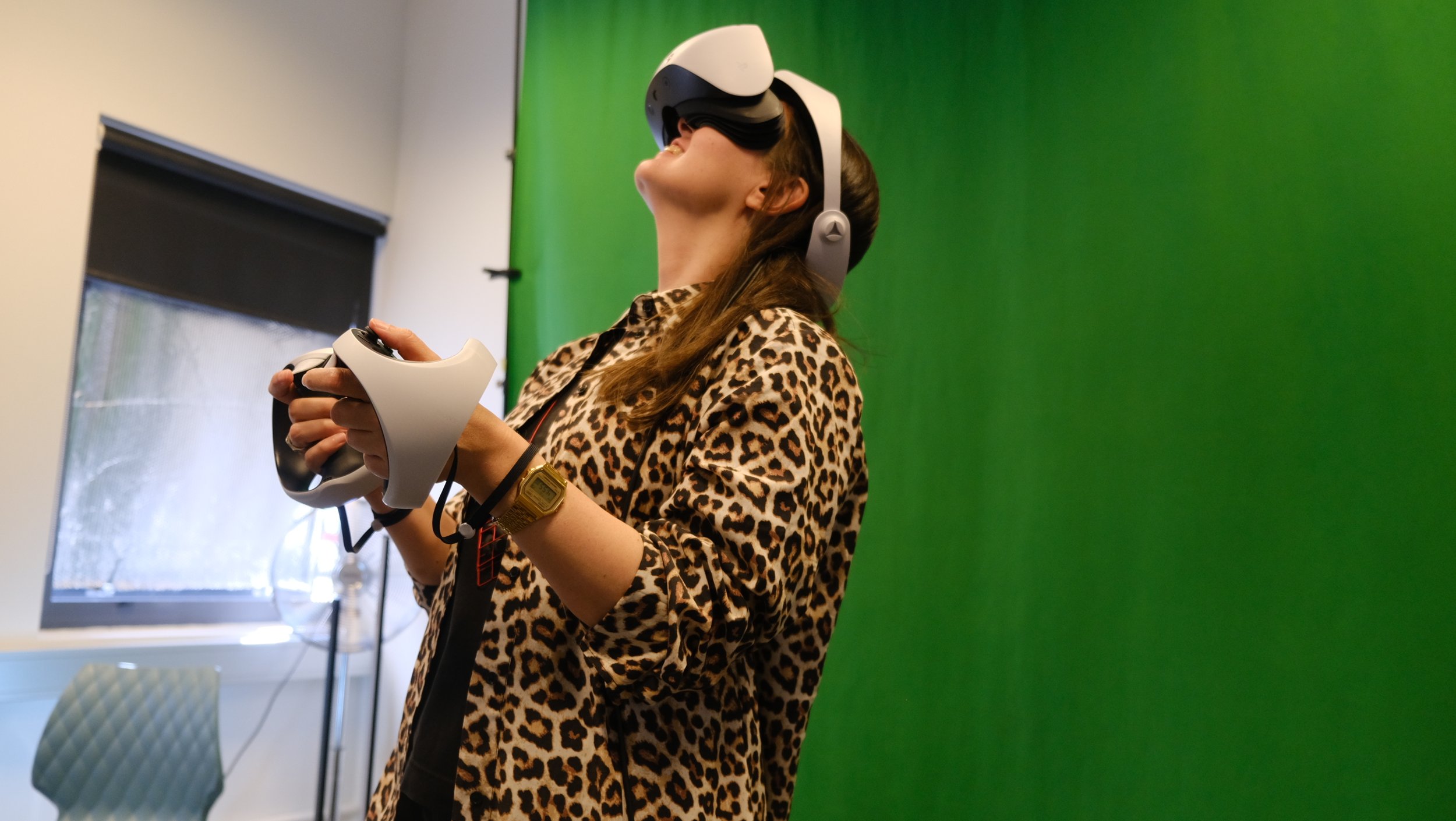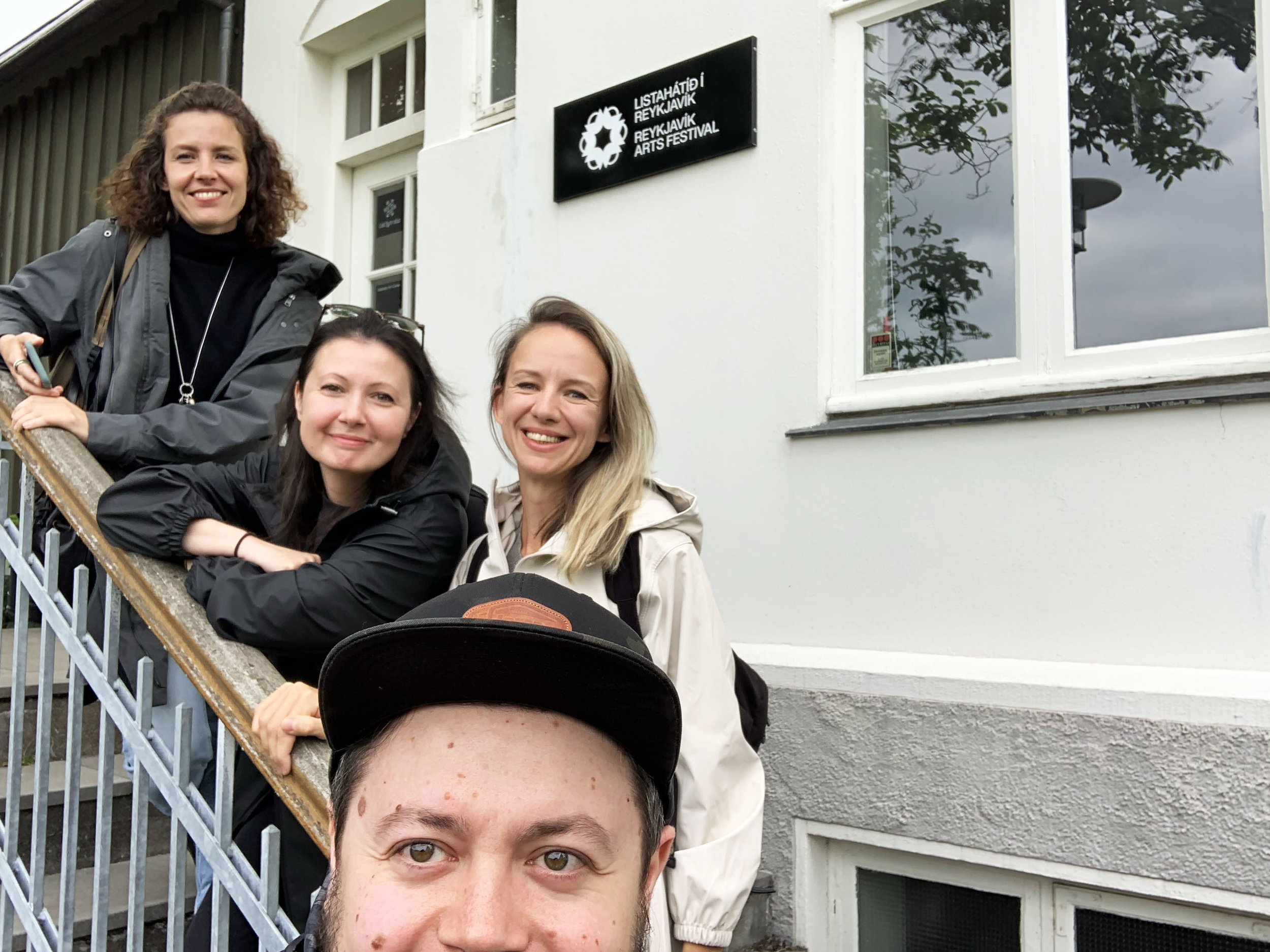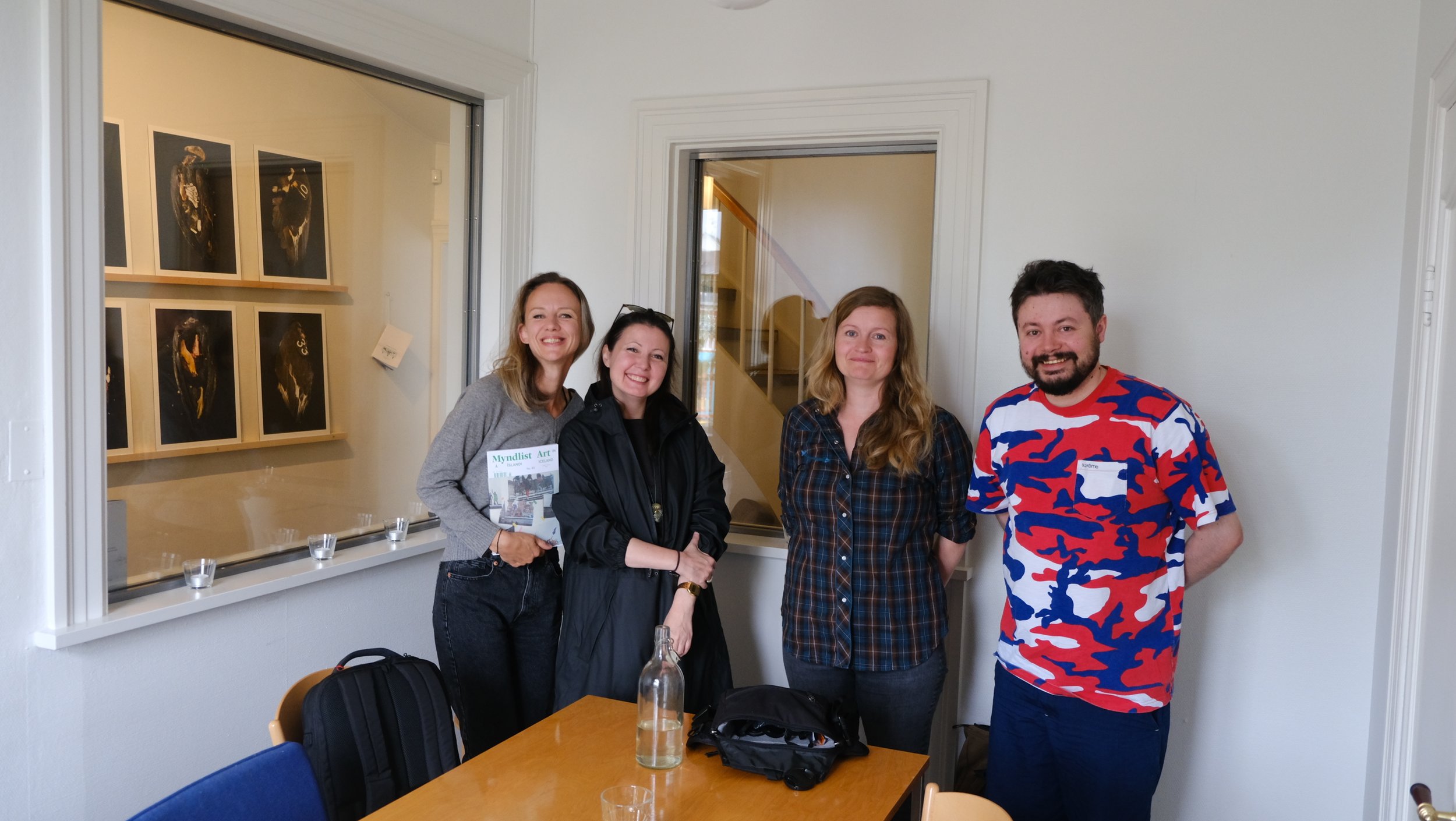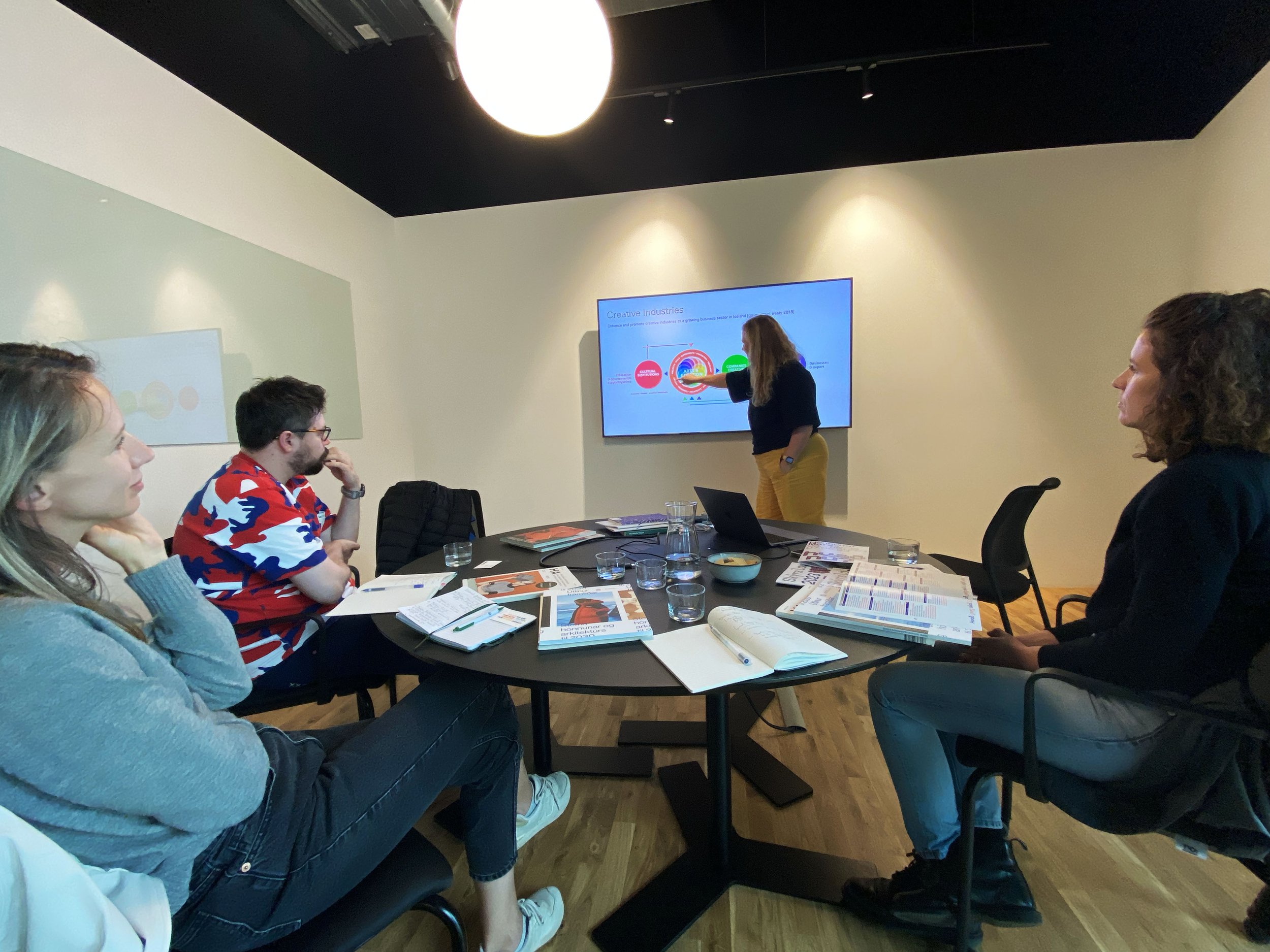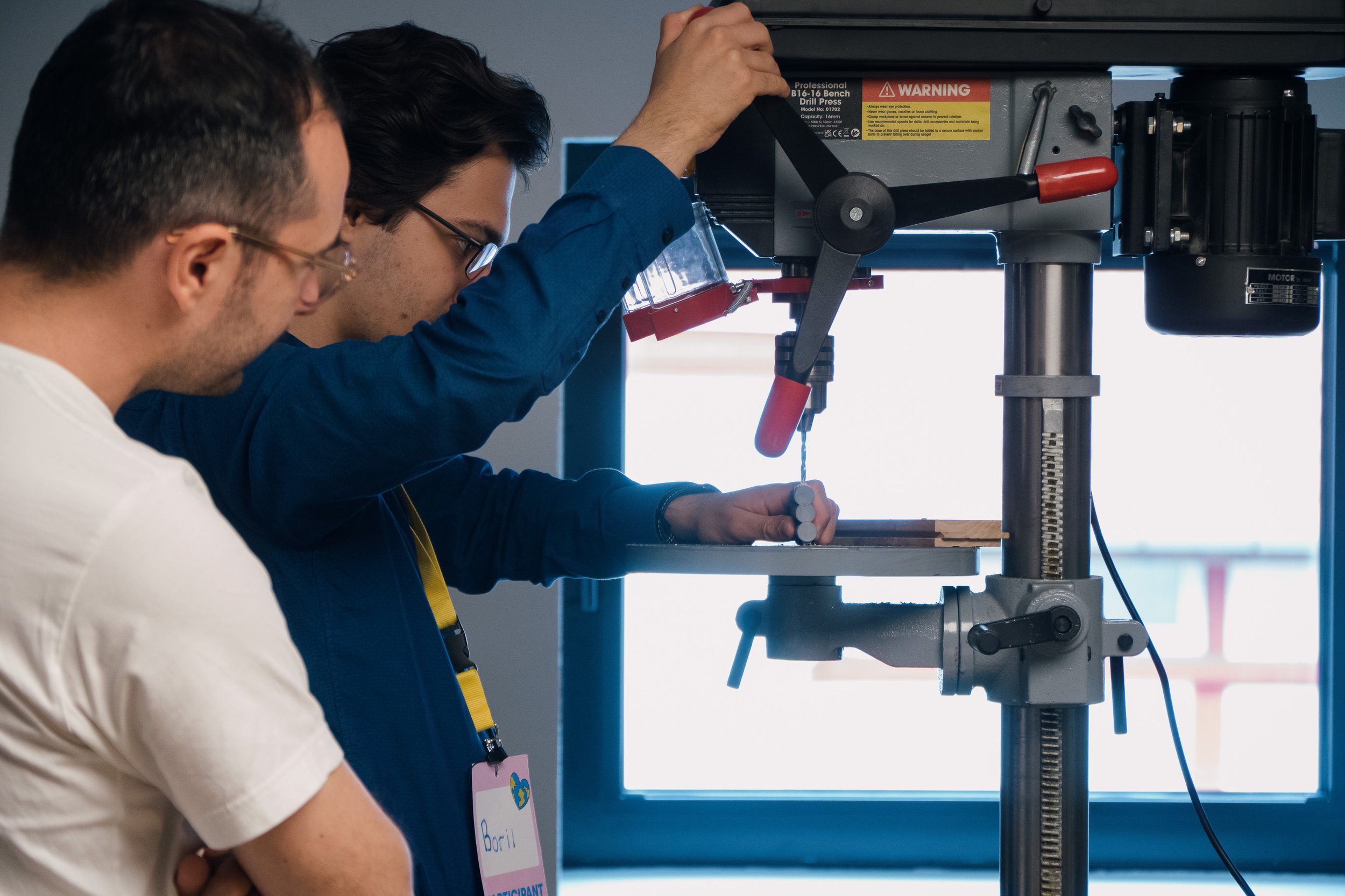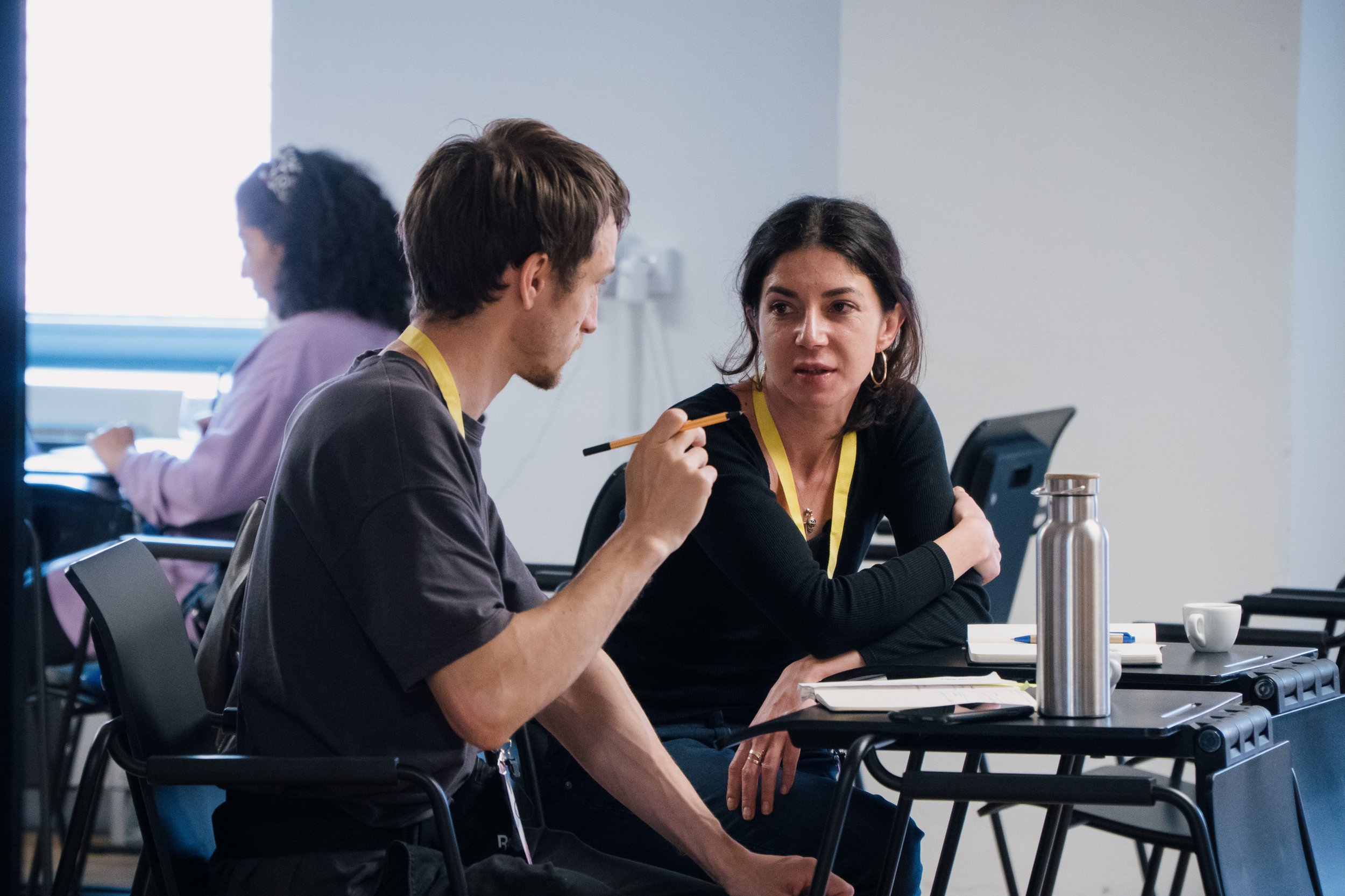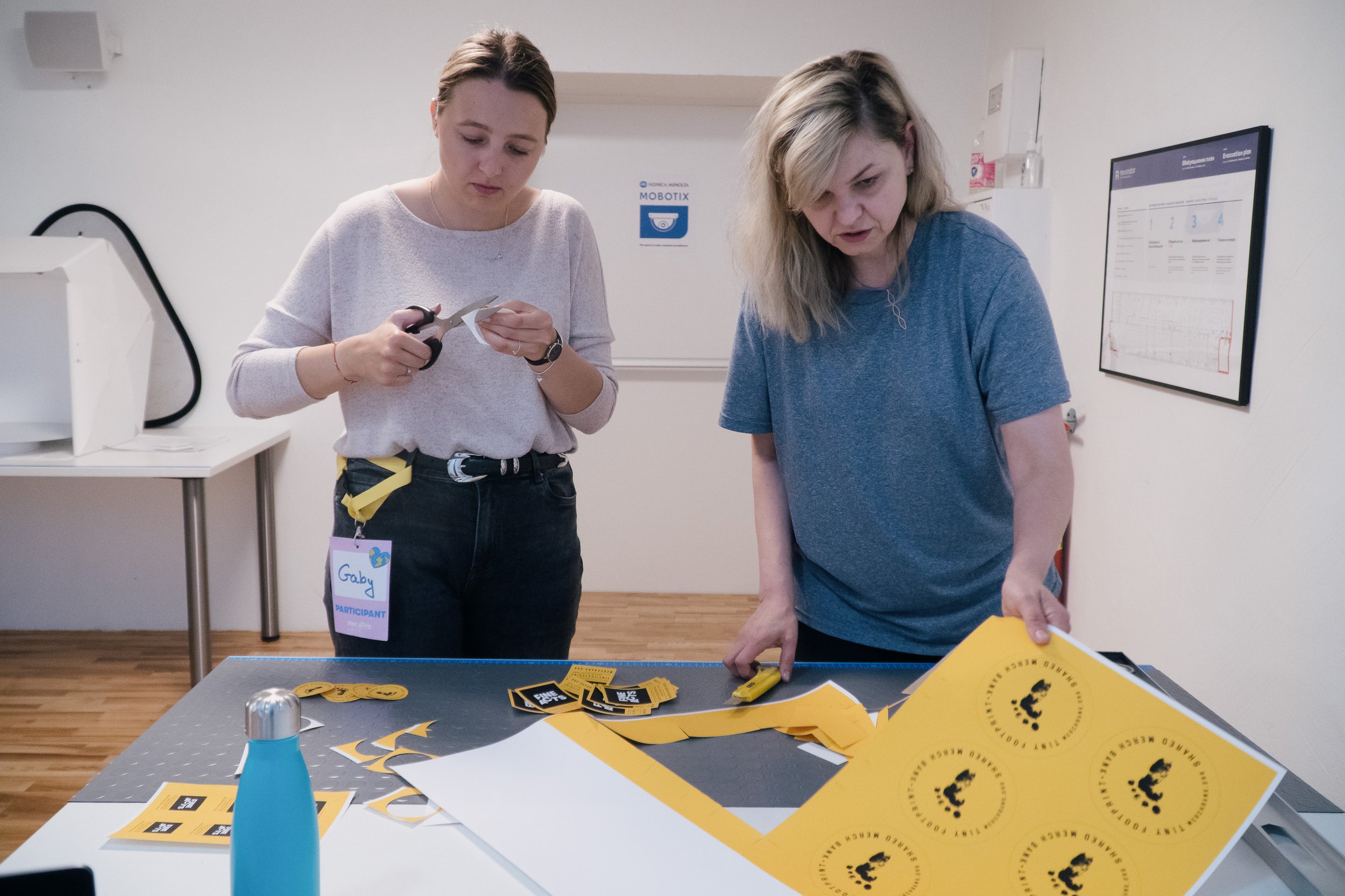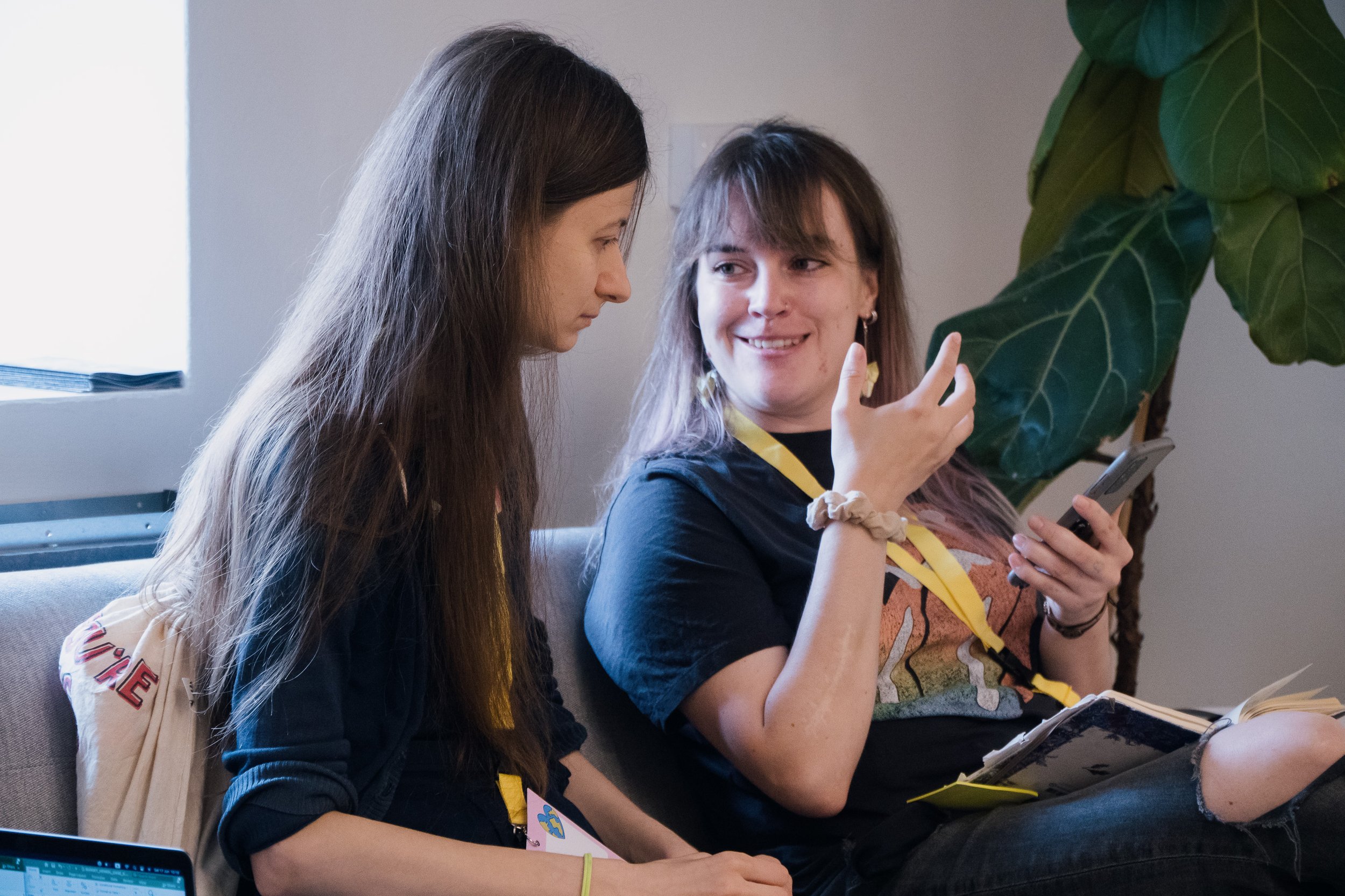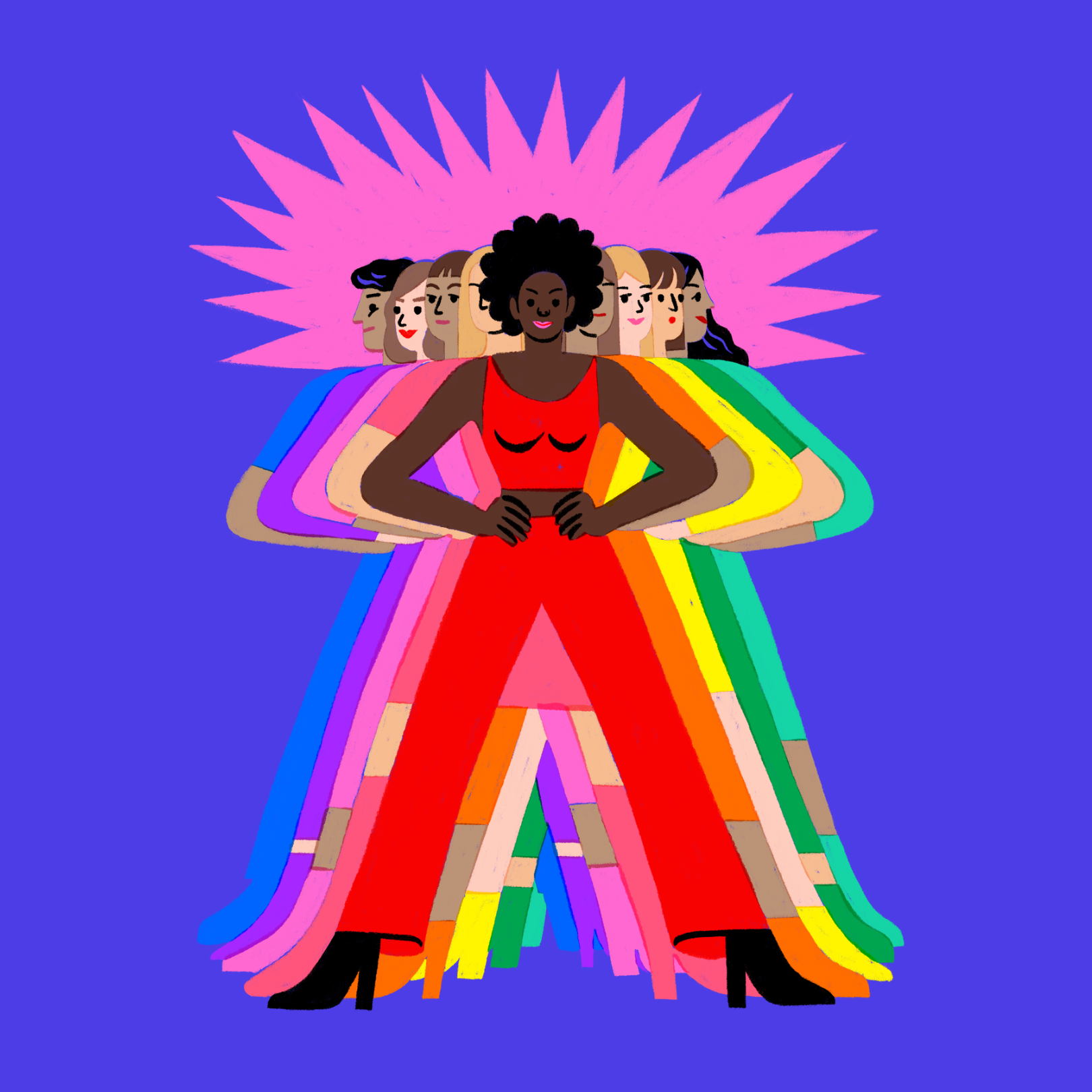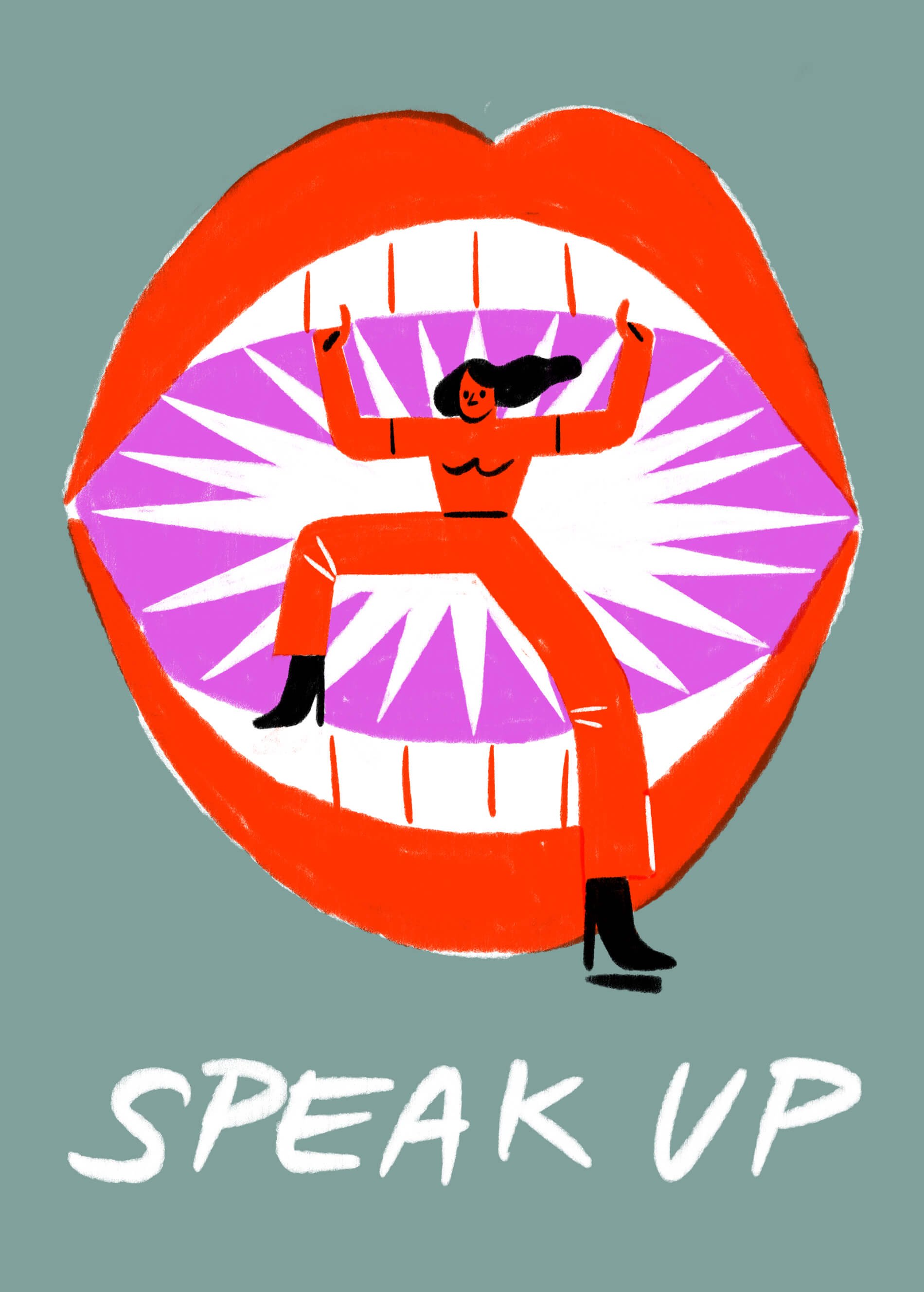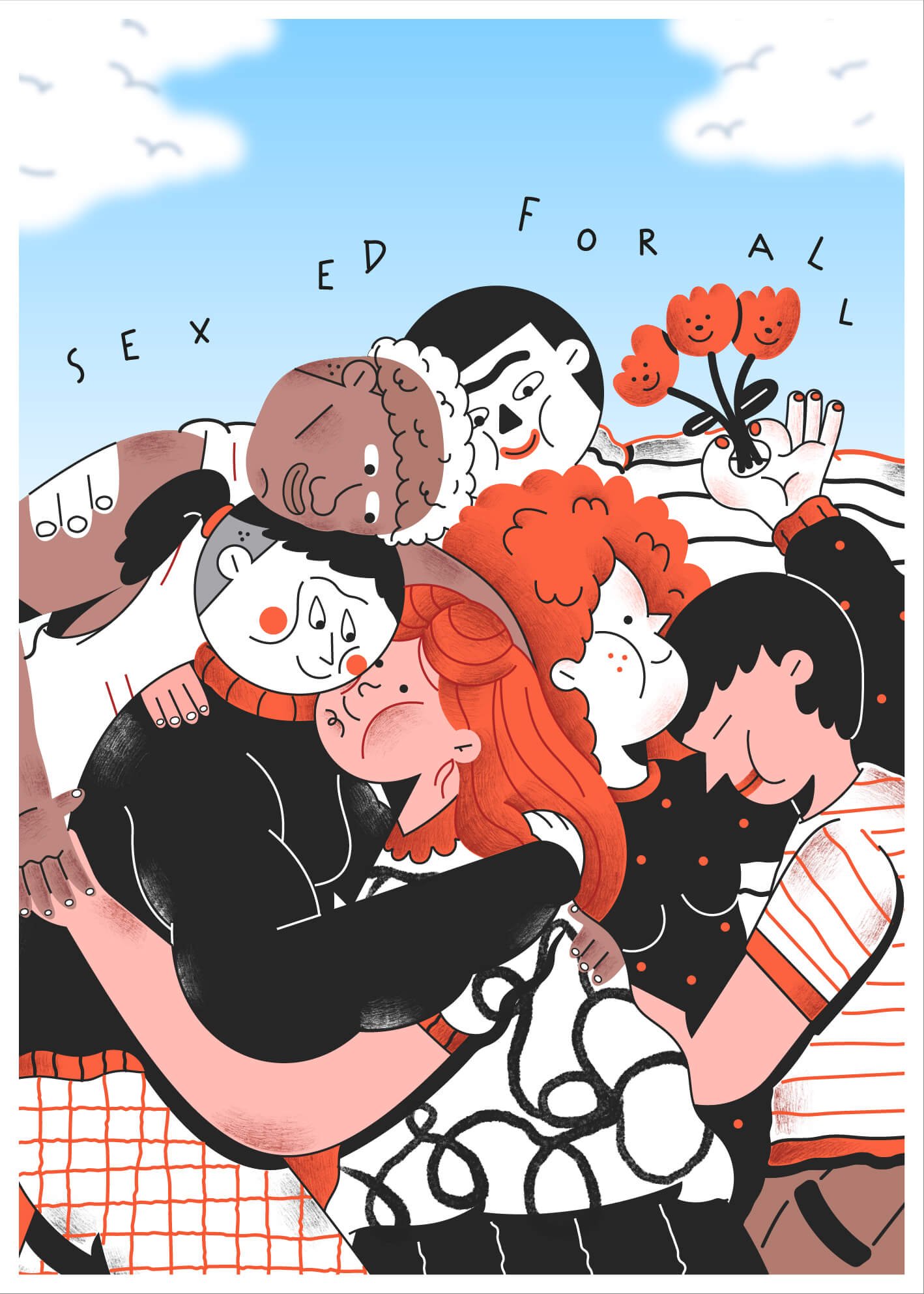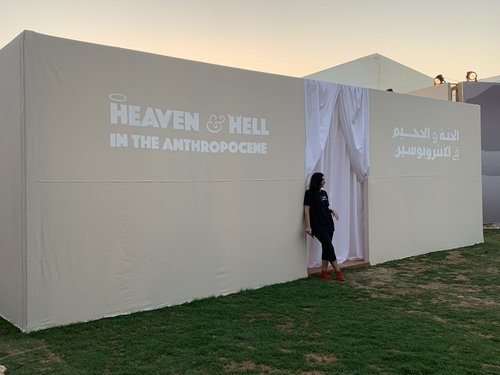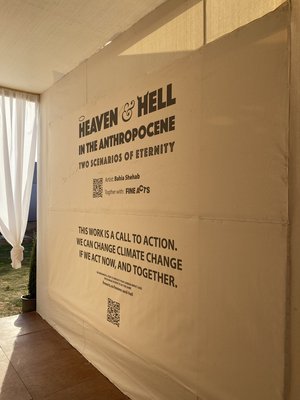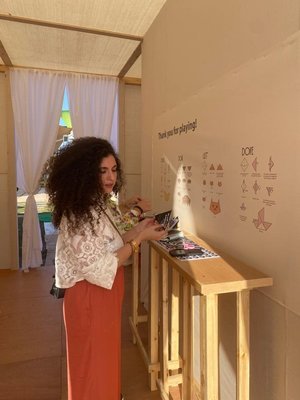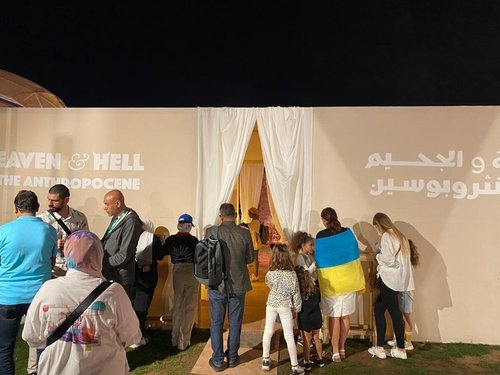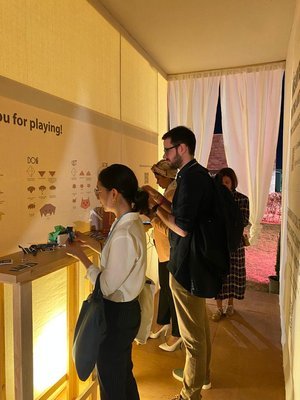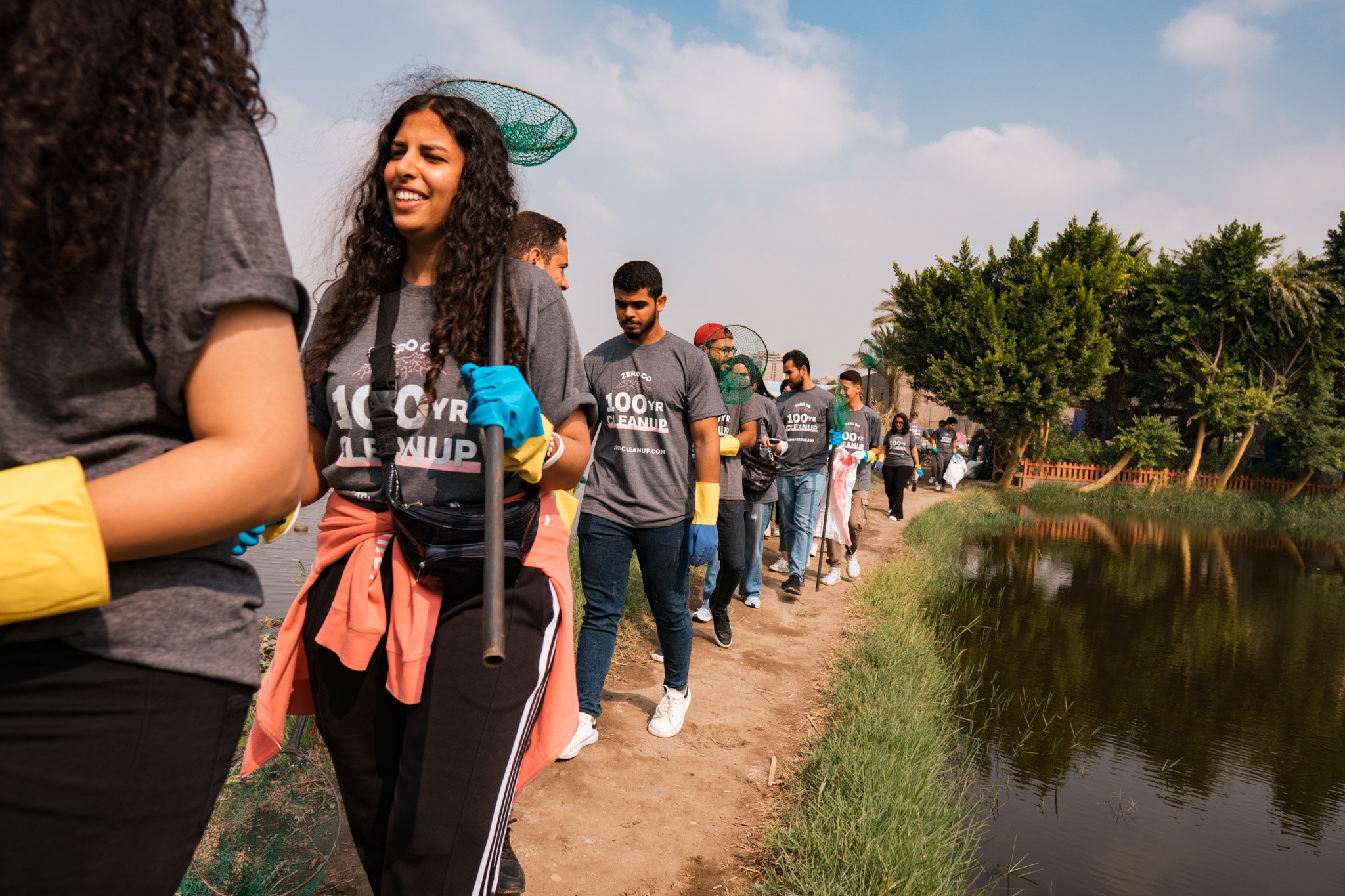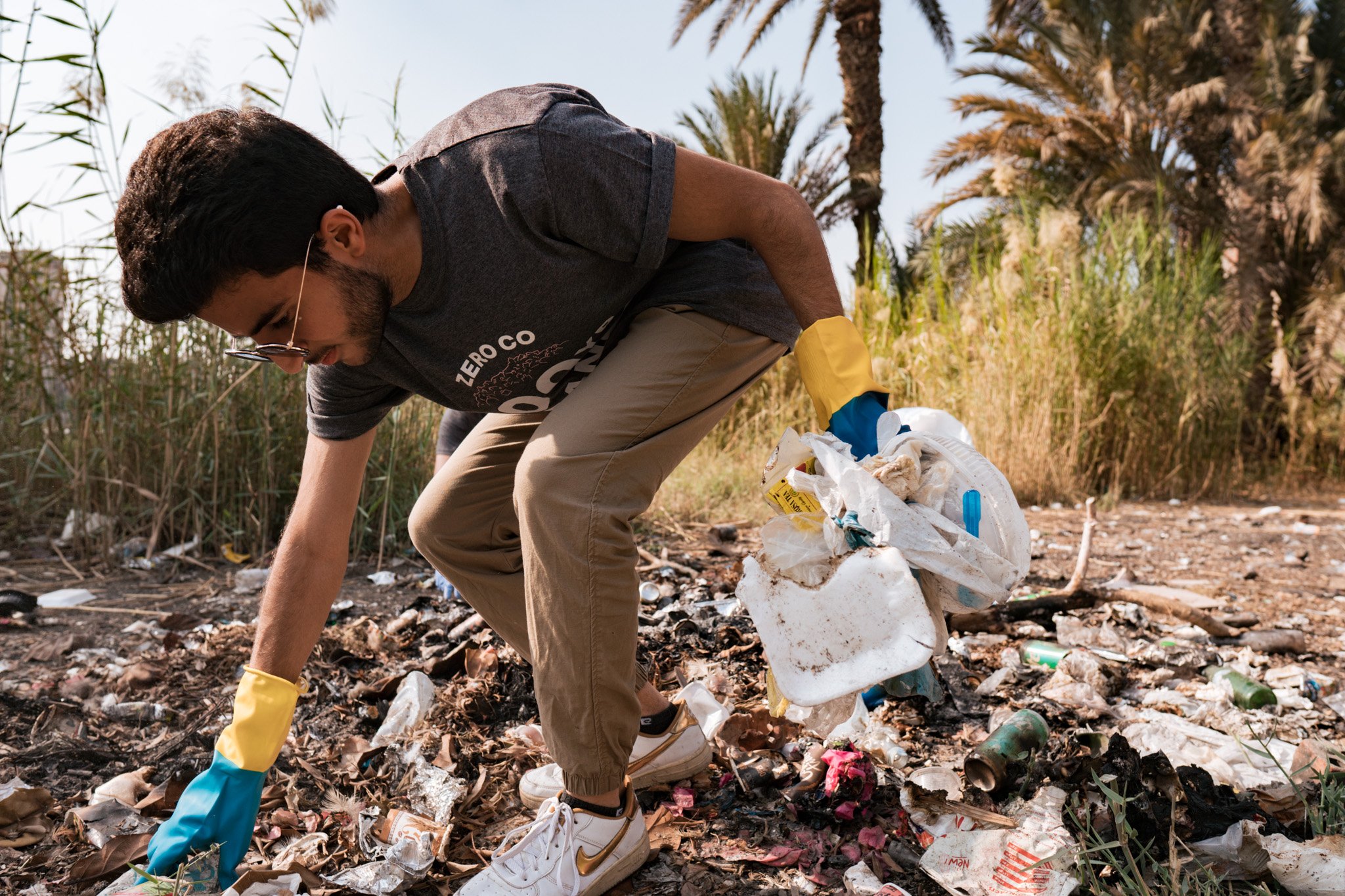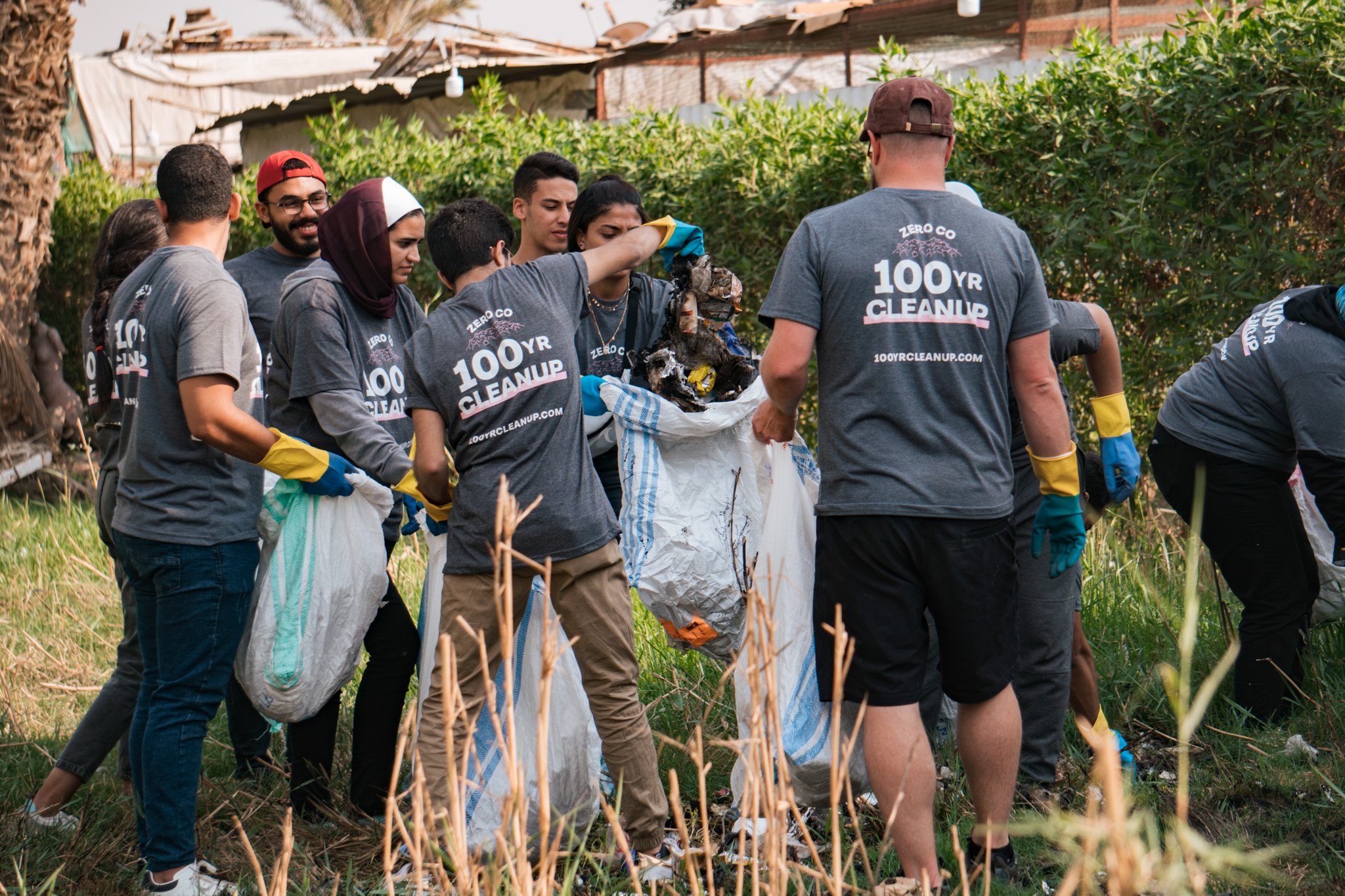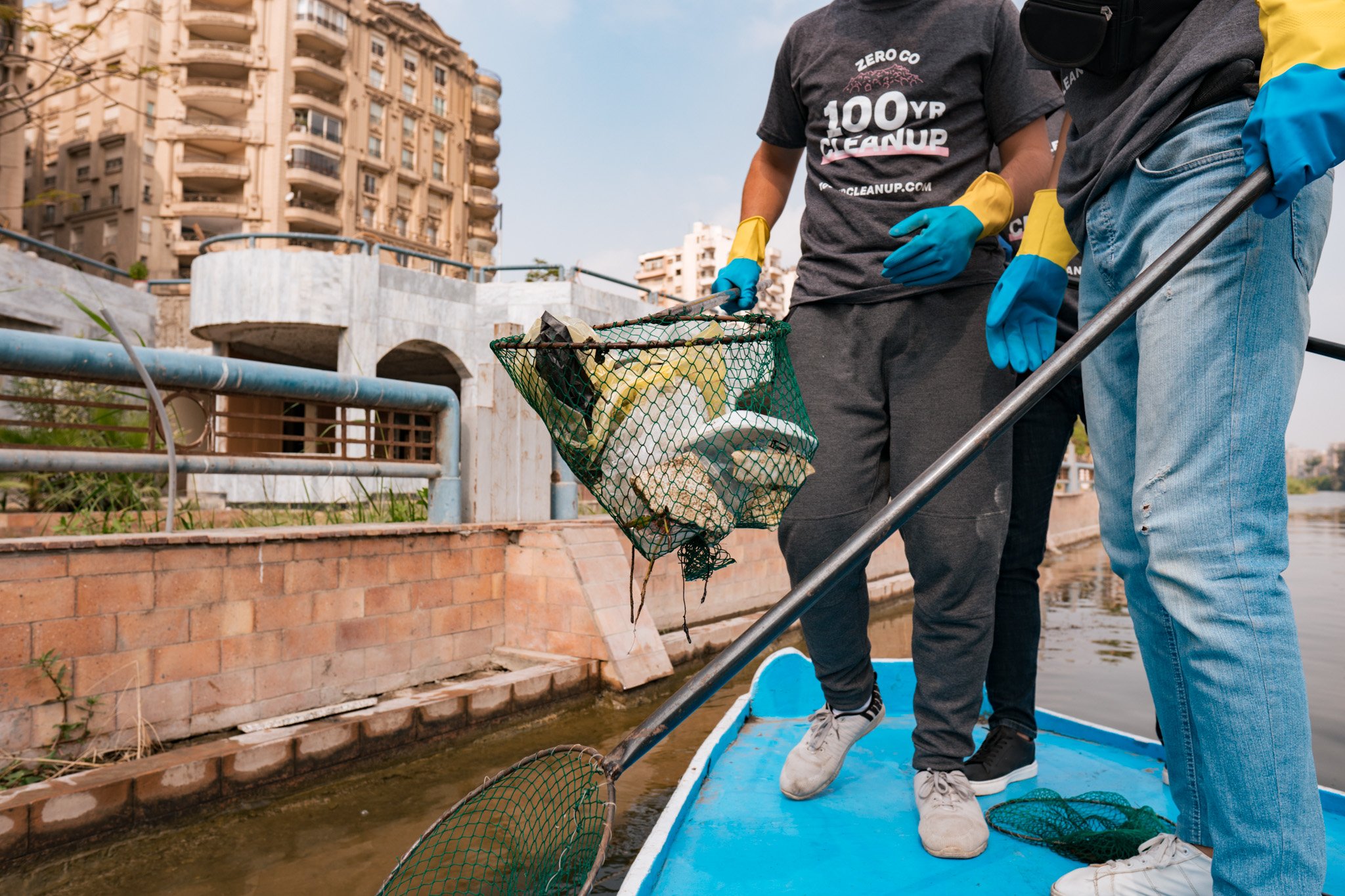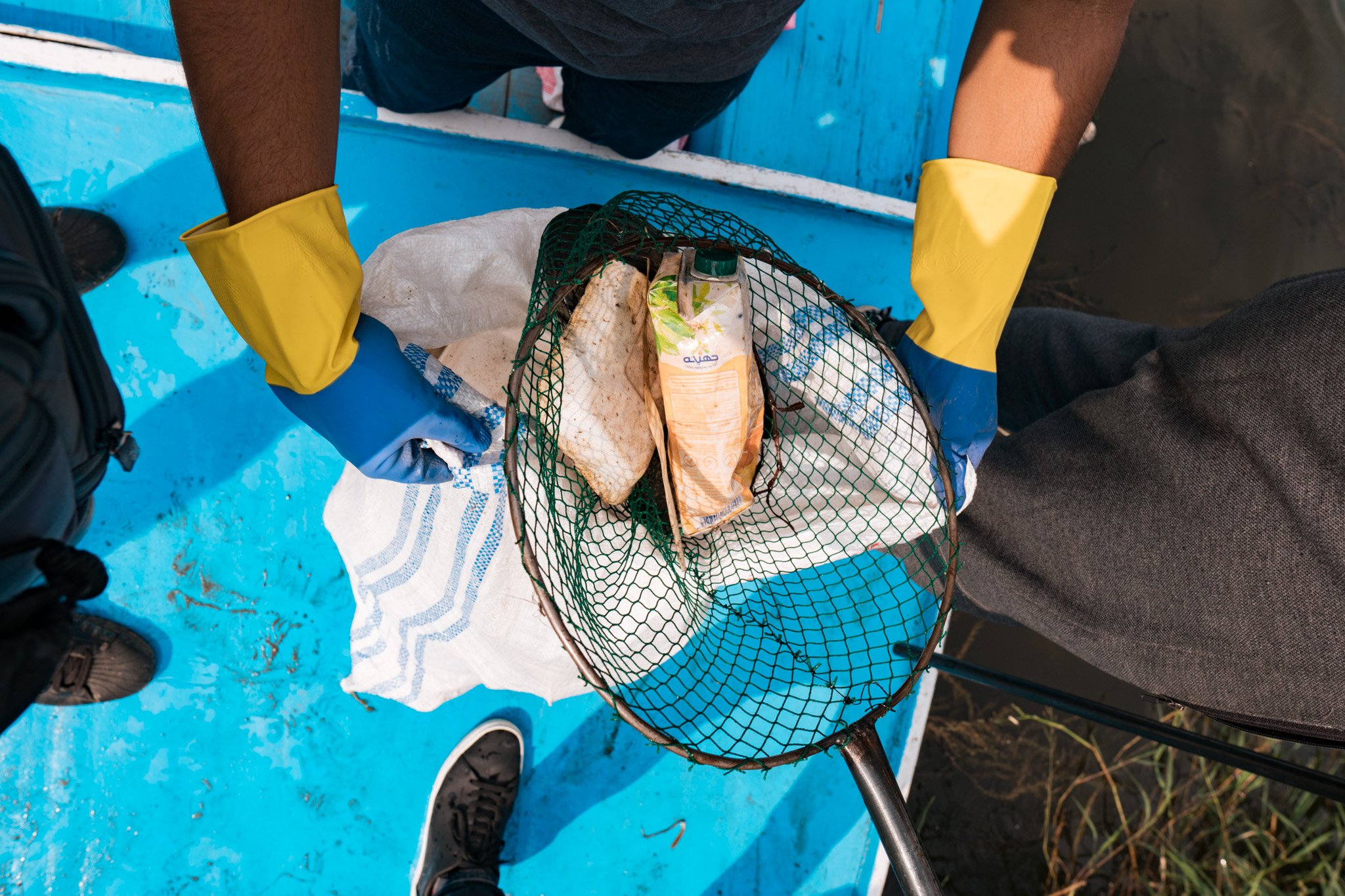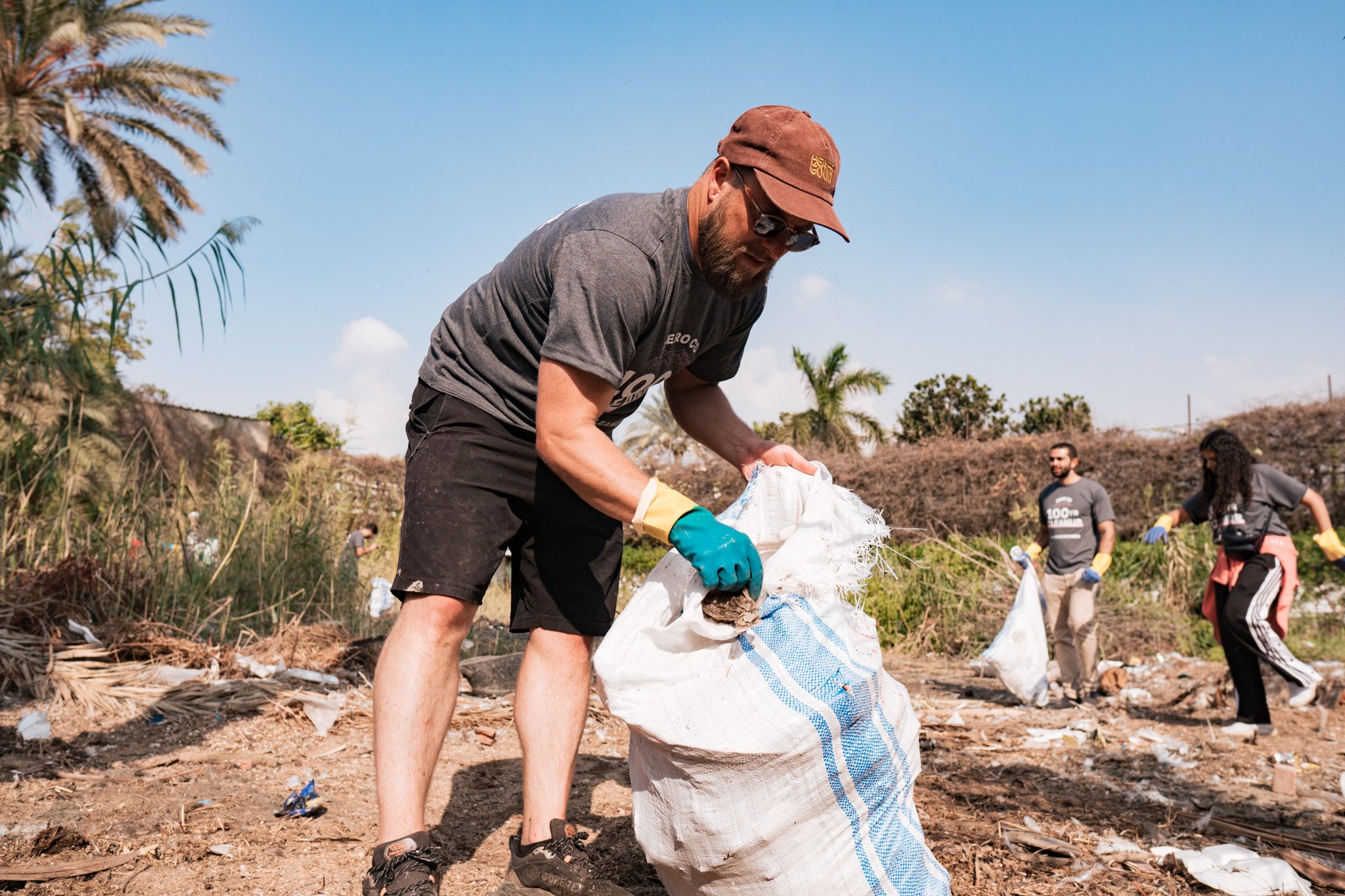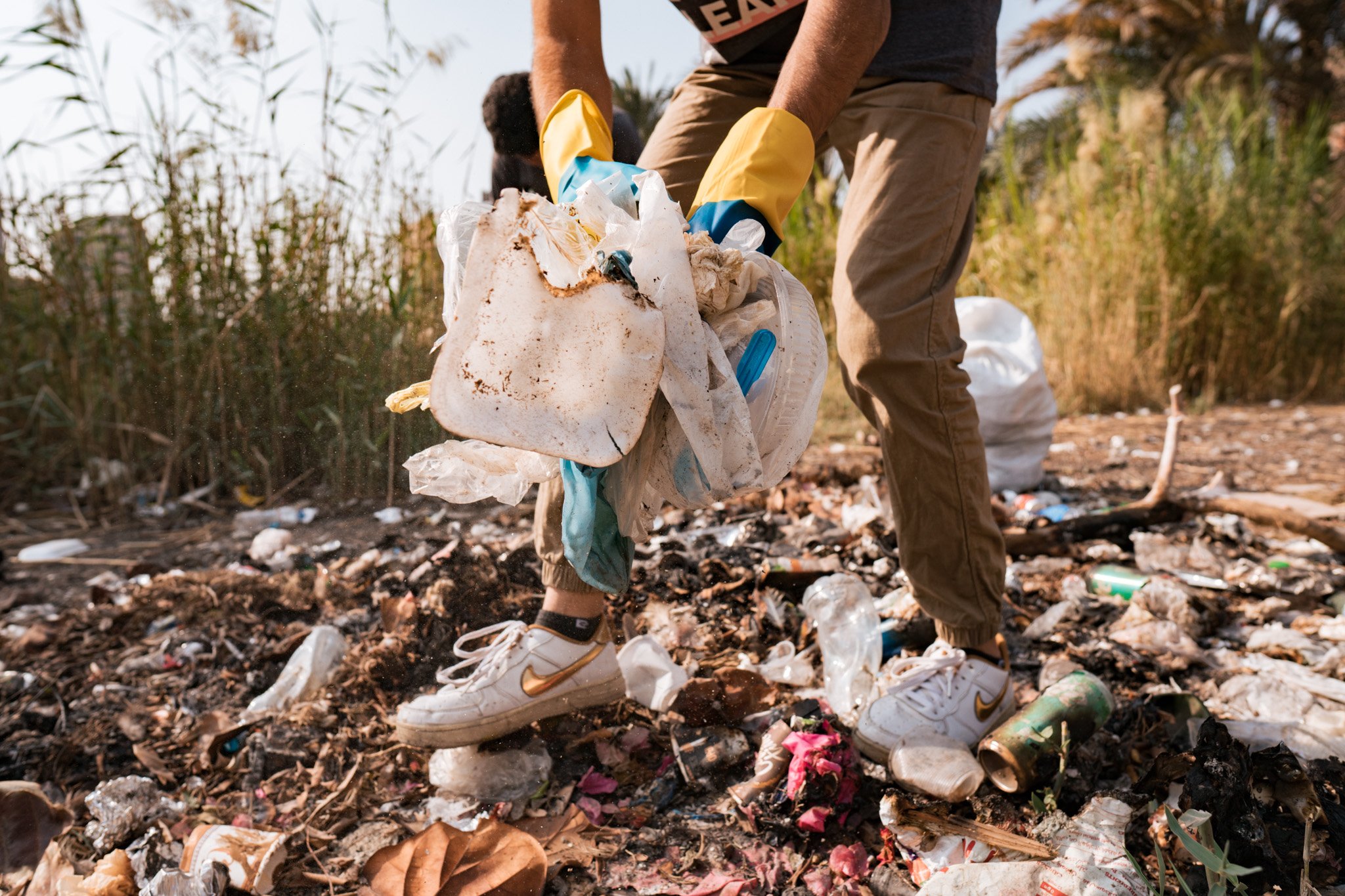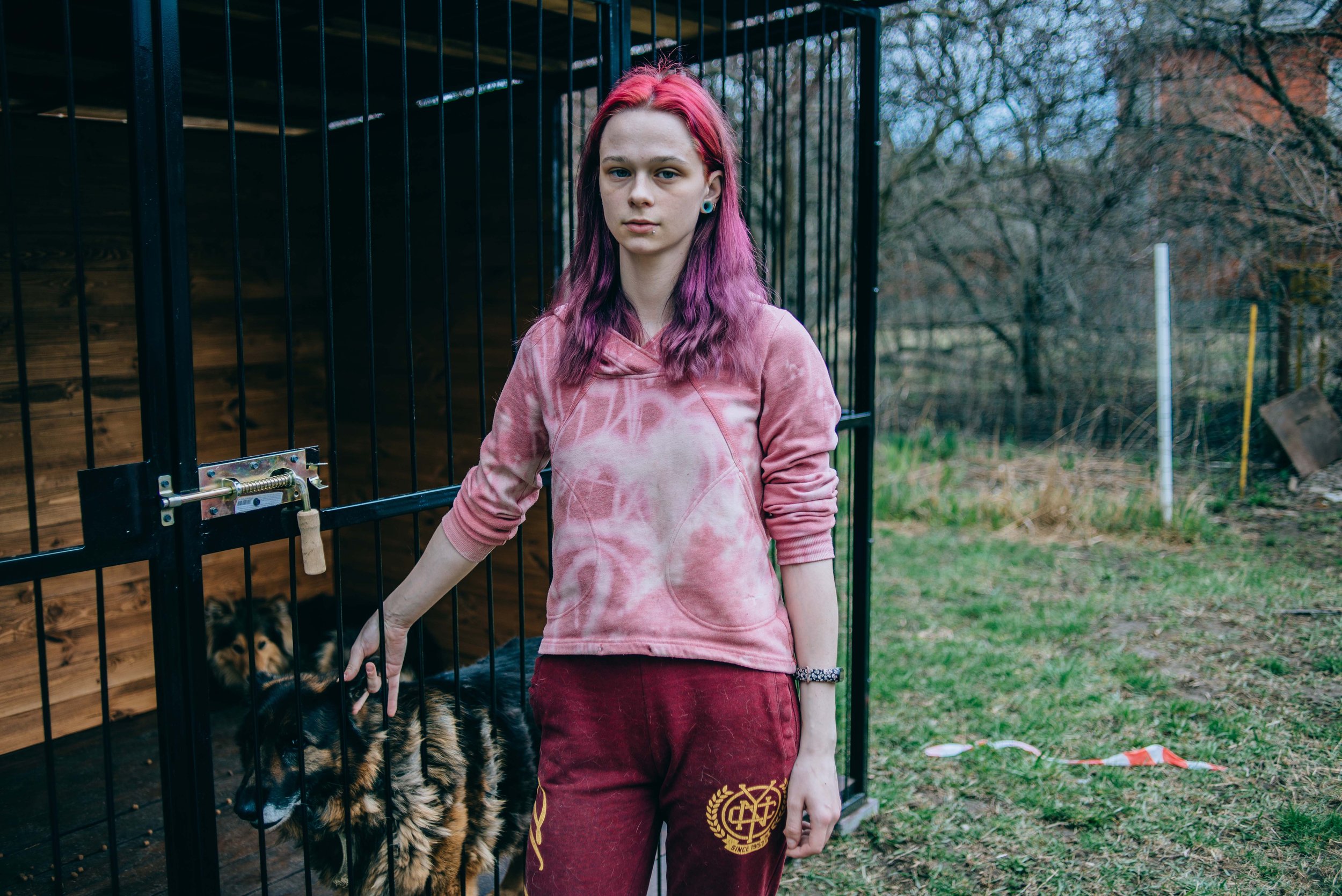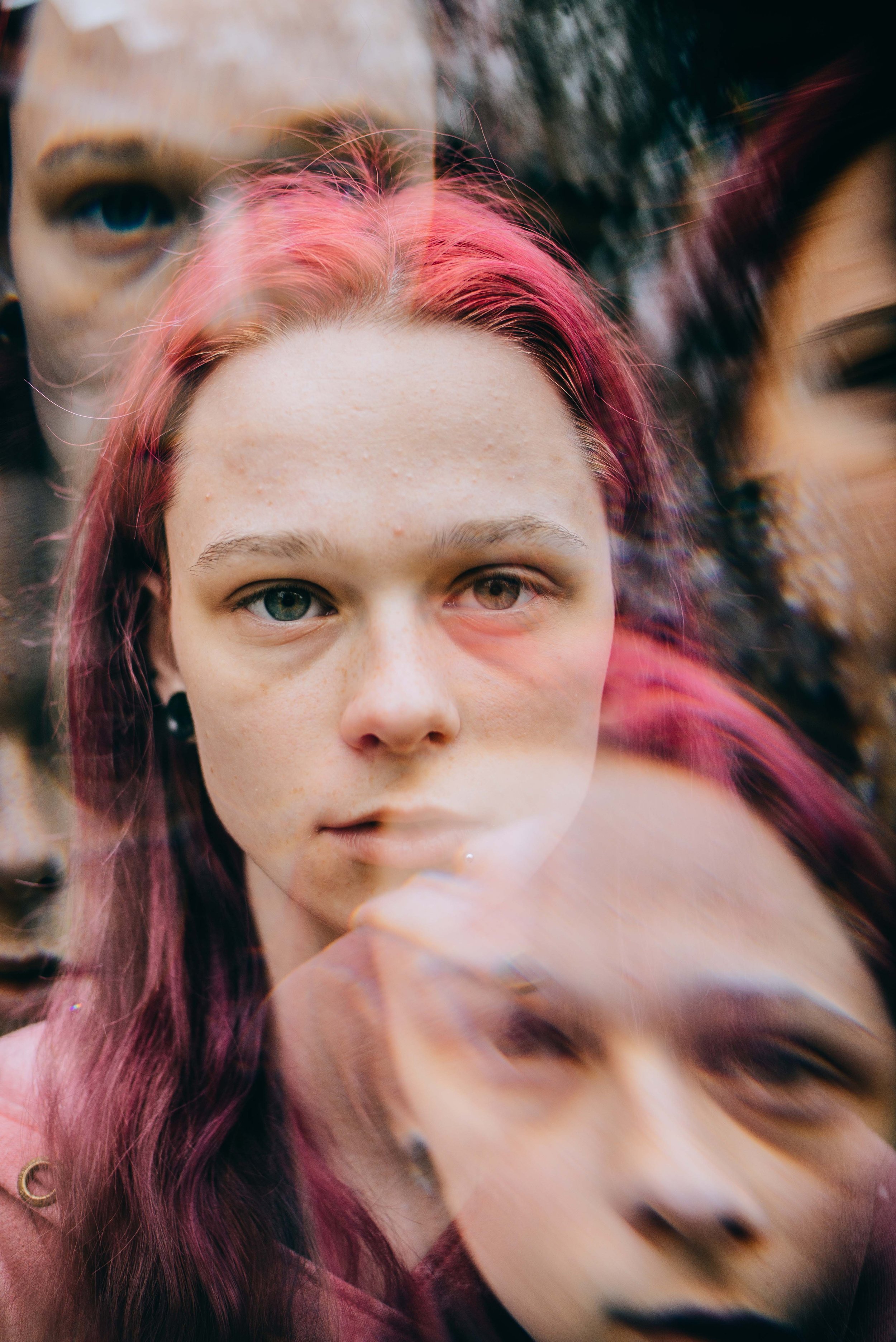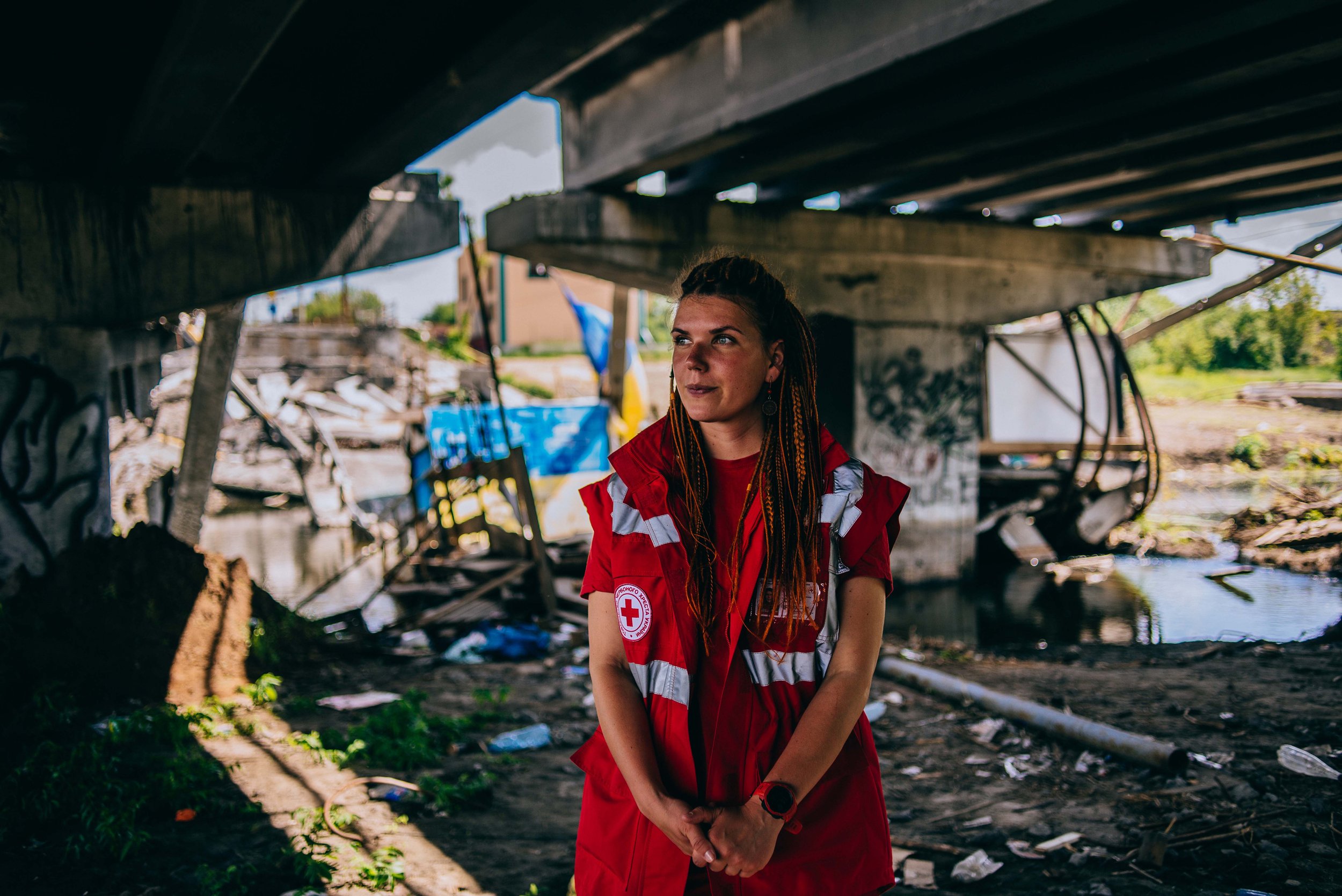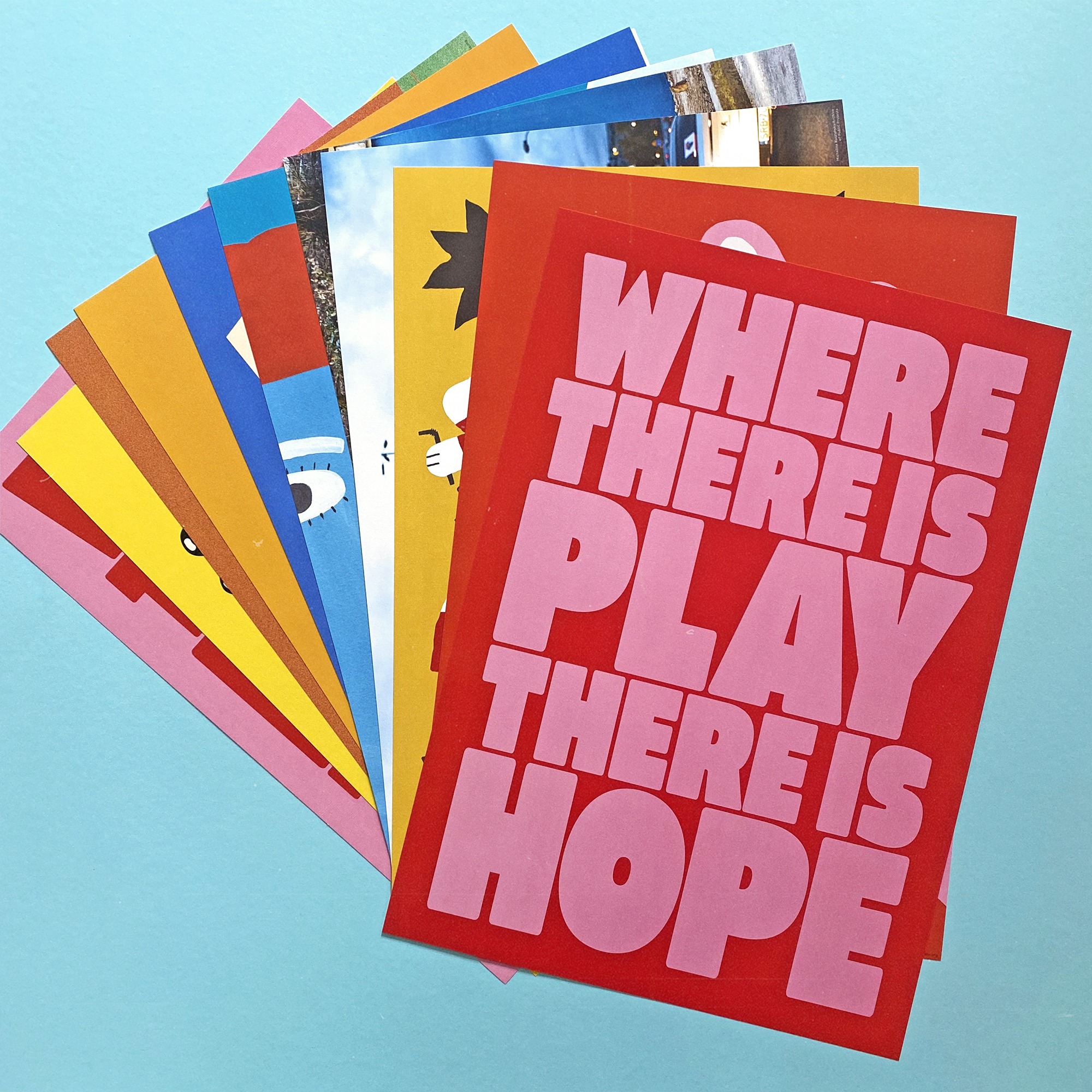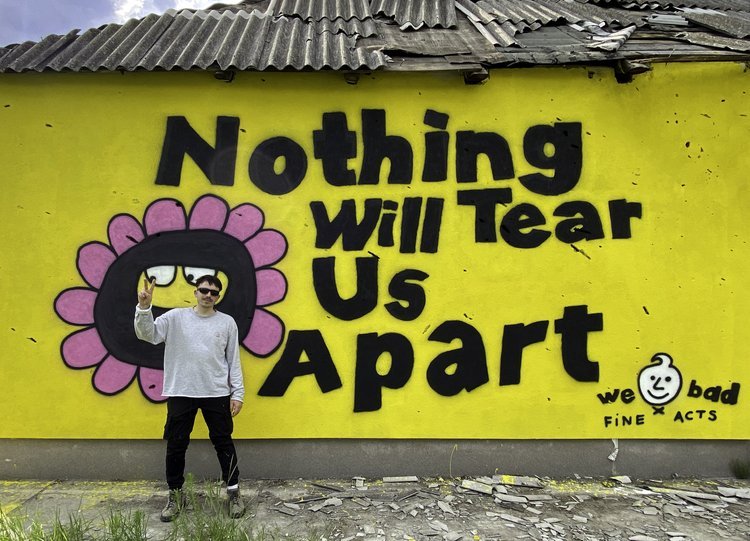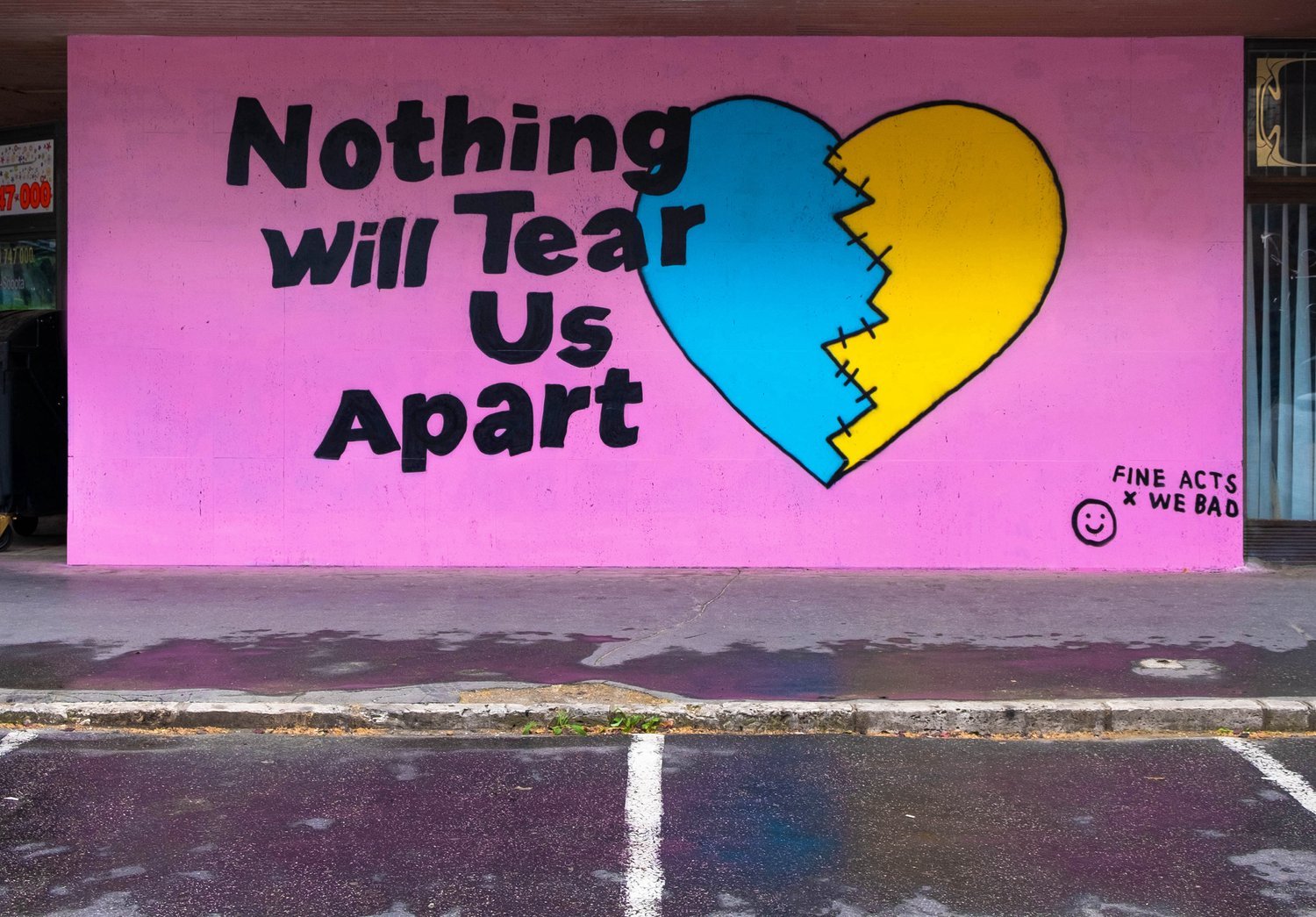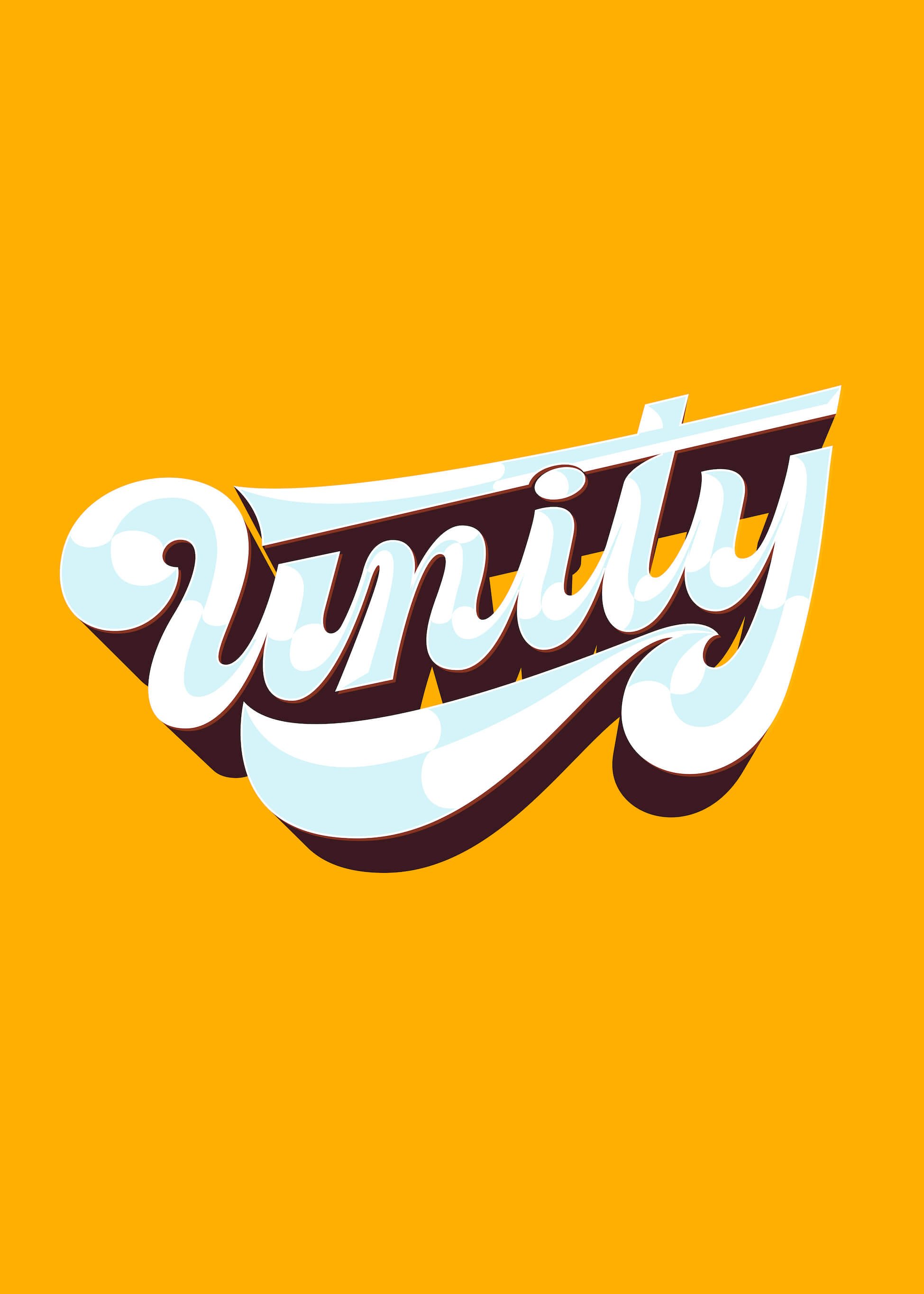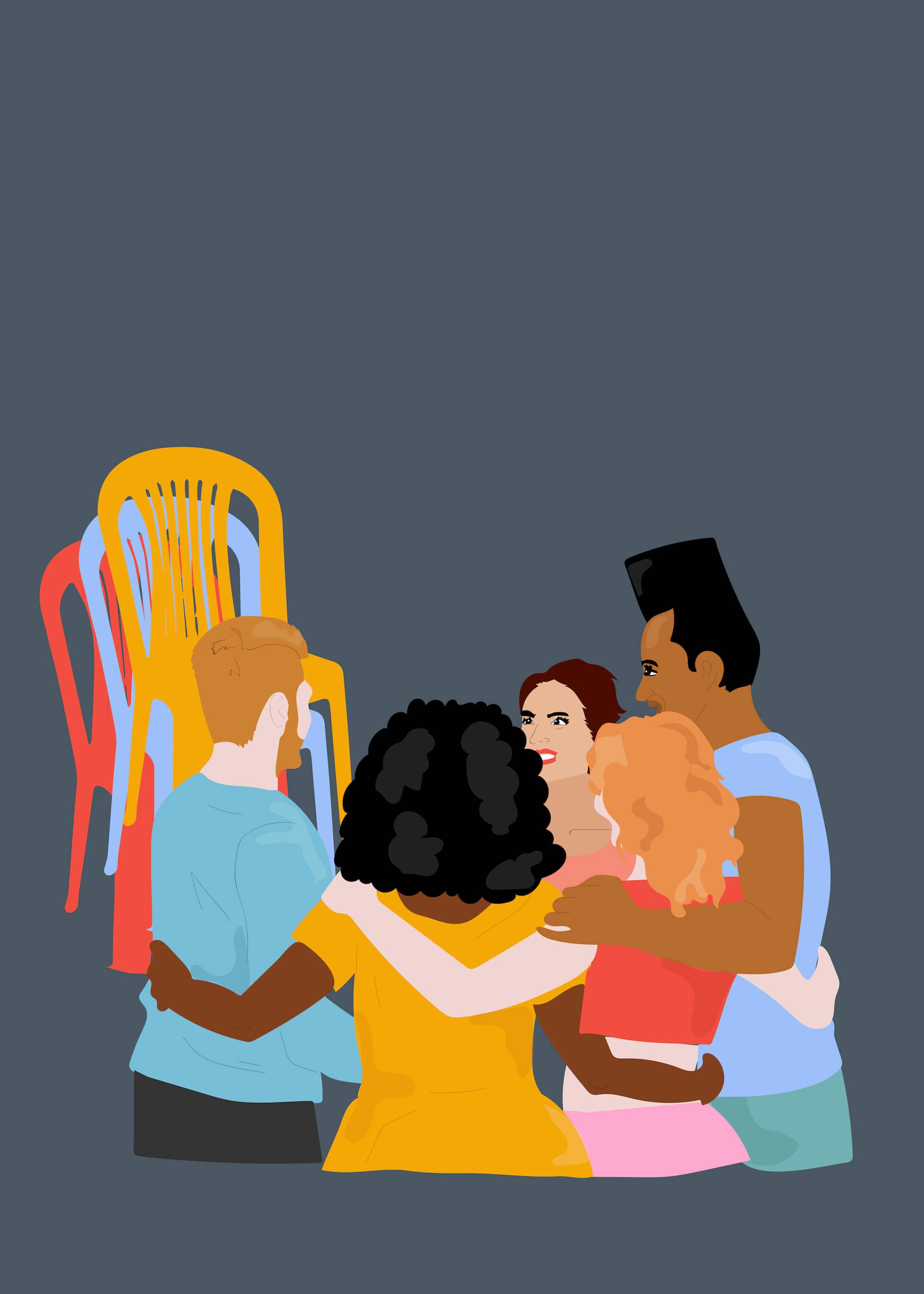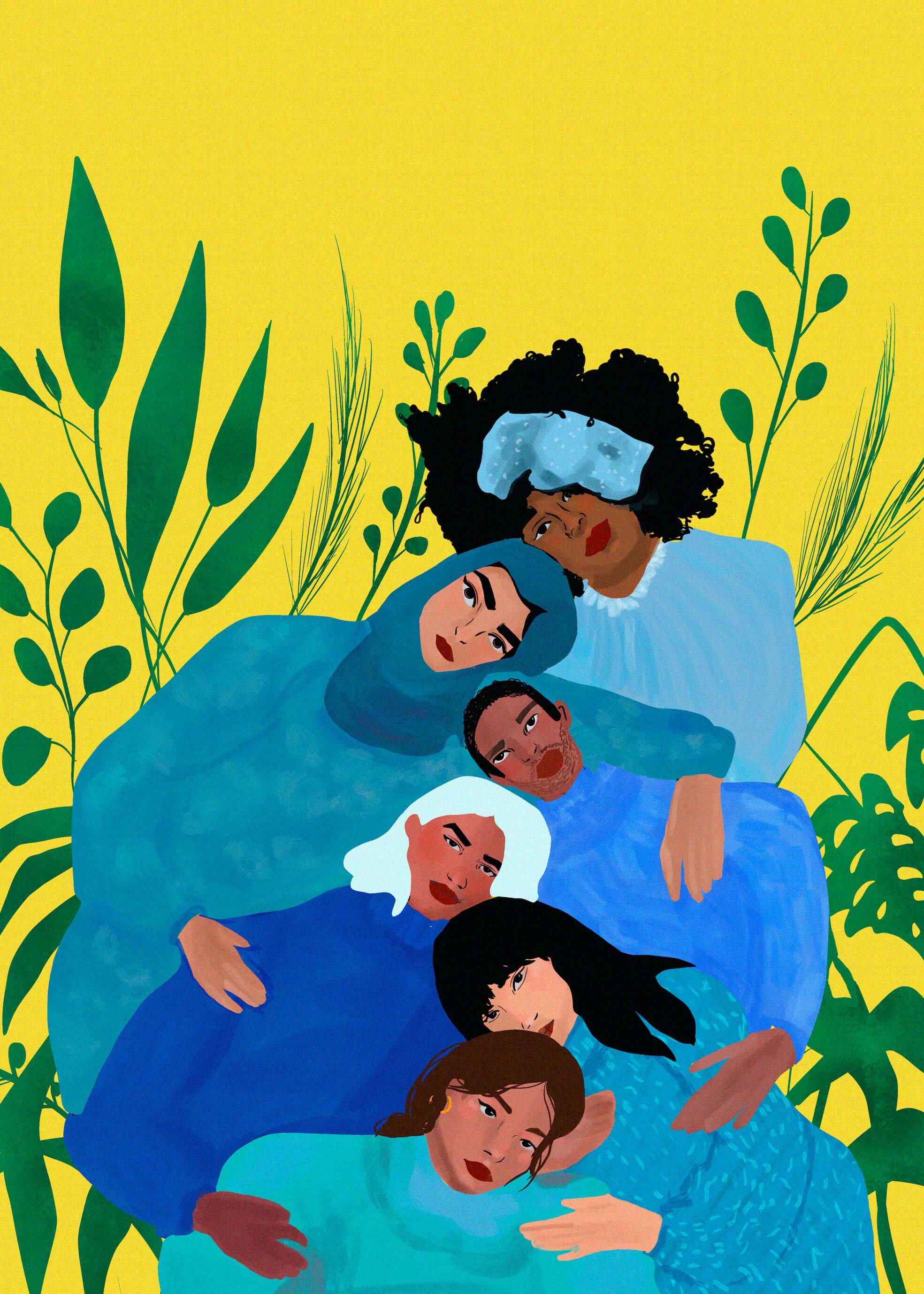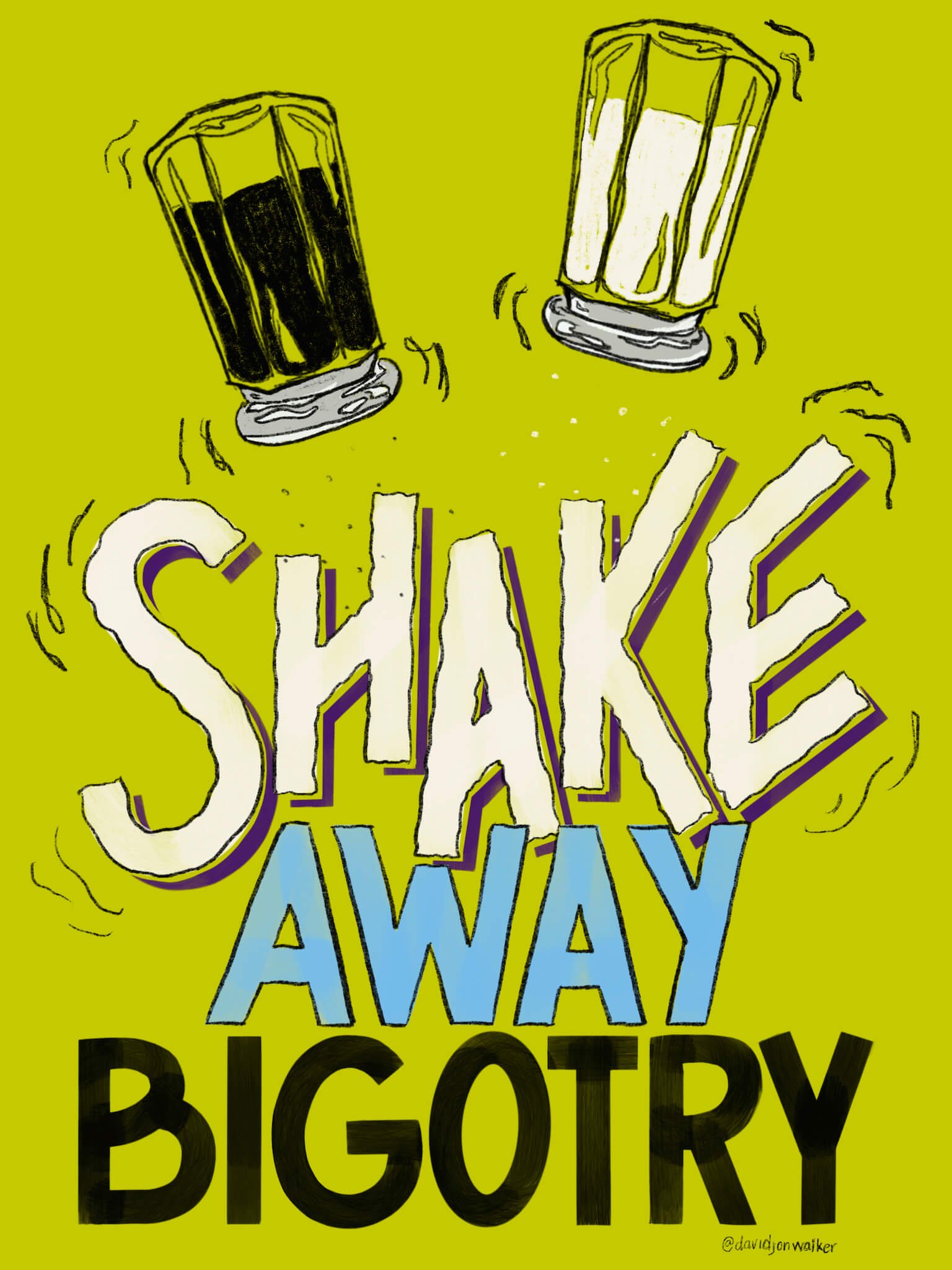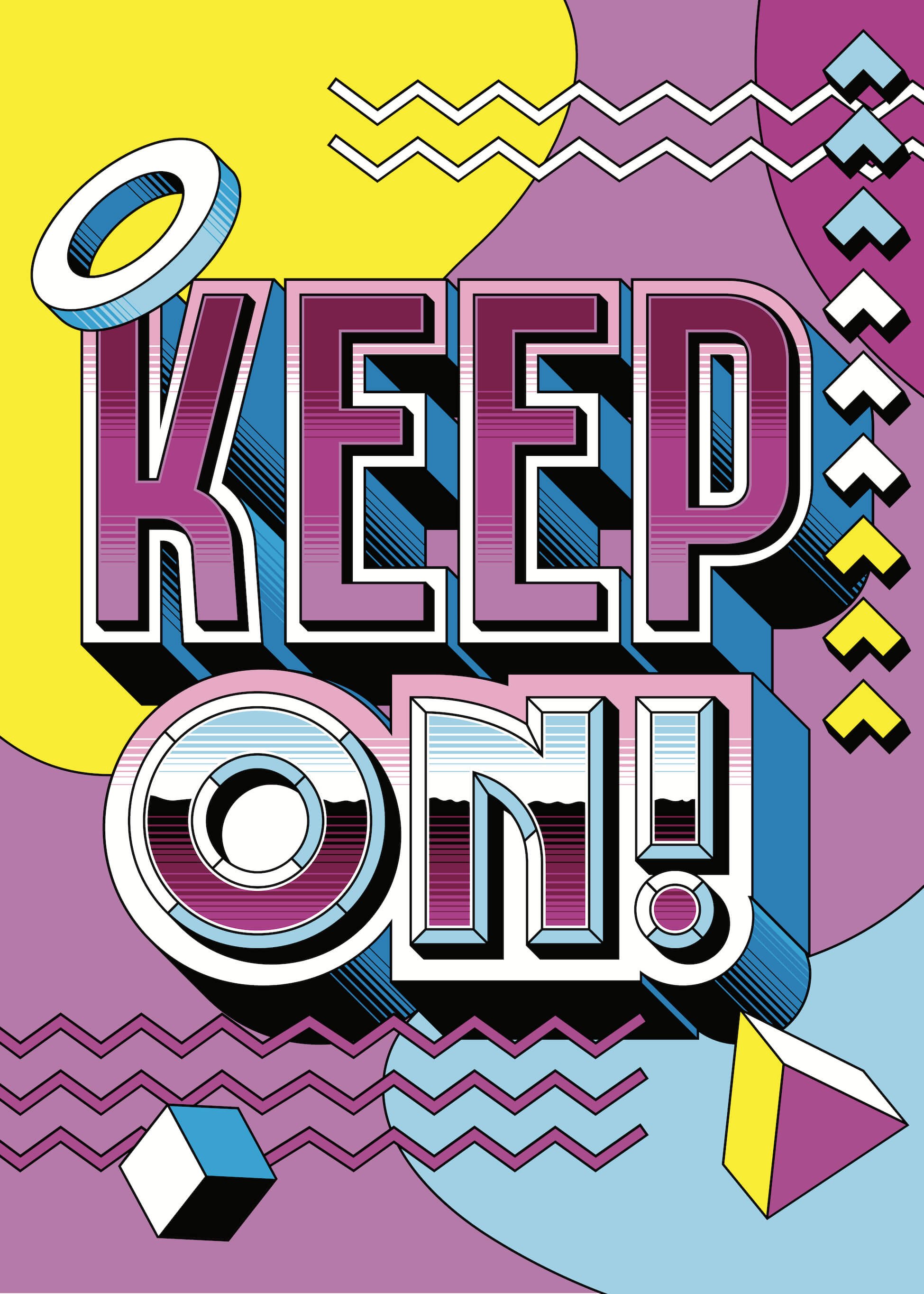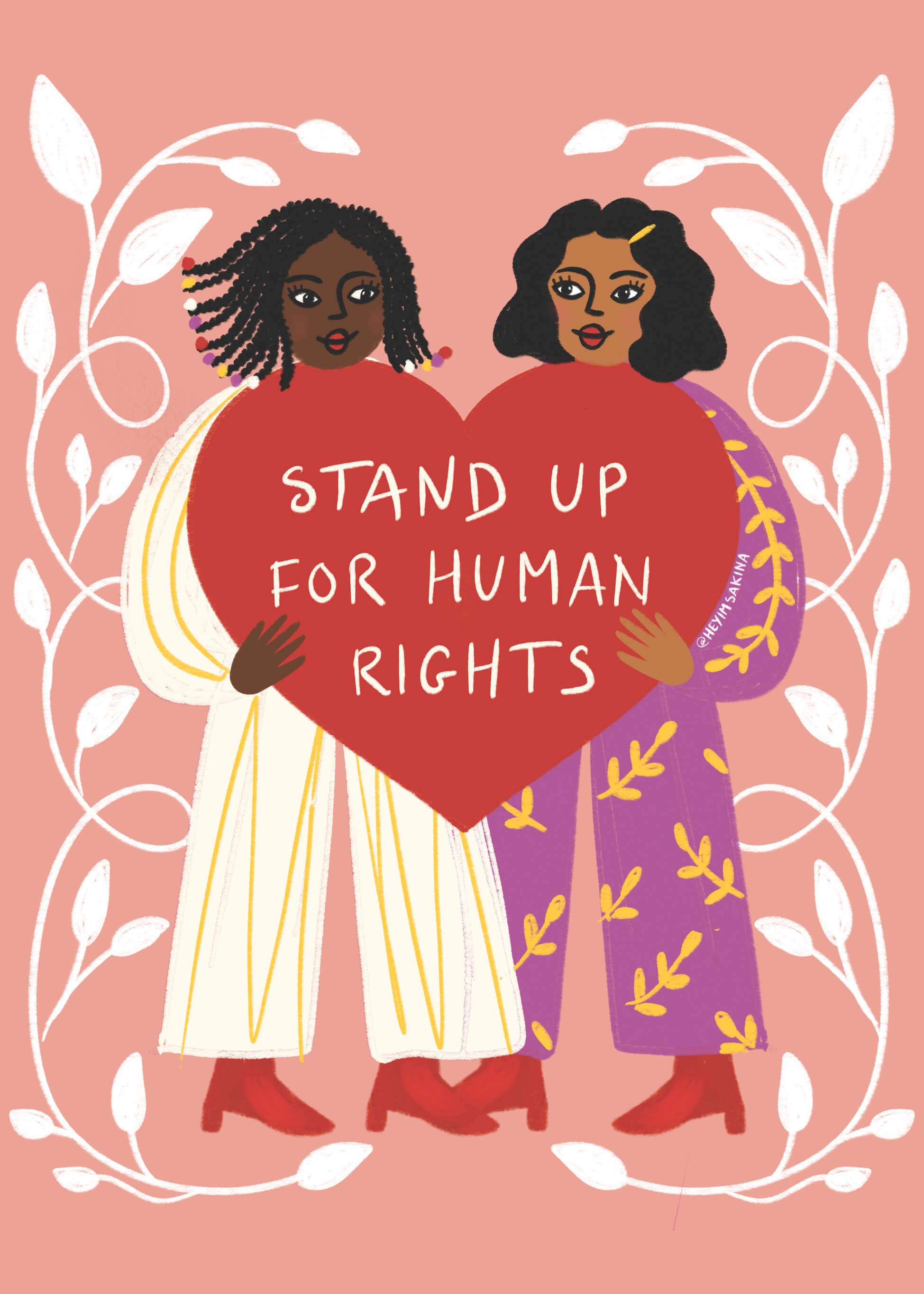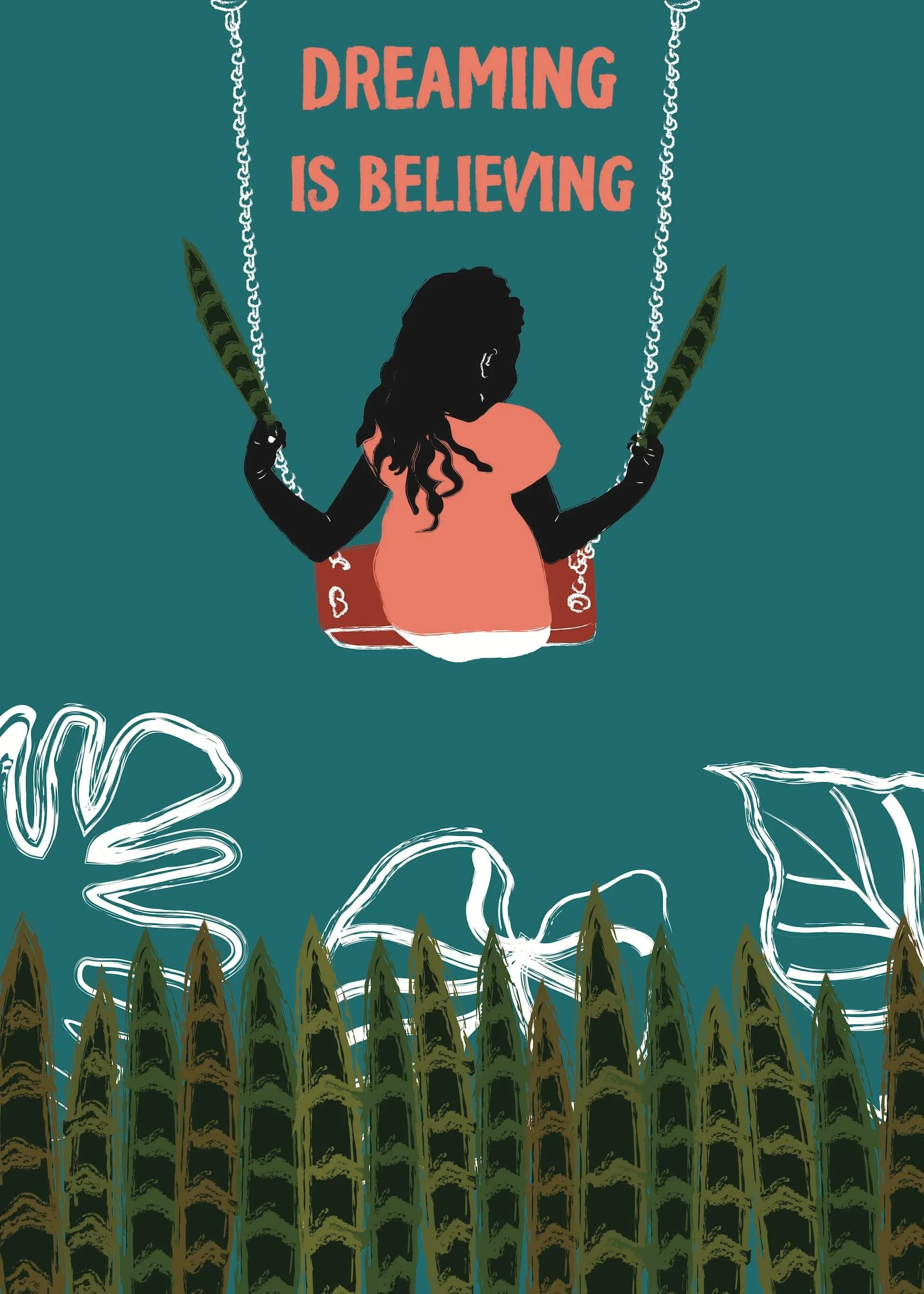In response to the concerning trend of shrinking space for civil society across the Western Balkans and beyond, Fine Acts launched the pilot edition of The School for Strategy Creativity, our groundbreaking academy on innovative approaches to creative campaigning and communications.
The first edition of the School, supported by the National Endowment for Democracy, spanned a year and engaged 20 leading civil society organizations from Albania, Bosnia and Herzegovina, Bulgaria, Kosovo, Montenegro, North Macedonia, and Serbia, to embrace strategic creativity in their social mission.
Photo: Participants and mentors in the third module of The School for Strategic Creativity.
The School for Strategic Creativity encompassed three extensive, highly interactive modules. The initiative focused on equipping participants with innovative methods for audience engagement, utilizing art, play, hope, and creativity as powerful tools for advocacy and campaigning. Throughout the program, participants were introduced to core concepts and insights related to the science behind what makes people care, playtivism, and hope as a pragmatic strategy (see more about hope-based comms).
“The School provided us with a break from our routine, shifting our minds to rethink and potentially restructure some of the communication patterns we are holding to.”
The first module explored the significance of visual communication for nonprofits. Participants delved into the why and how of visual framing, gaining insights into the profound impact of visual content on audience perception and engagement. Through interactive sessions and case studies, they learned to effectively utilize images to maximize impact and align visuals with overarching narratives.
“Learning how to effectively communicate complex ideas through visuals and creative strategies has equipped me with extra valuable skills that I can apply in various aspects of work.”
The second module of the School focused on the intersection of art, creativity, and activism in campaigning. Participants learned to use the emotional power of art to drive social change while strategically planning creative campaigns for long-term impact. They acquired practical knowledge and skills to improve their advocacy efforts – frequently hindered by media control, negative perceptions of civil society organizations, and resource constraints – through lectures, discussions, interactive exercises, and real-world examples.
“One key takeaway from The School for Strategic Creativity was harnessing the power of art and creativity as tools for communication and expression. [This was] a significant skill I developed during the training. Engaging art into campaigns and creations not only adds depth, but also enables effective storytelling and connection with audiences on a deeper level. This skill has since positively impacted both my professional work and personal life. ”
The final in-person module – the Creative Playground – took place in Sofia, Bulgaria, in Resonator, one of the most innovative creative spaces in the city. For it, we brought together a select group of six organizations to develop and accelerate their creative campaign ideas to promote civil rights and democratic values across the Western Balkans.
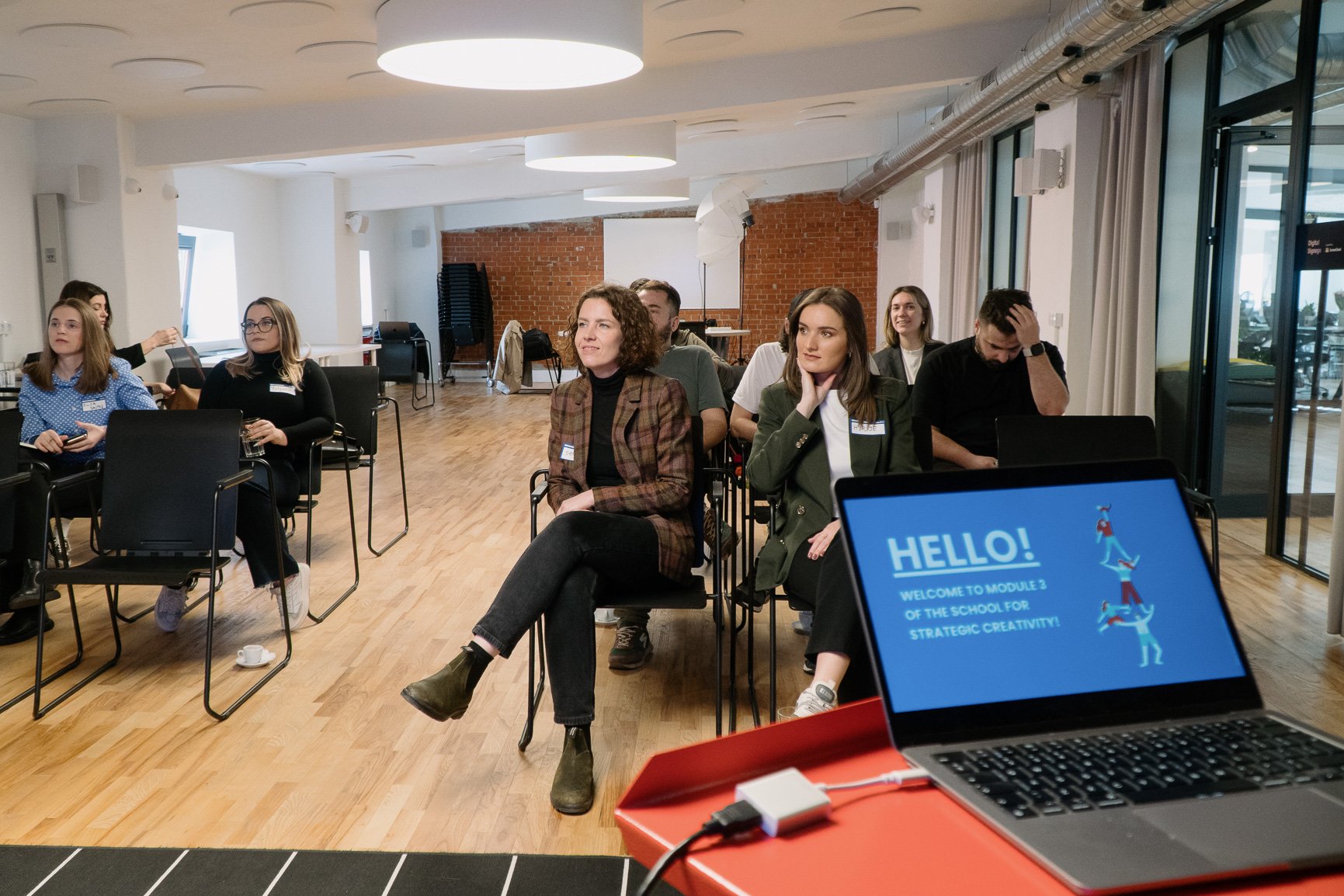

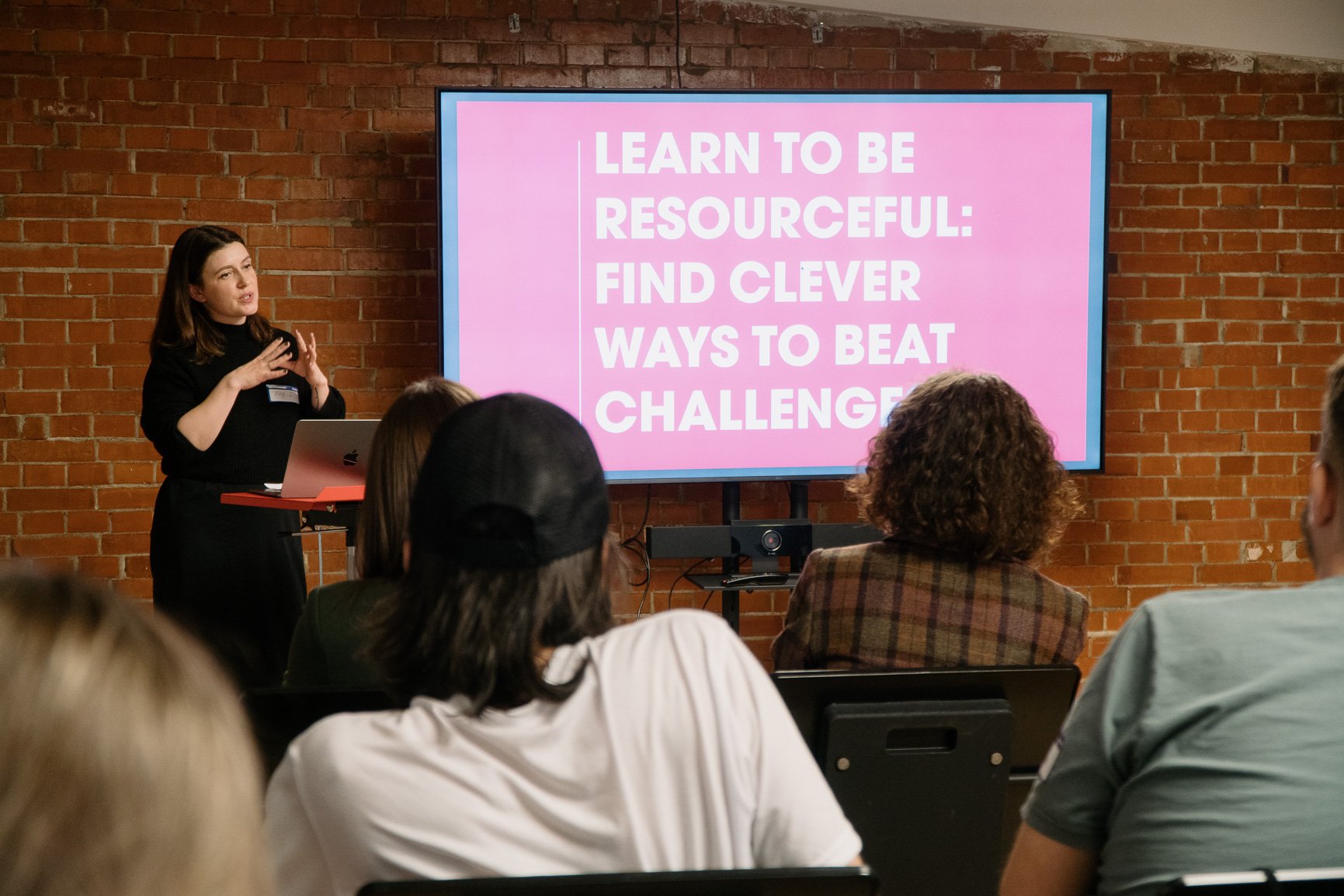


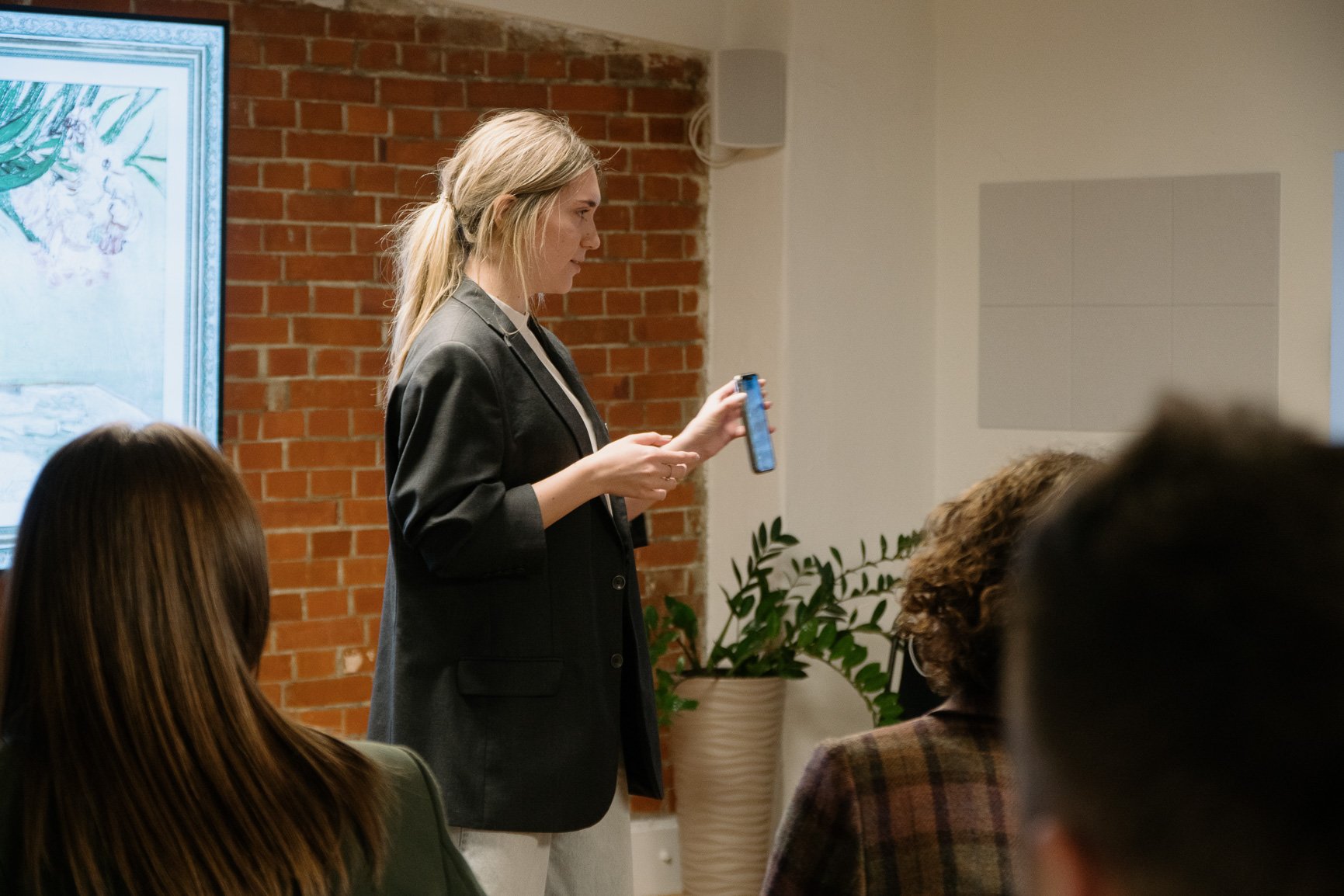
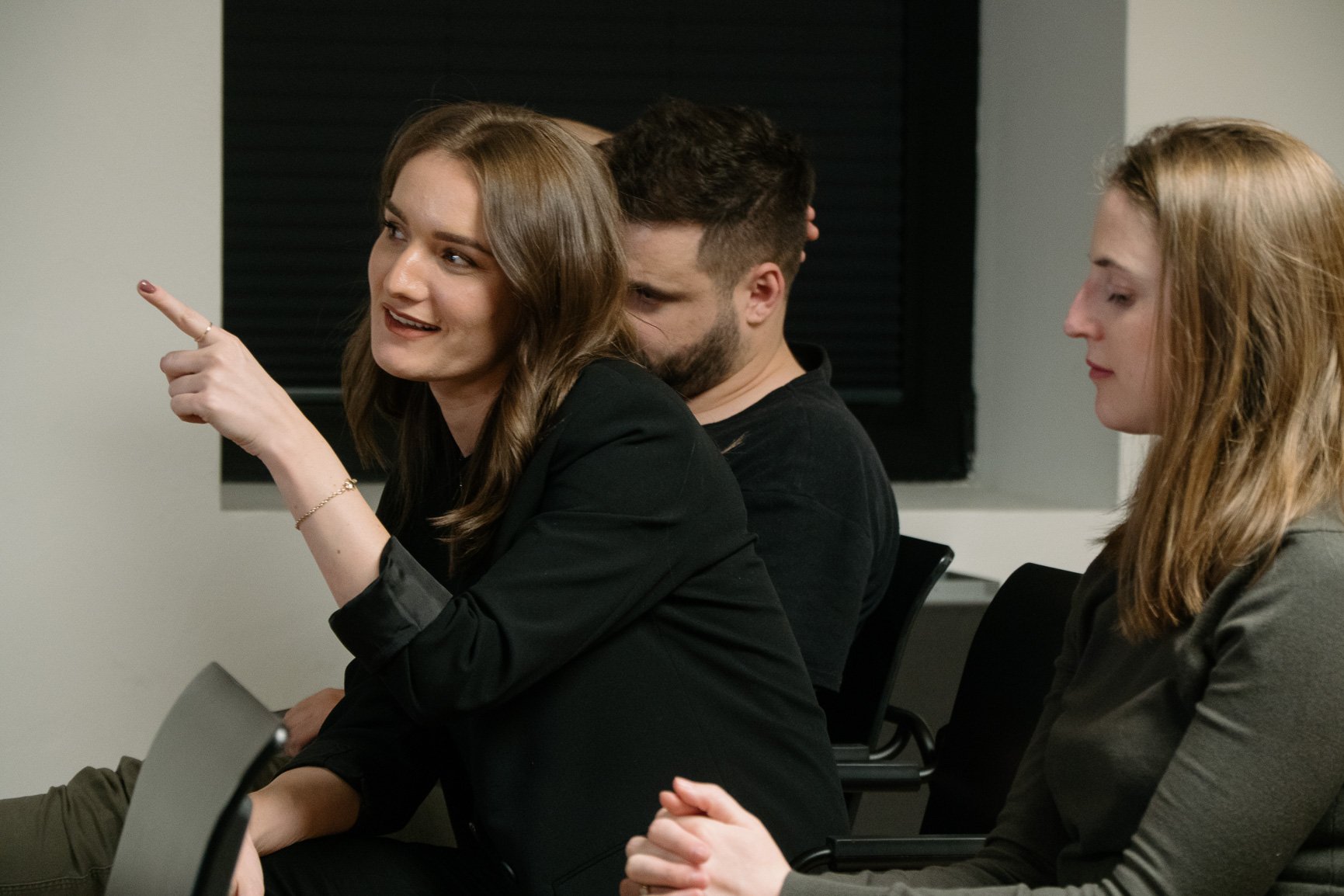
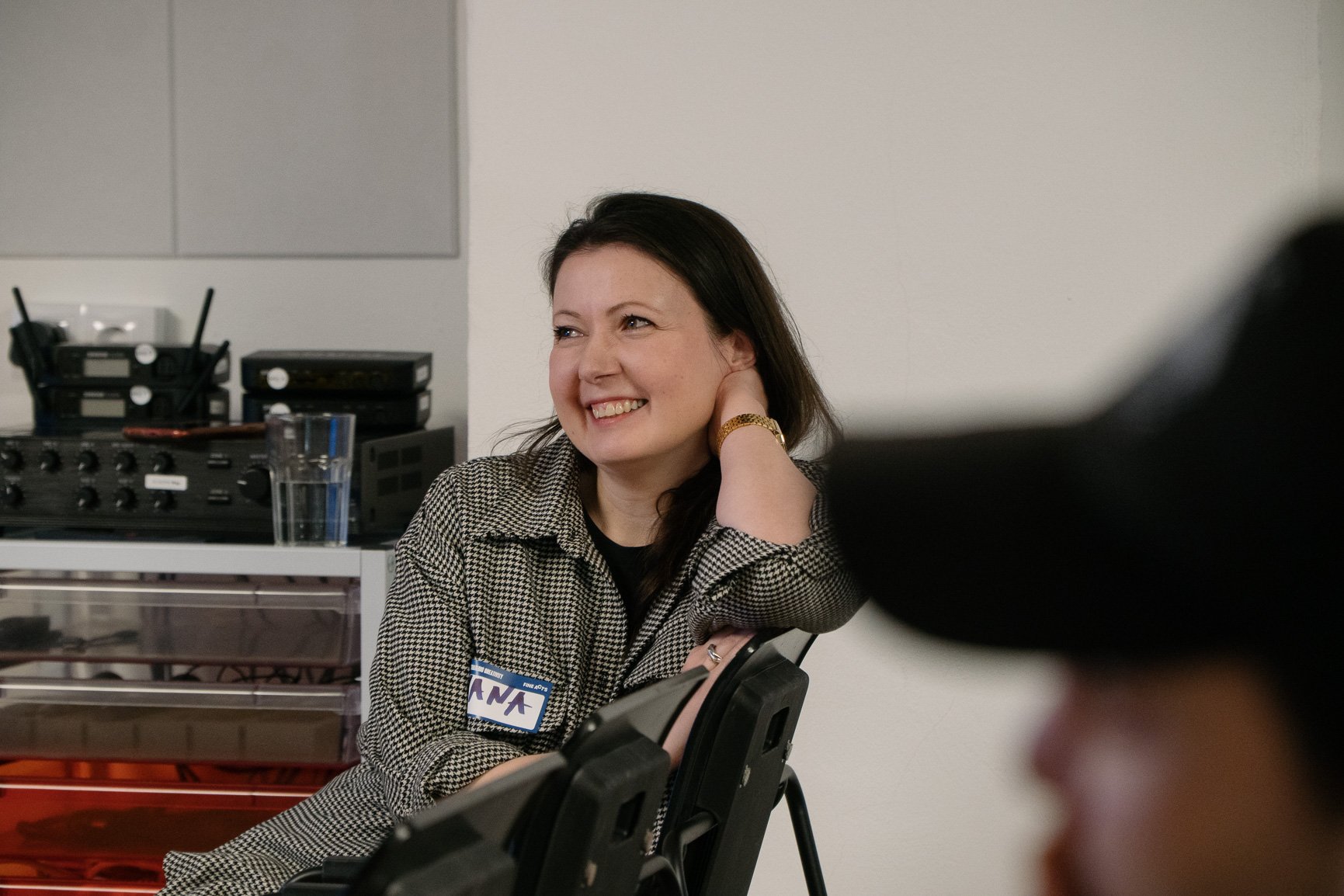
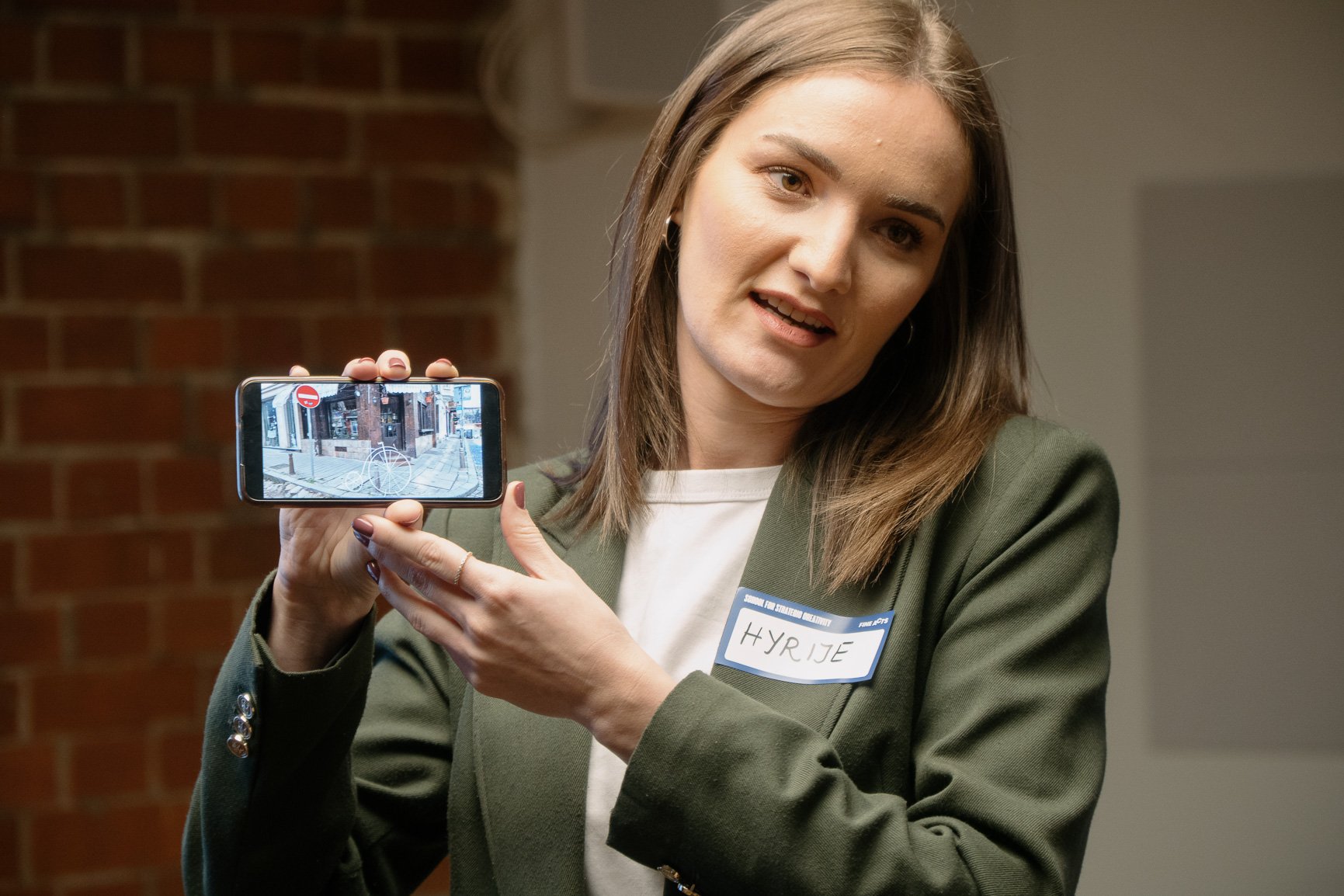
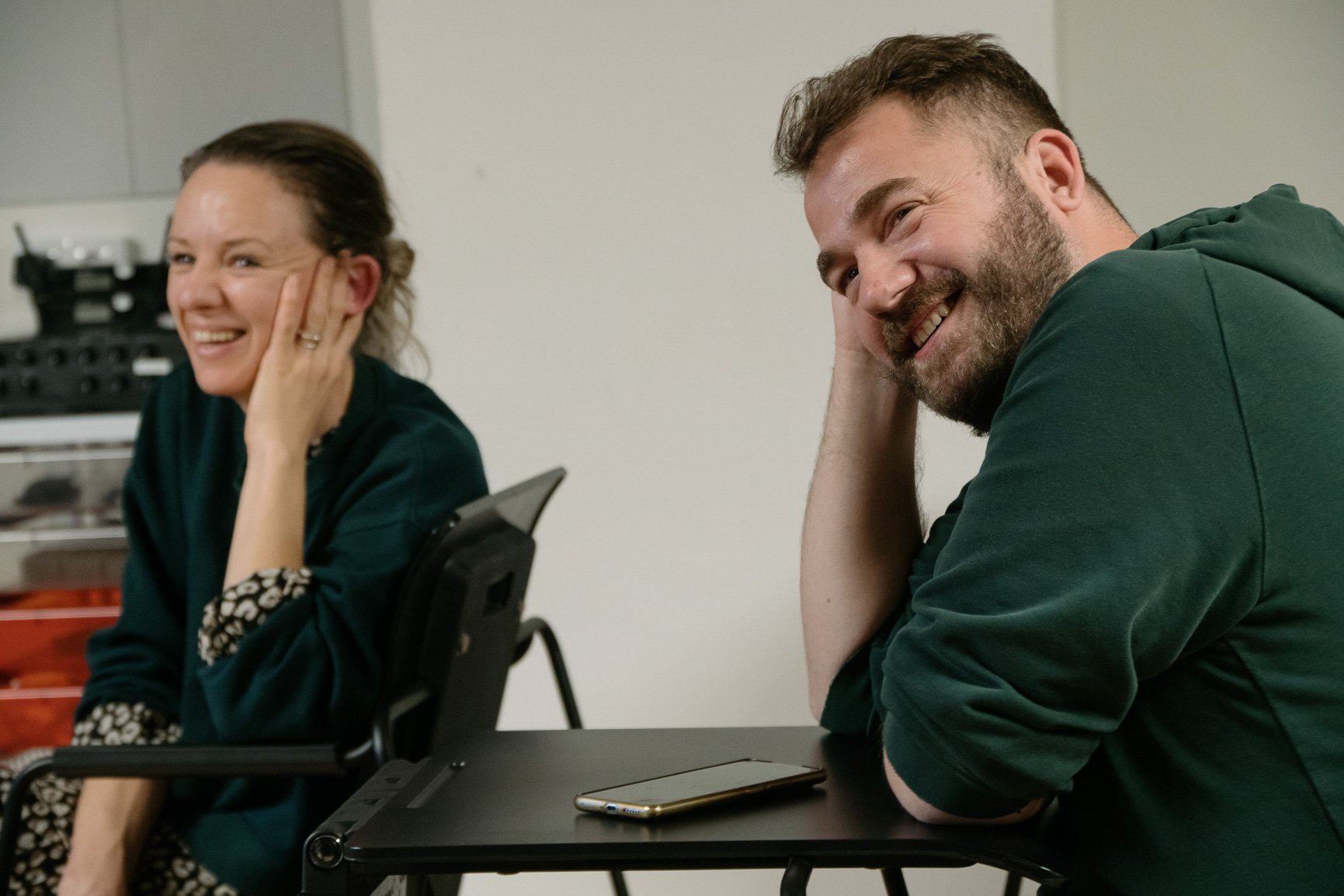
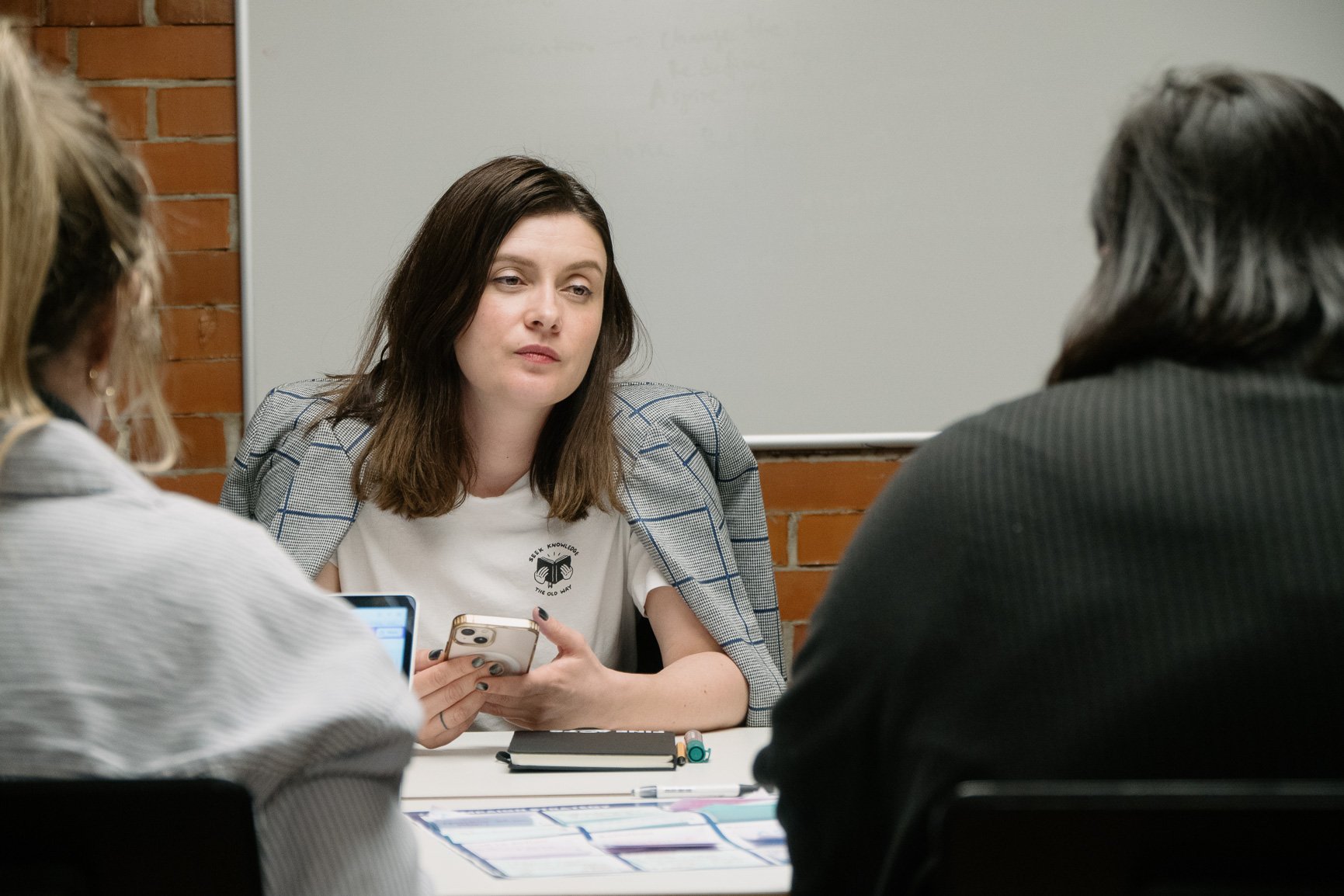
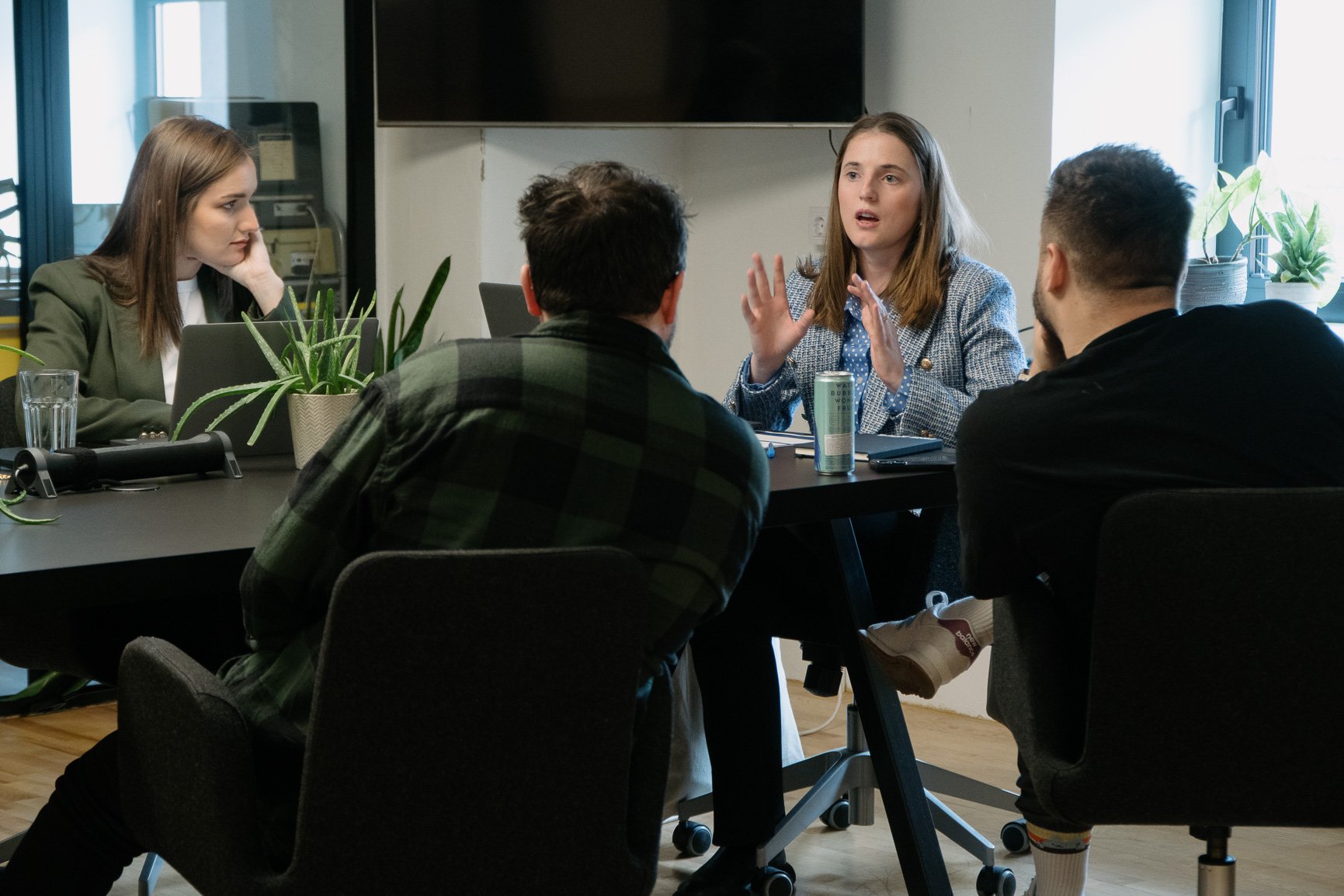
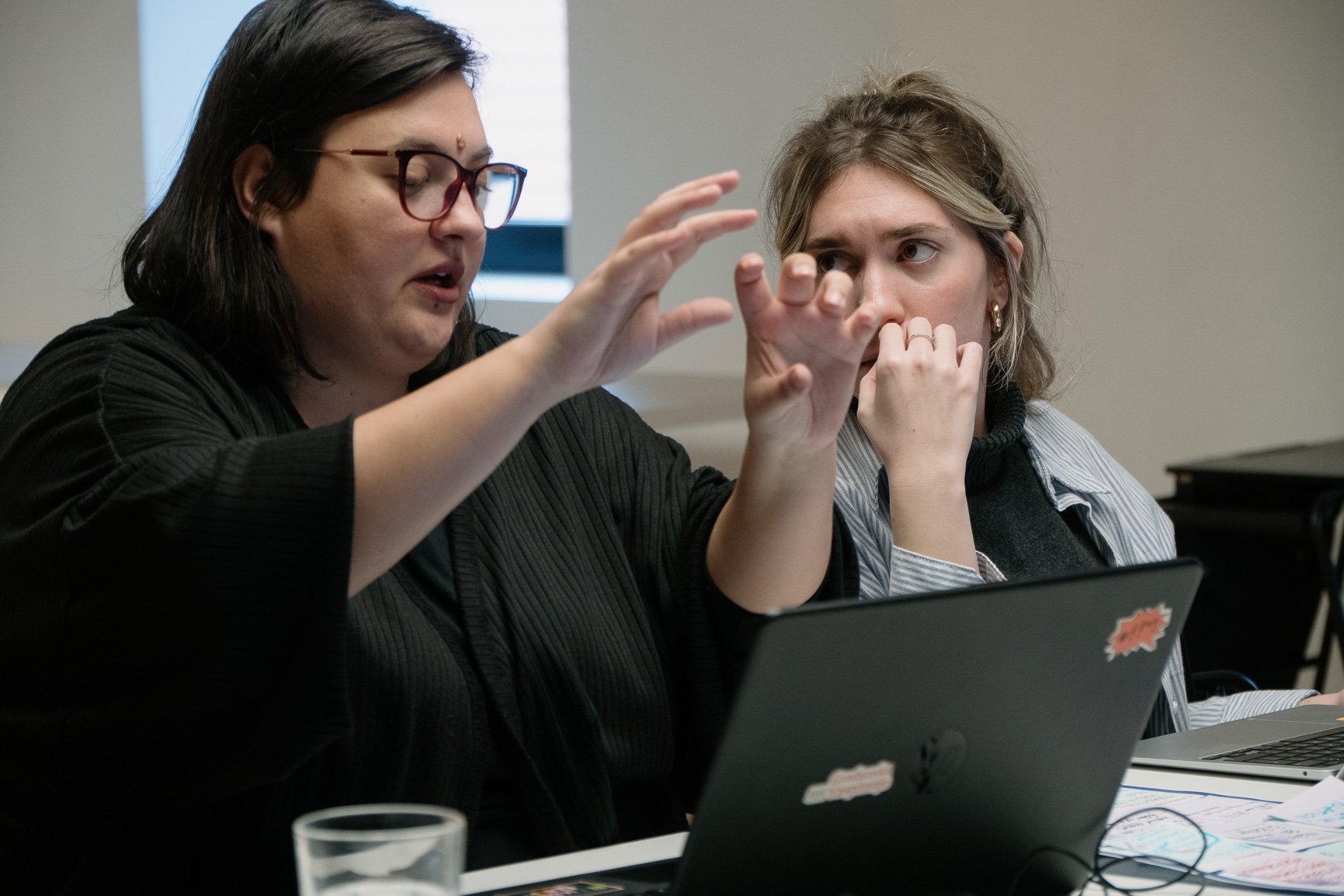
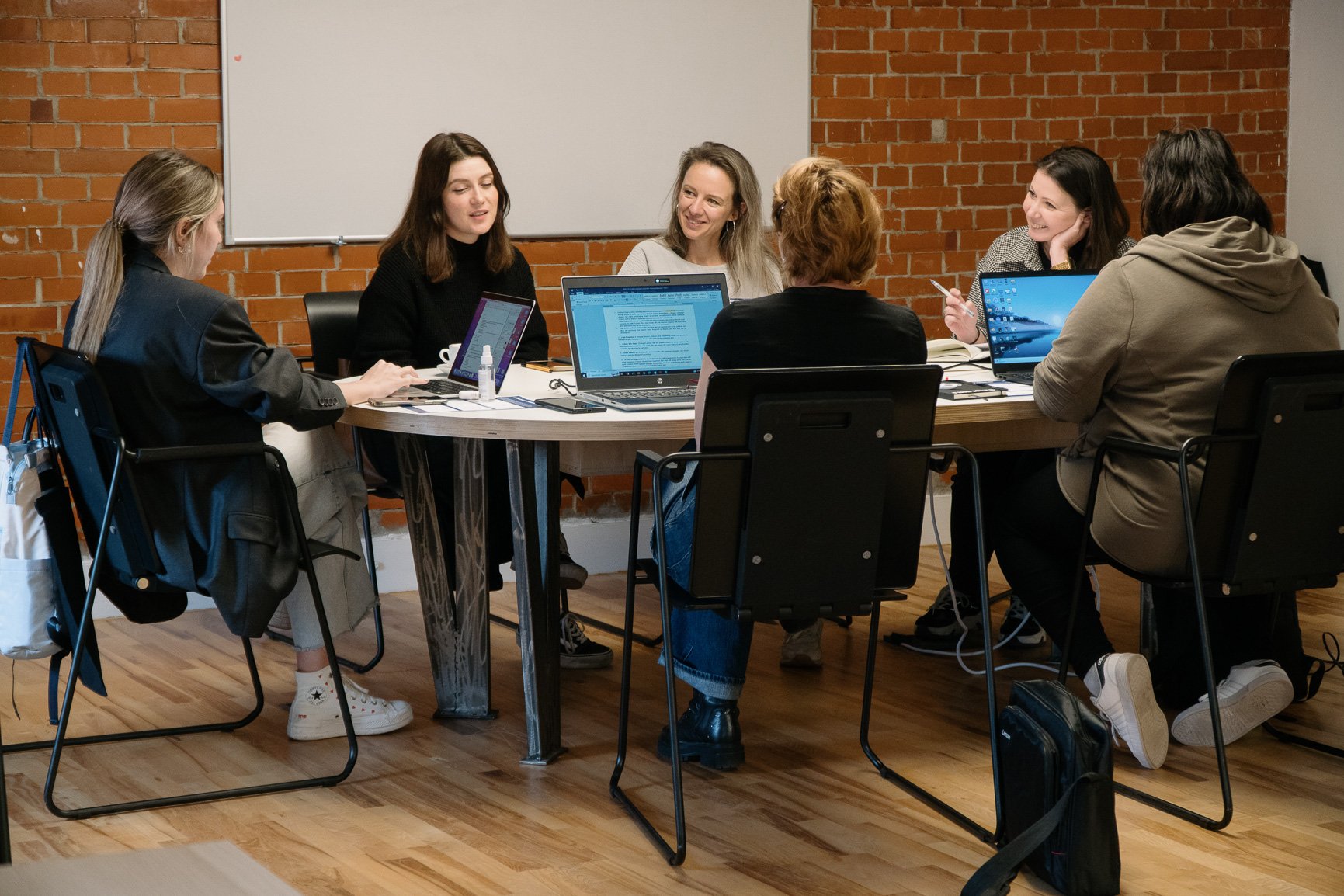
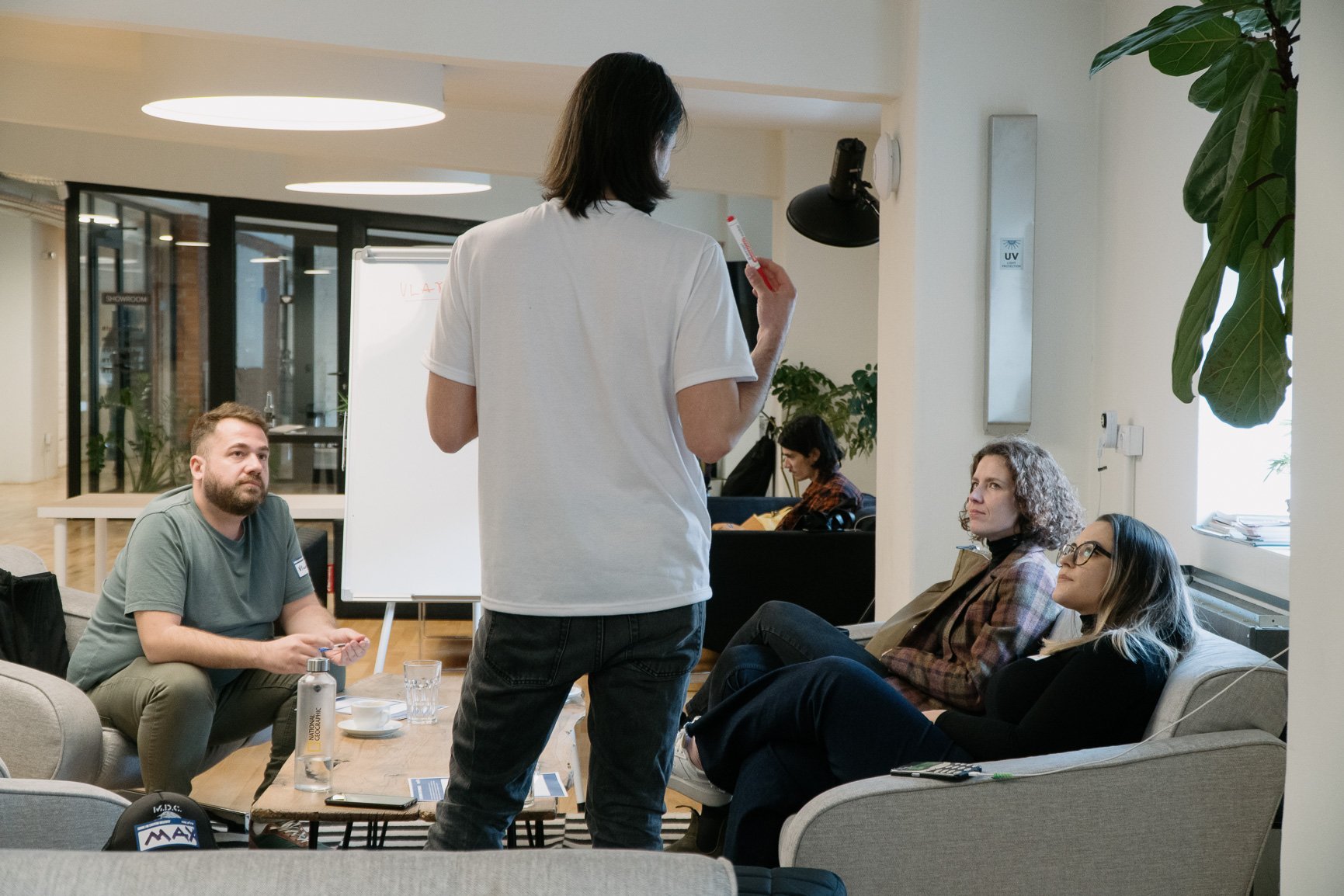
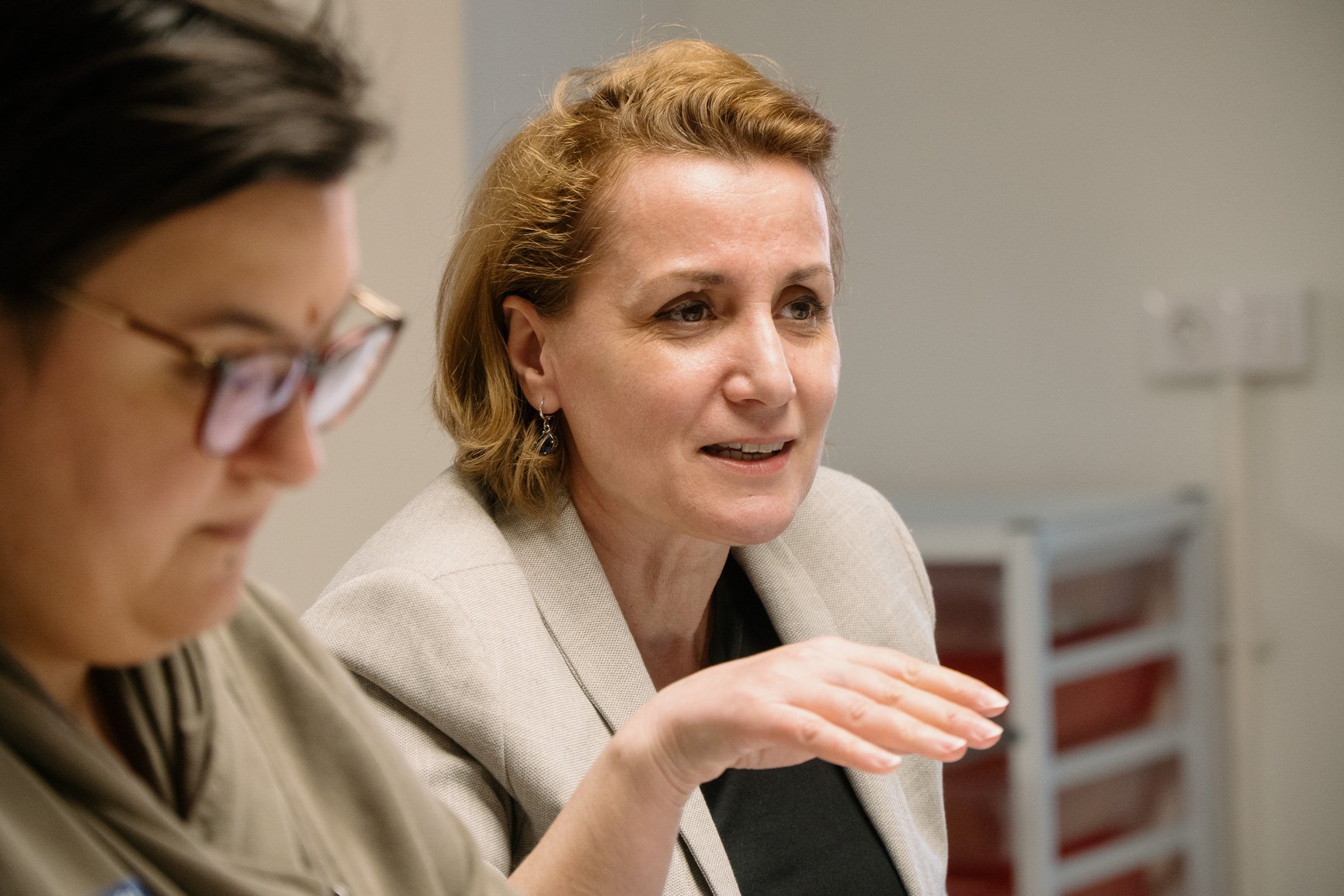


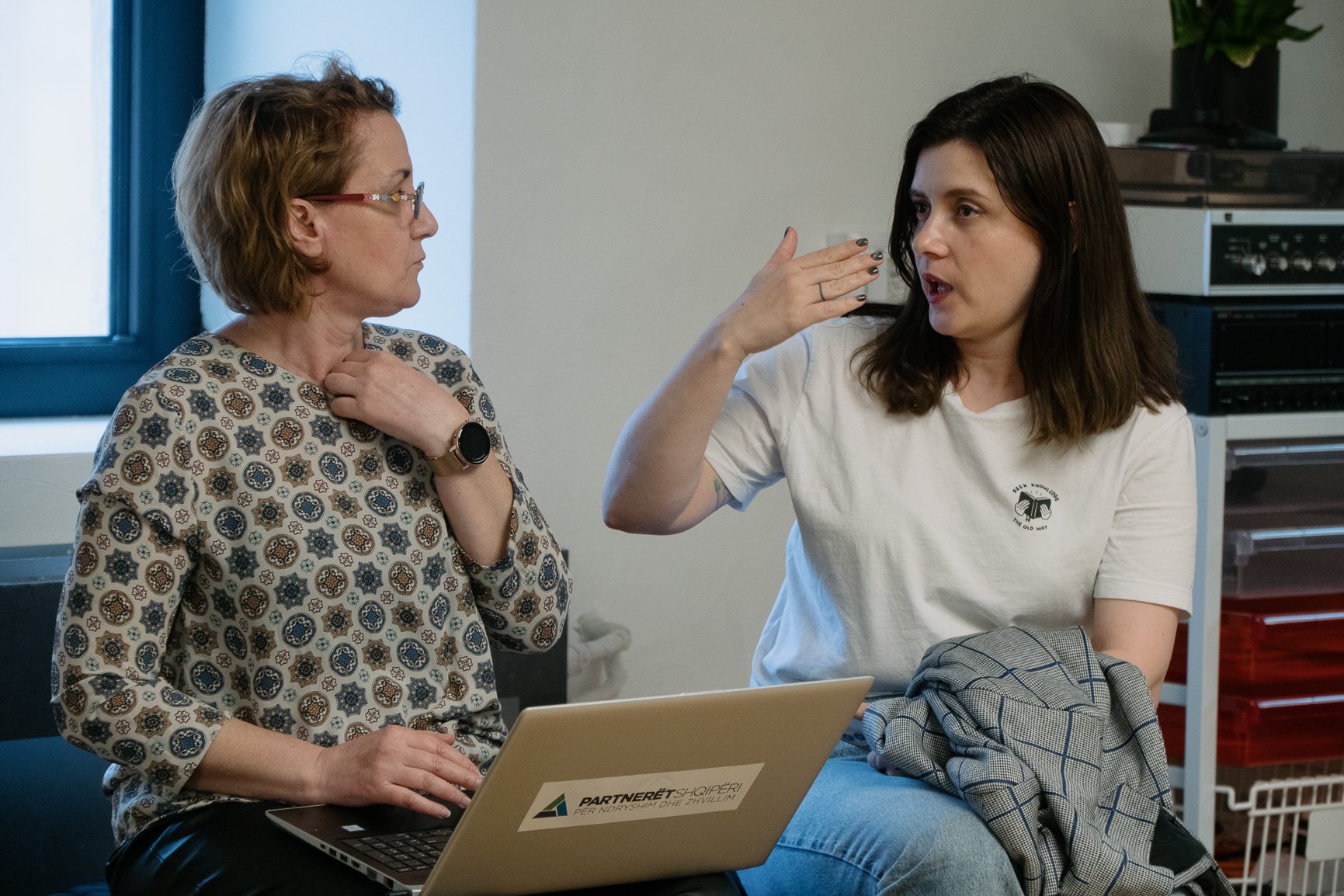

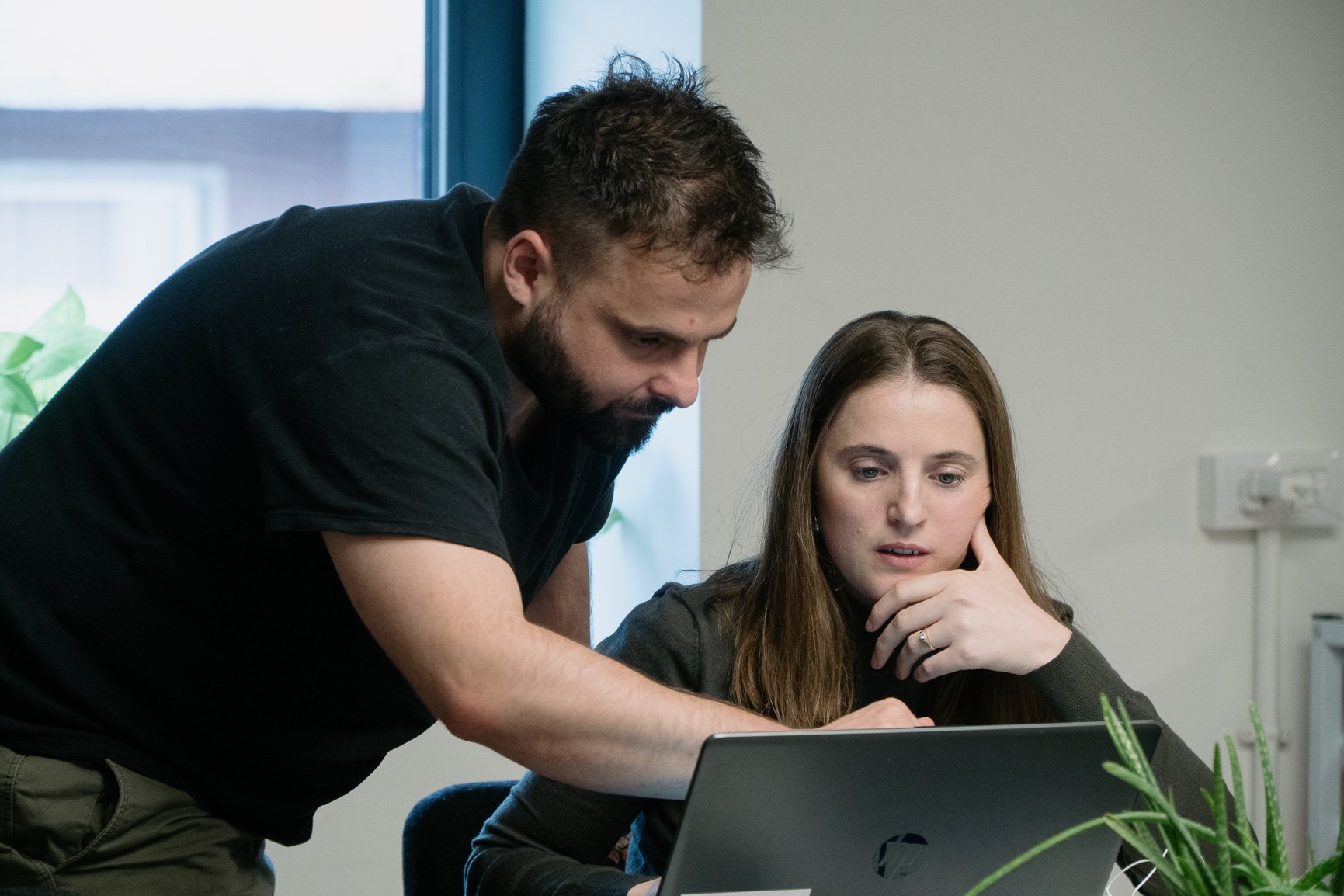
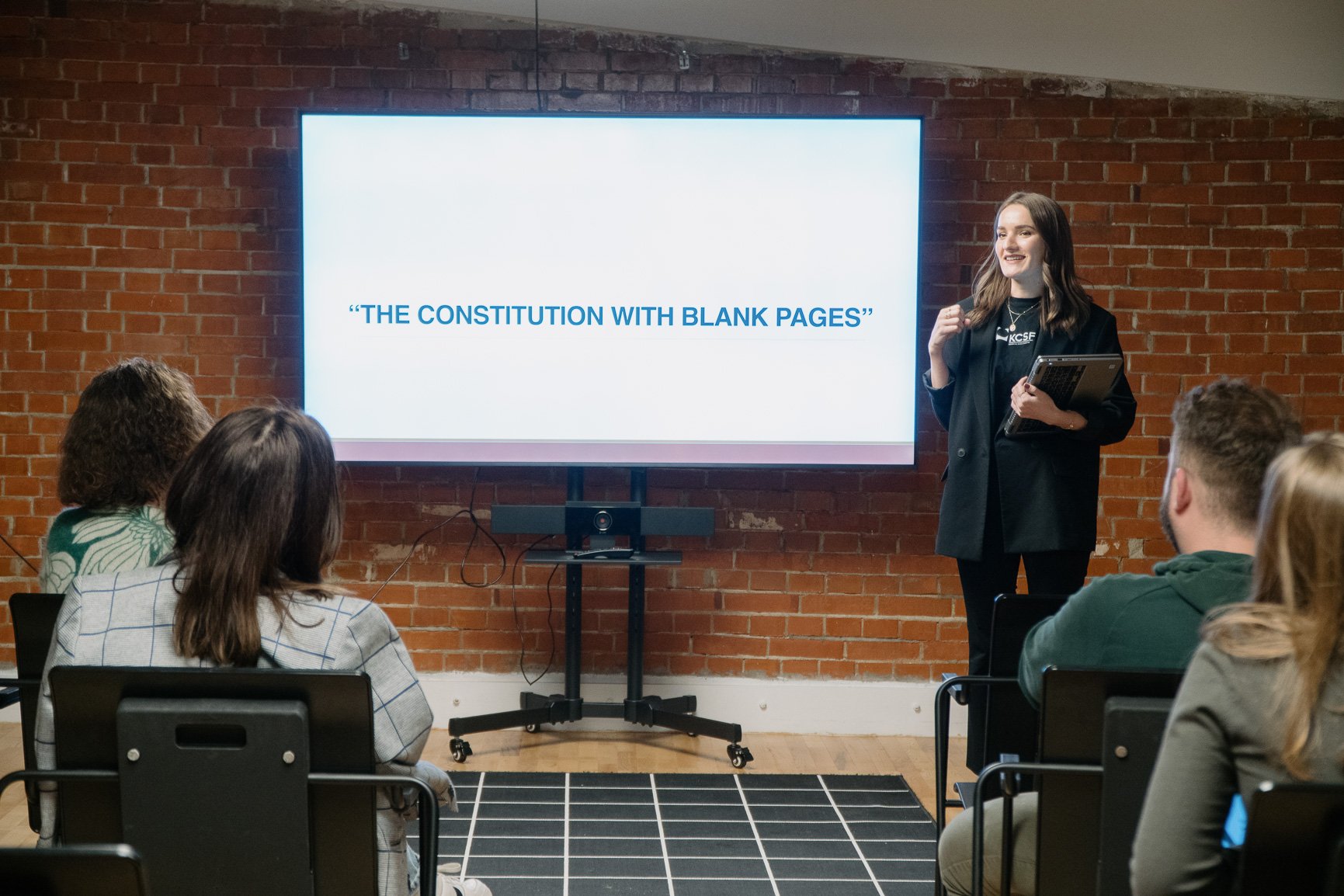
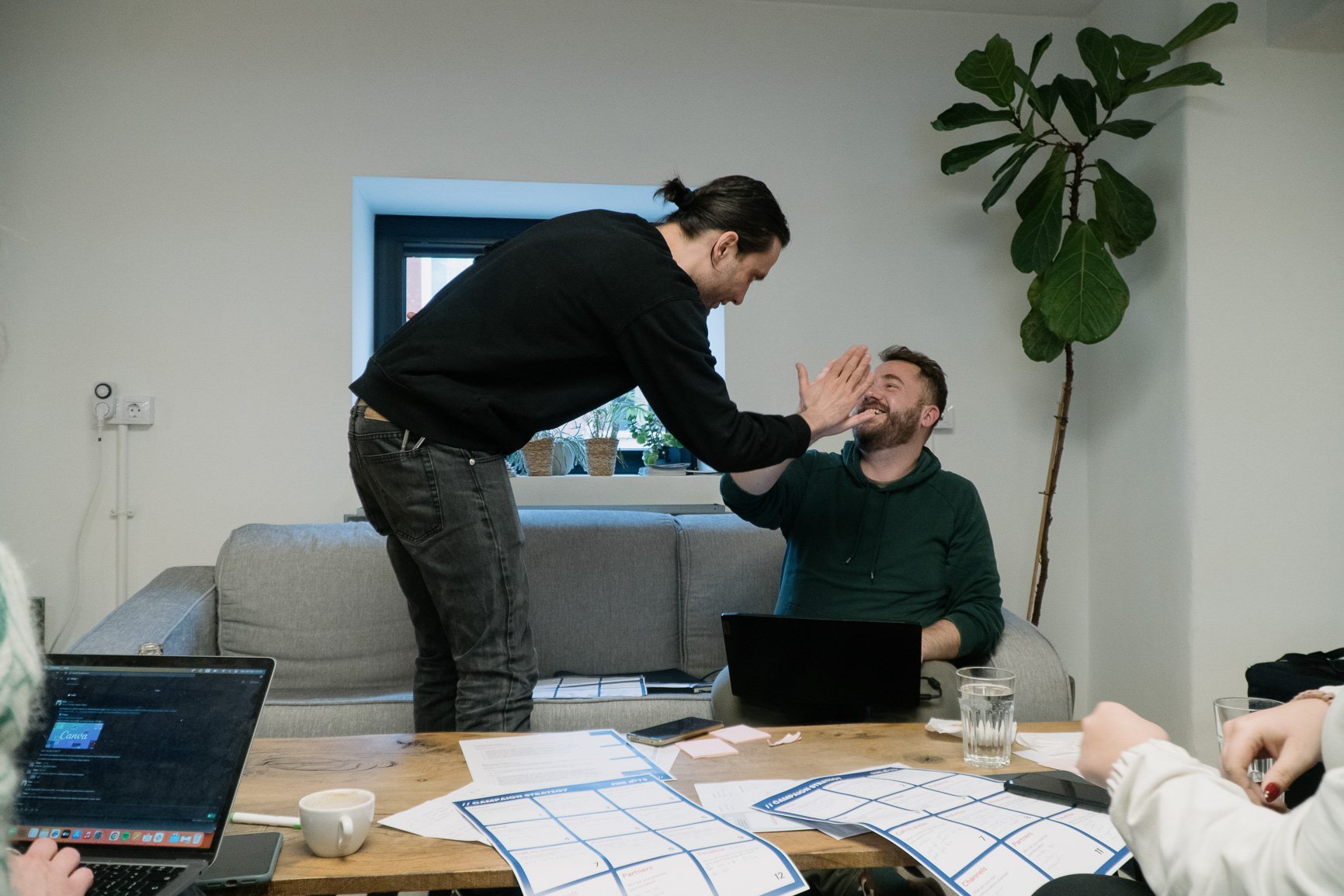
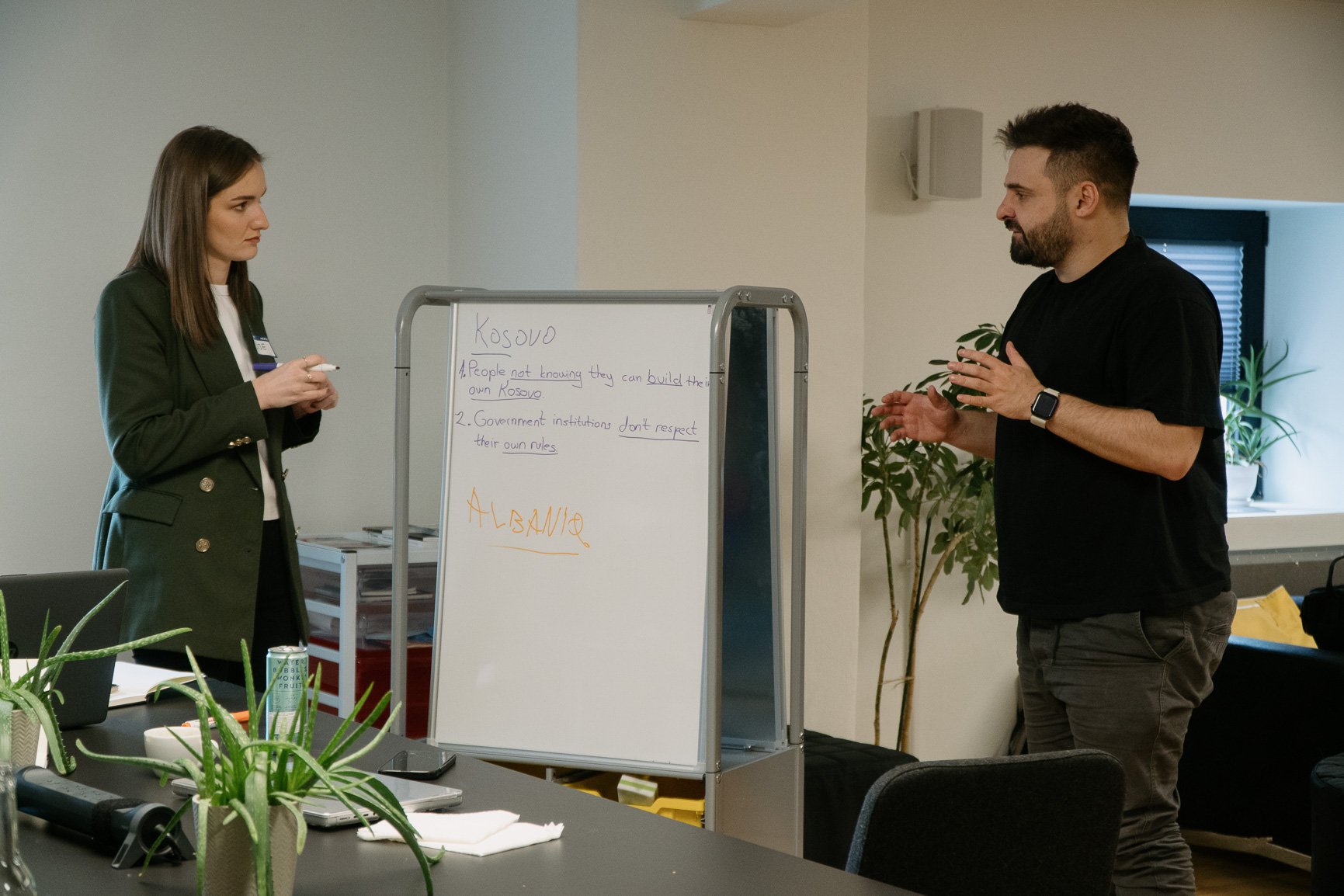
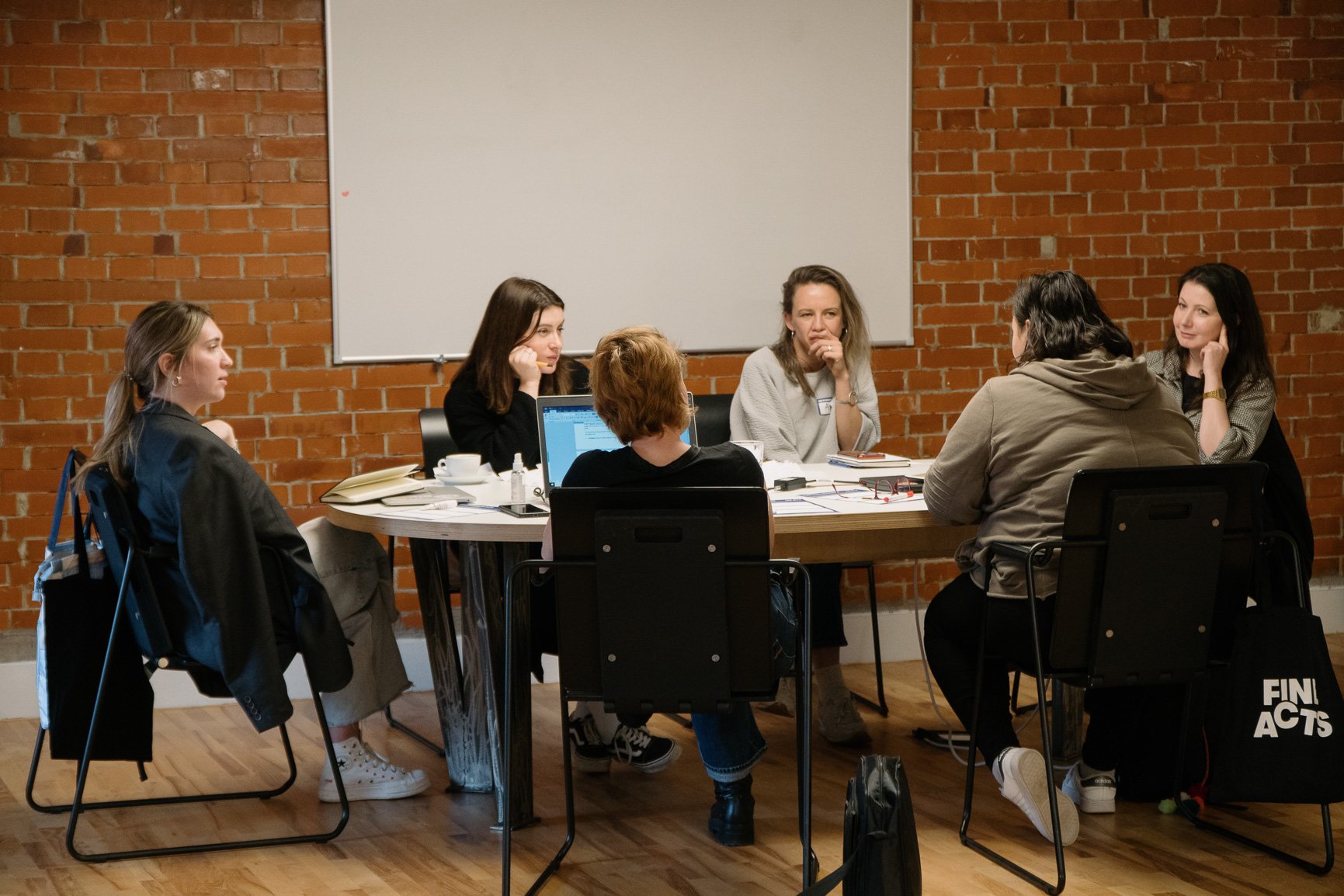
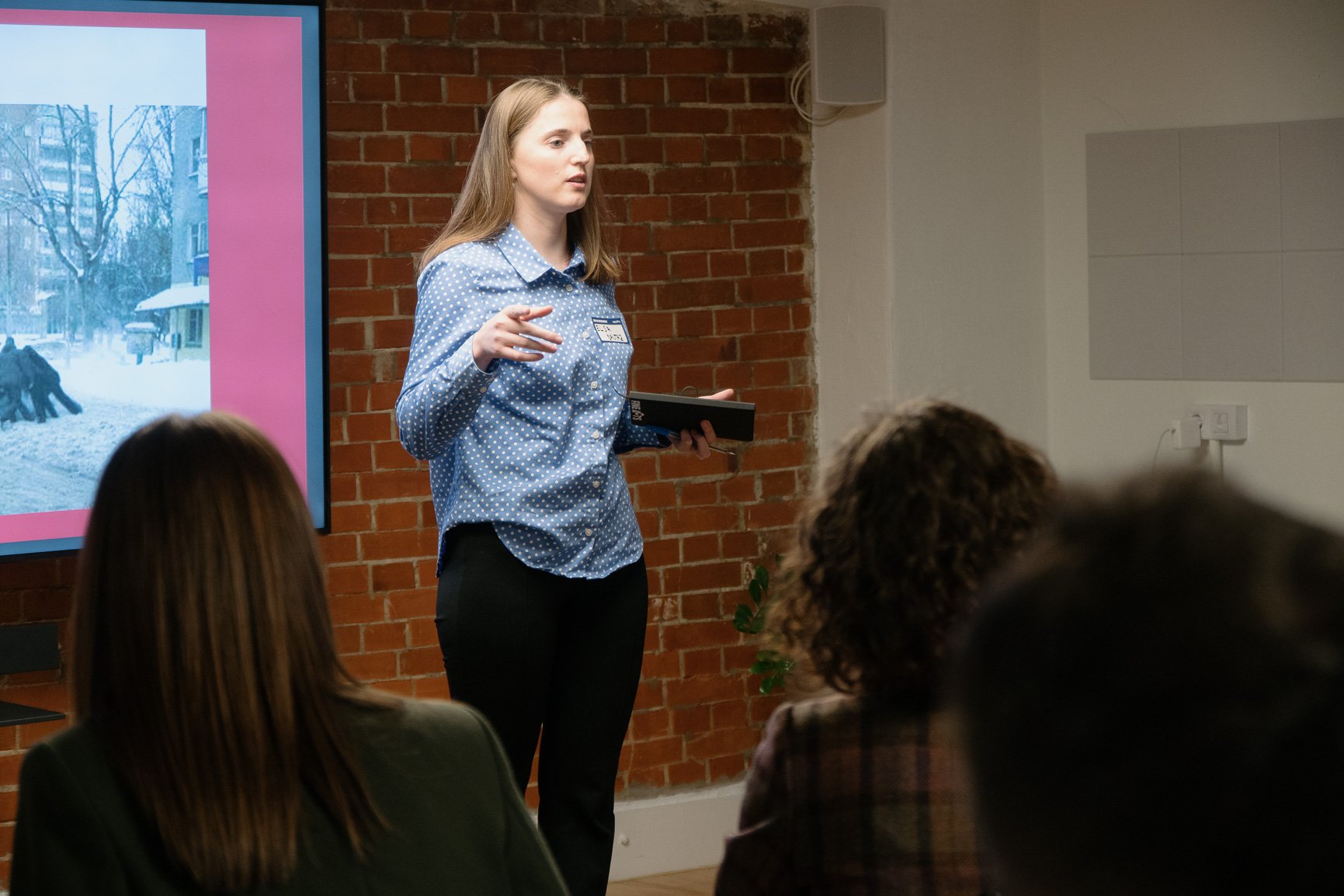
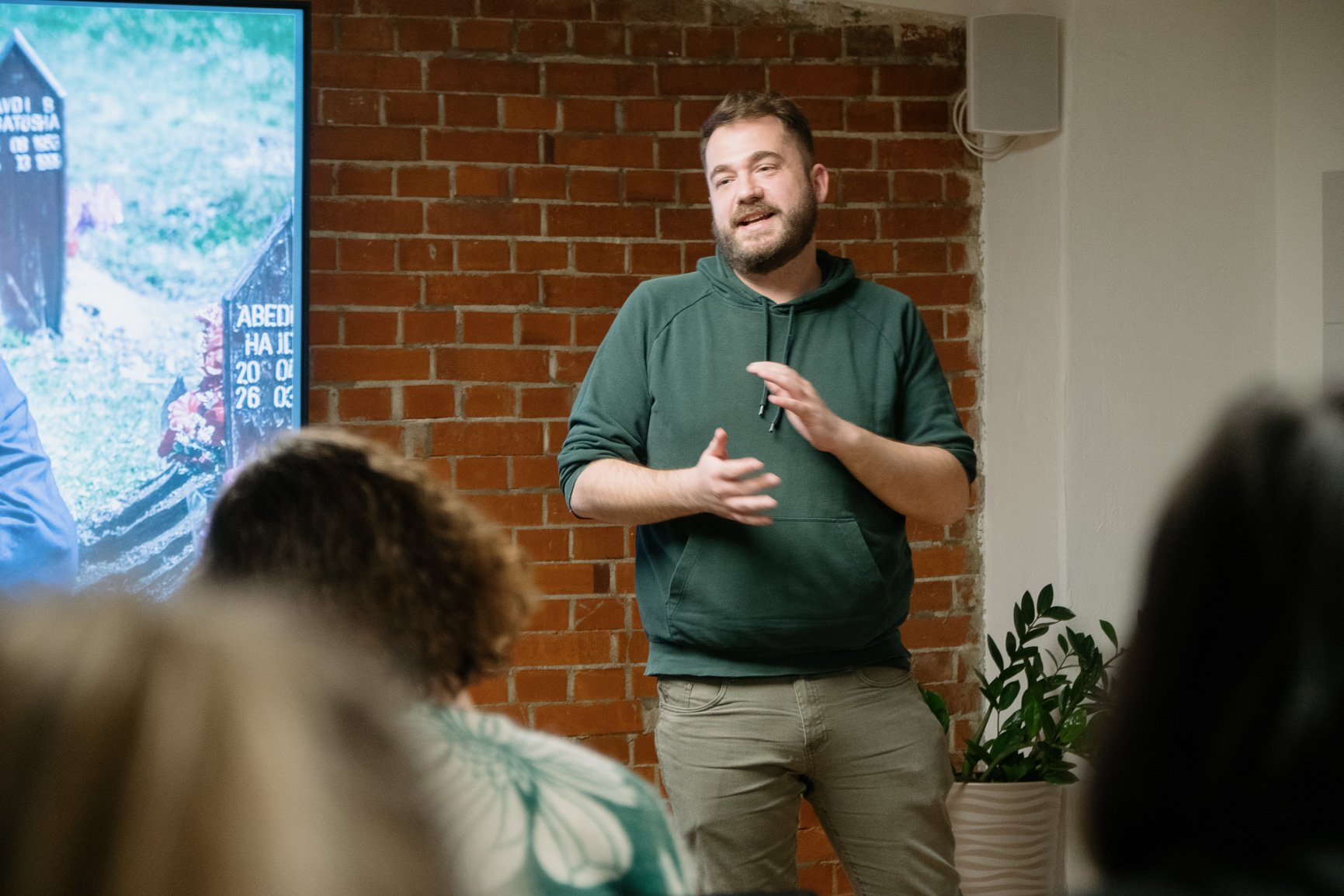
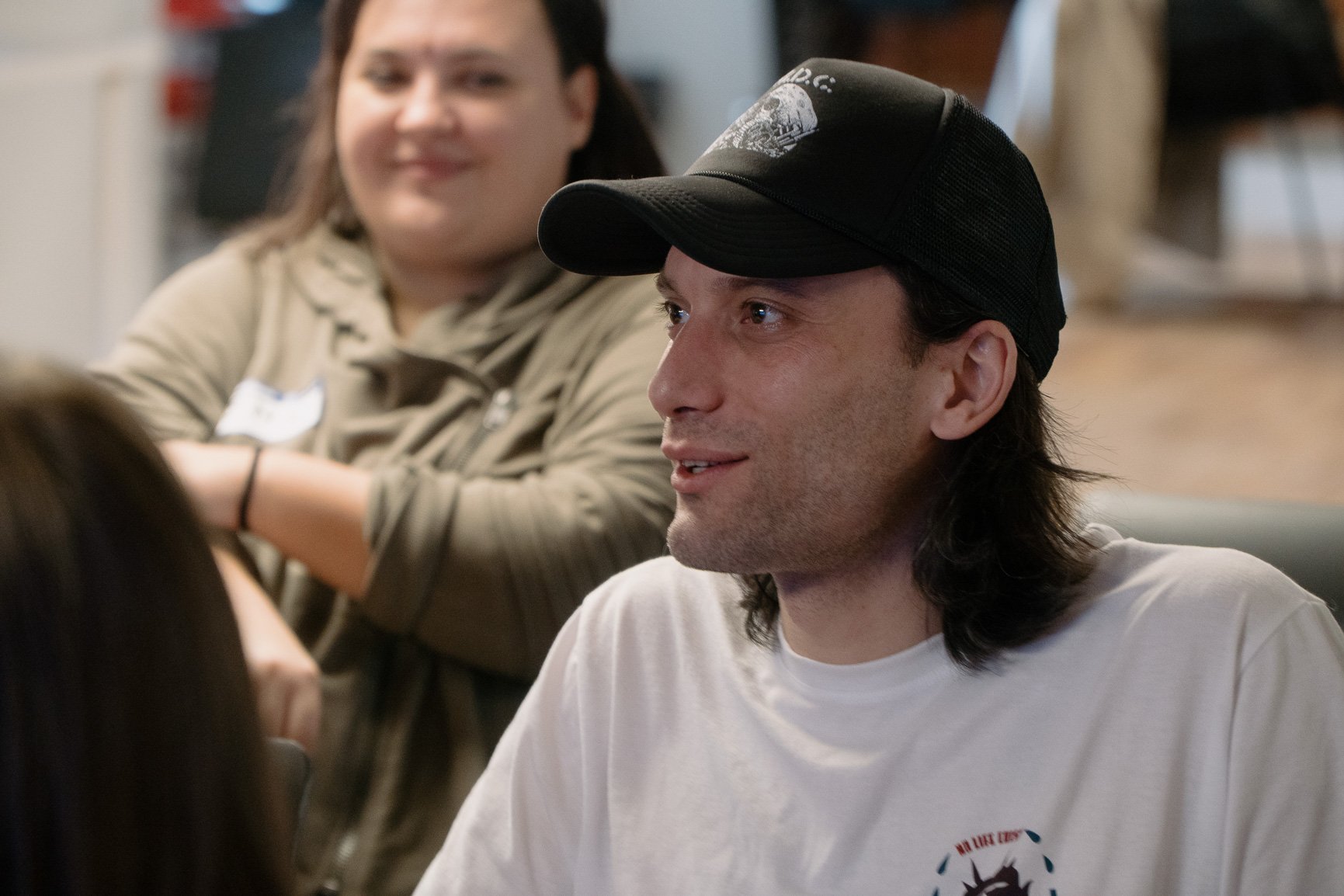
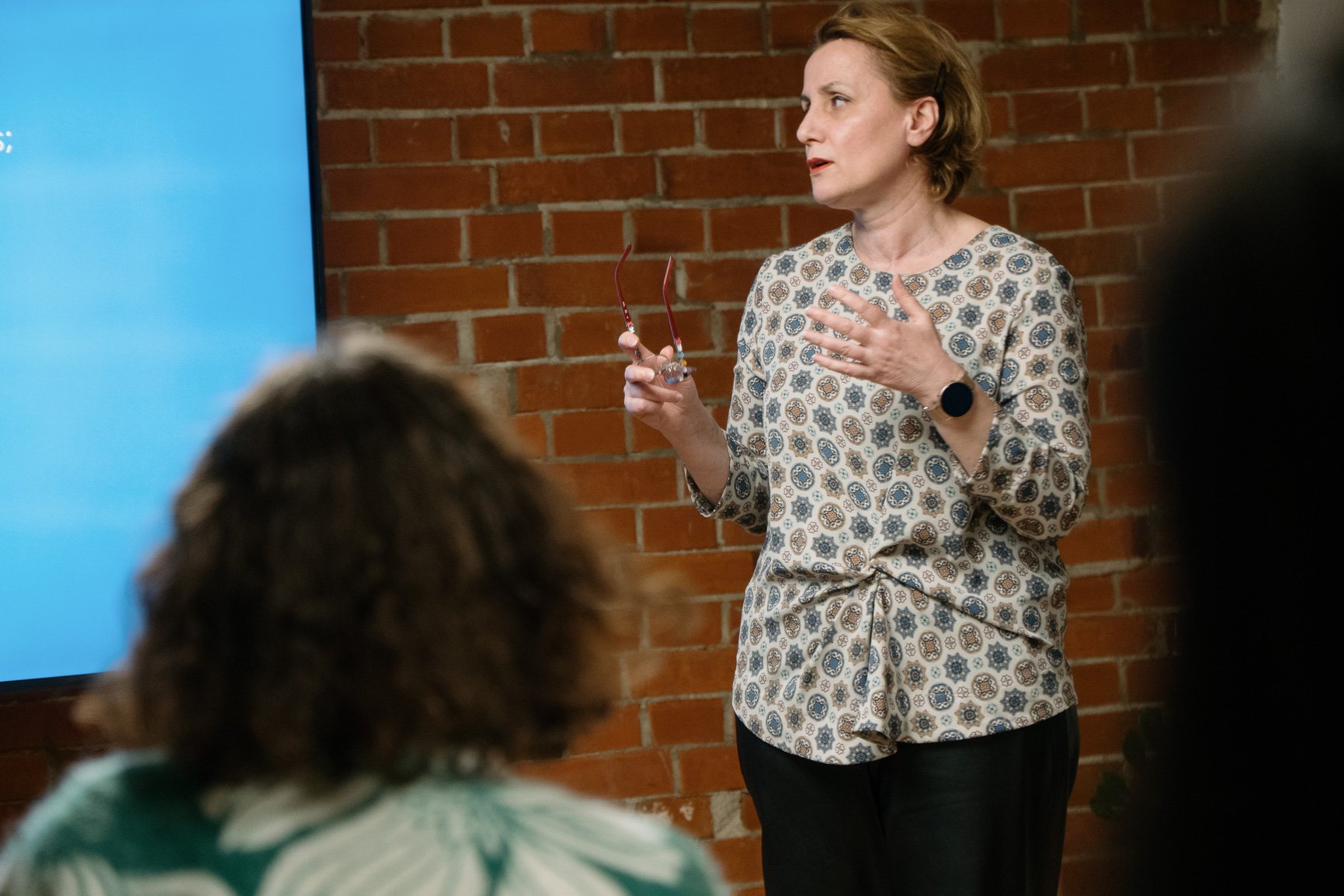
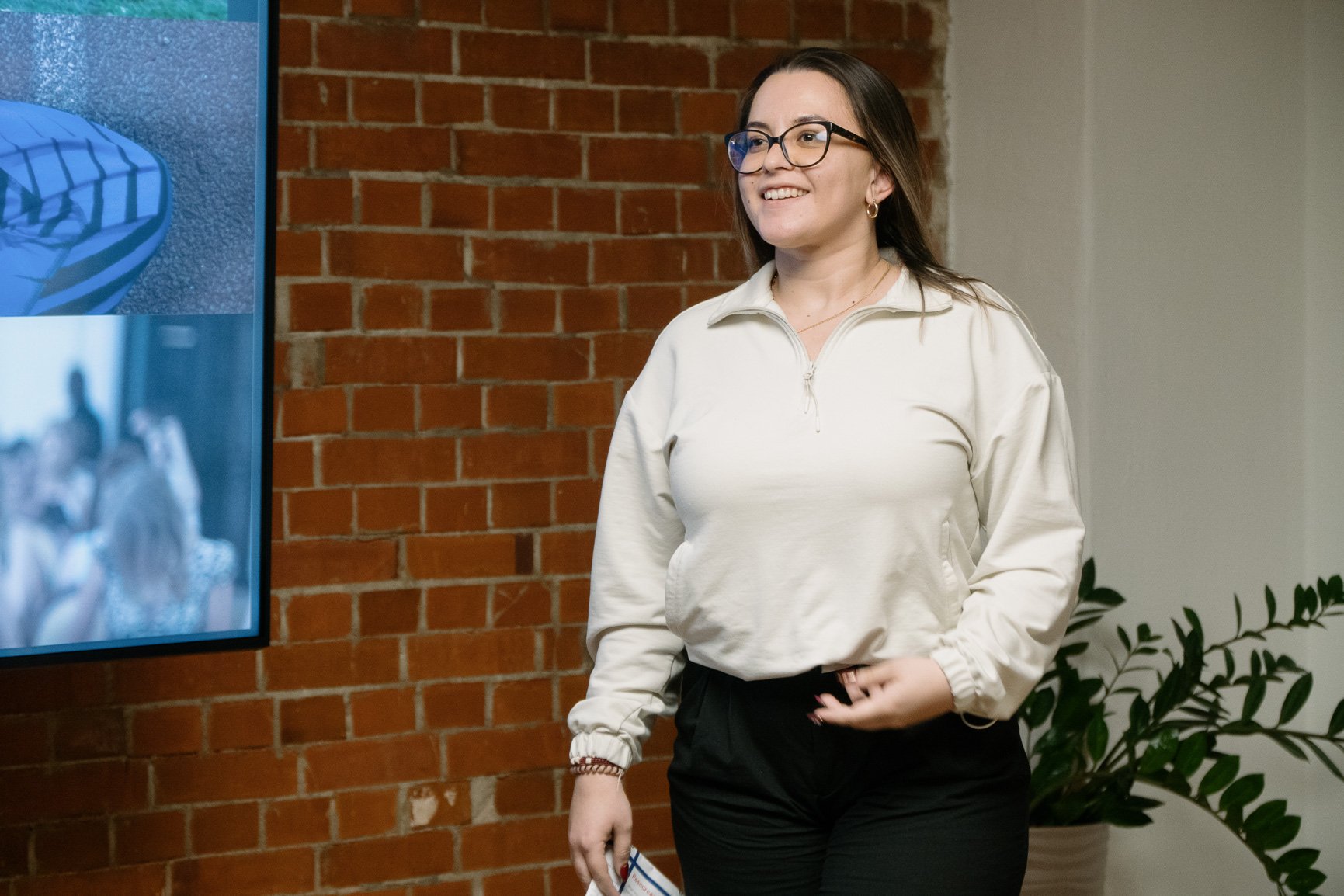
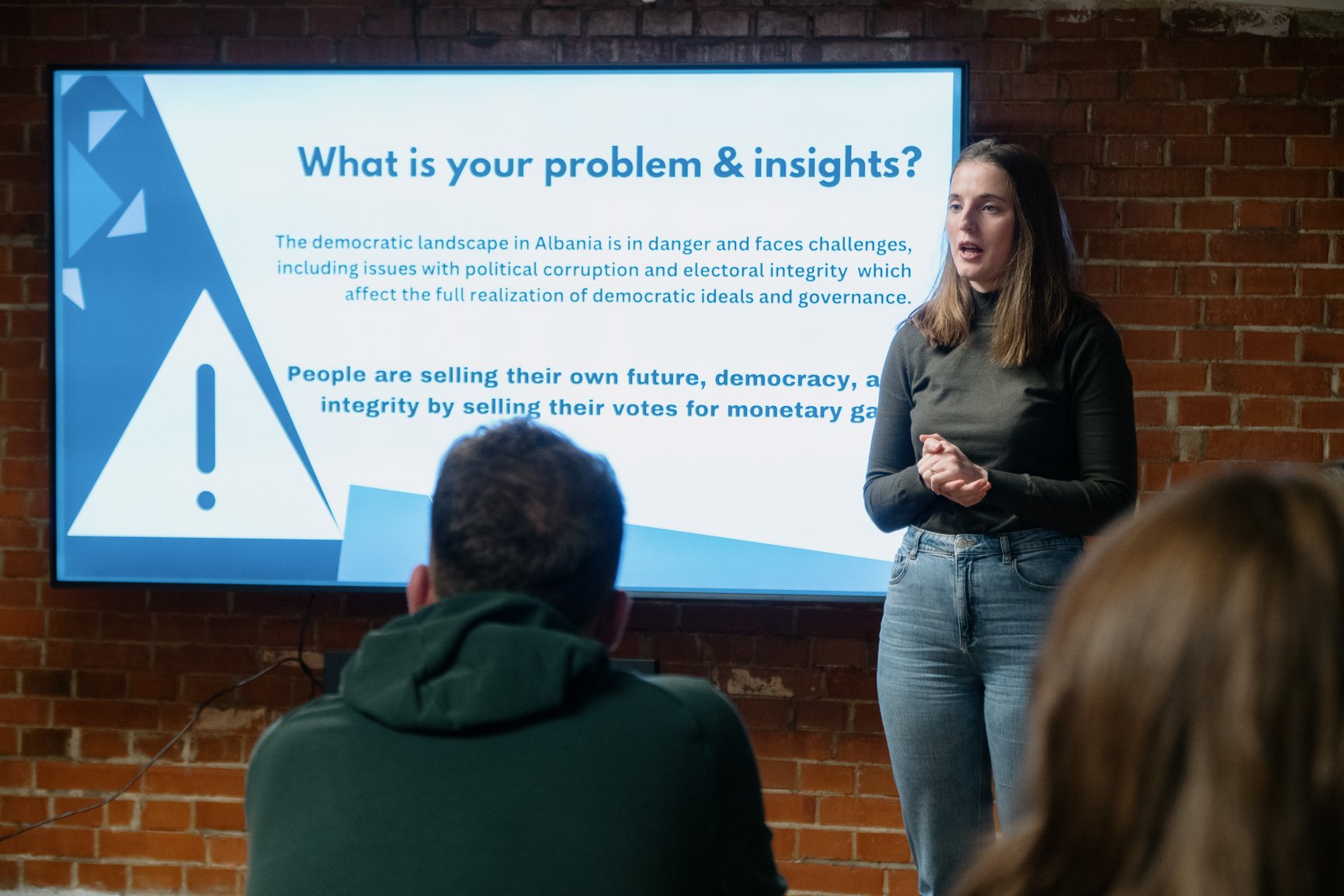
Over two intensive days, our bootcamp participants worked on problem definition, ideation and mapping out a sound campaign strategy. Guided by a pool of mentors and experts from the communications, human rights, advertising and creative fields, participants deep dived into brainstorming techniques and exercises to refine their ideas, embed creative hooks, and craft narratives and slogans, with the potential to engage citizens.
“The most valuable aspect was the approach The School offered us with plenty of research-based resources, tools, and artistic and commercial references we can immediately put into practice.”
This third in-person module served as a culmination of the training program, allowing participants to put theory into practice under the guidance of experienced professionals.
In between the modules, participants also received tailored individual 1:1 consultations regarding campaign ideas, social media strategy, communications etc. In the weeks after the event in Sofia, the participants of the School were also offered the opportunity to be further mentored by Fine Acts, and the external experts, through dedicated online consultations.
“Attending The School for Strategic Creativity was genuinely an unforgettable experience for me, significantly broadening my horizons and offering new perspectives on the utilization of artistry and activism. Previously, I hadn’t considered the practical application of art in everyday work—at least not in my current role—but this program has entirely reversed my outlook. The structure of the school itself was exceptional, and we were well-equipped with theoretical knowledge before diving into practical work, which led me to discover many new things.”
Fine Acts' School for Strategy Creativity provided civil society organizations in the Western Balkans with invaluable tools, knowledge, and mentorship to enhance their strategic communication capacity, effectiveness and visibility. "Art and creativity can bring us inspiration and motivation when everything else fails, and it can be the moving force to keep us going even when we think it is impossible," shared Ema.











